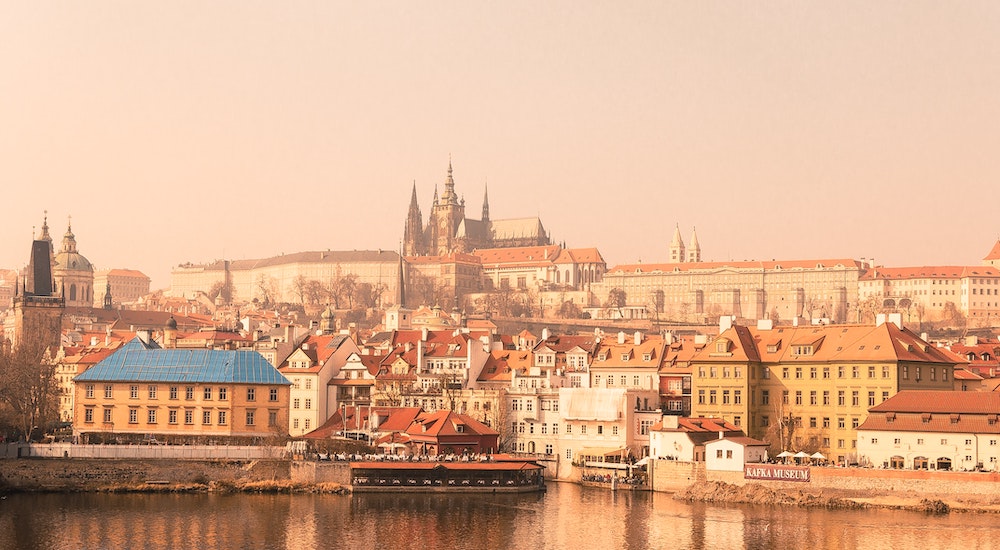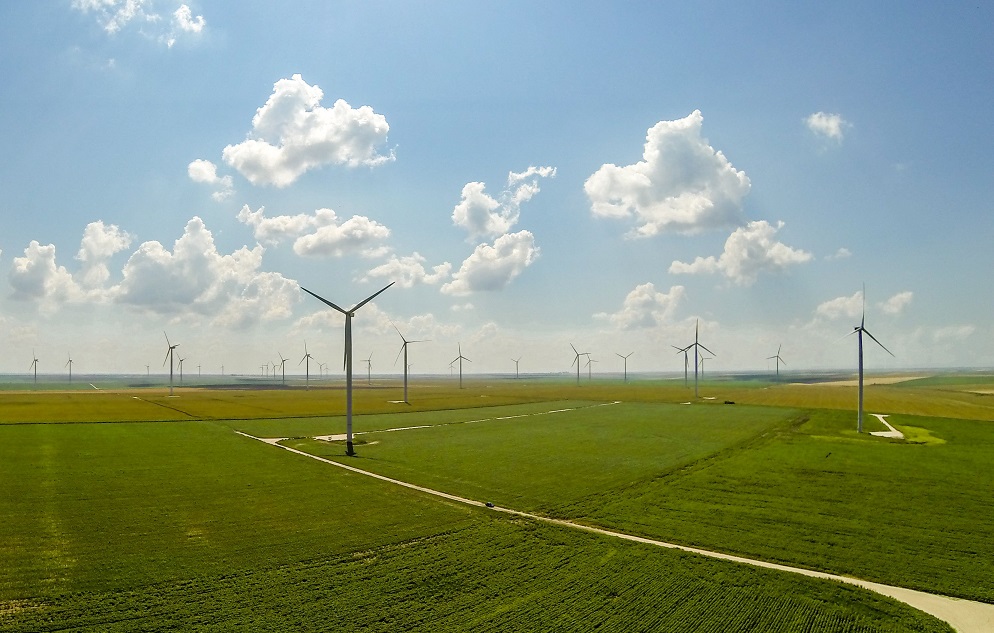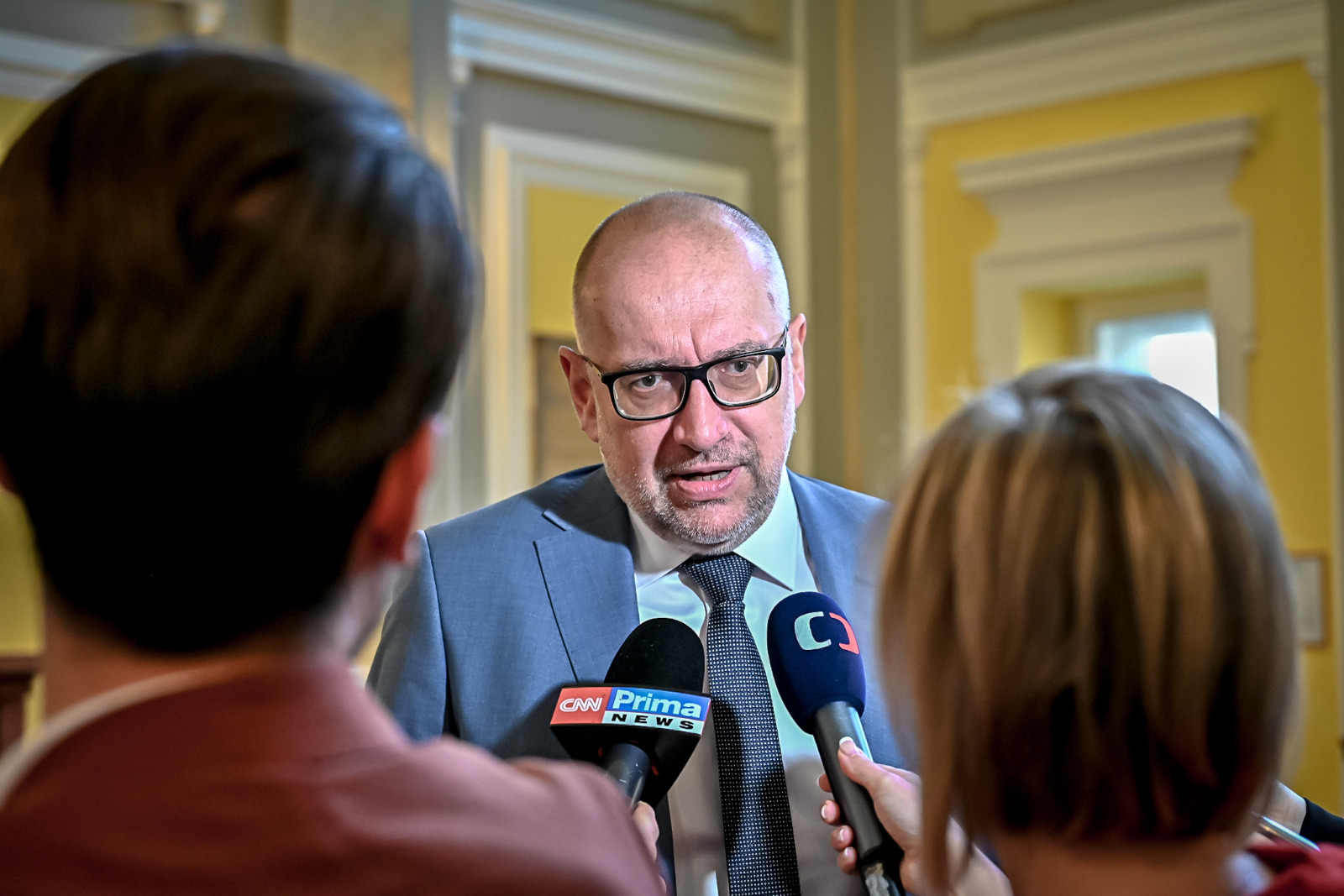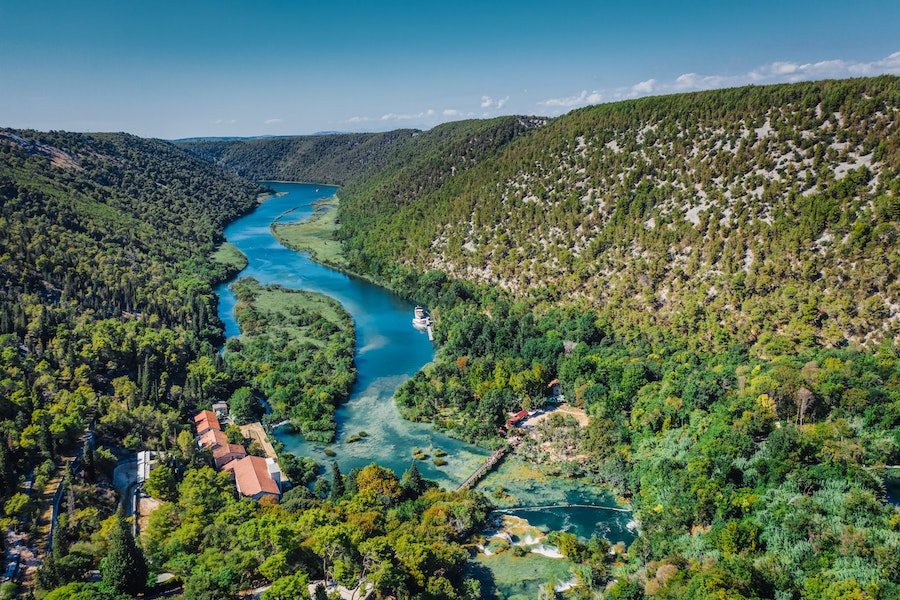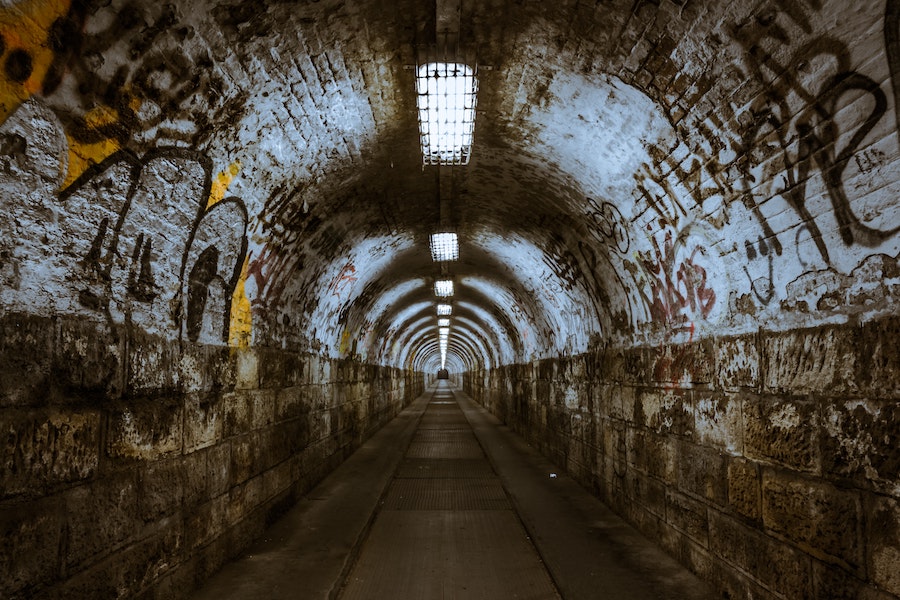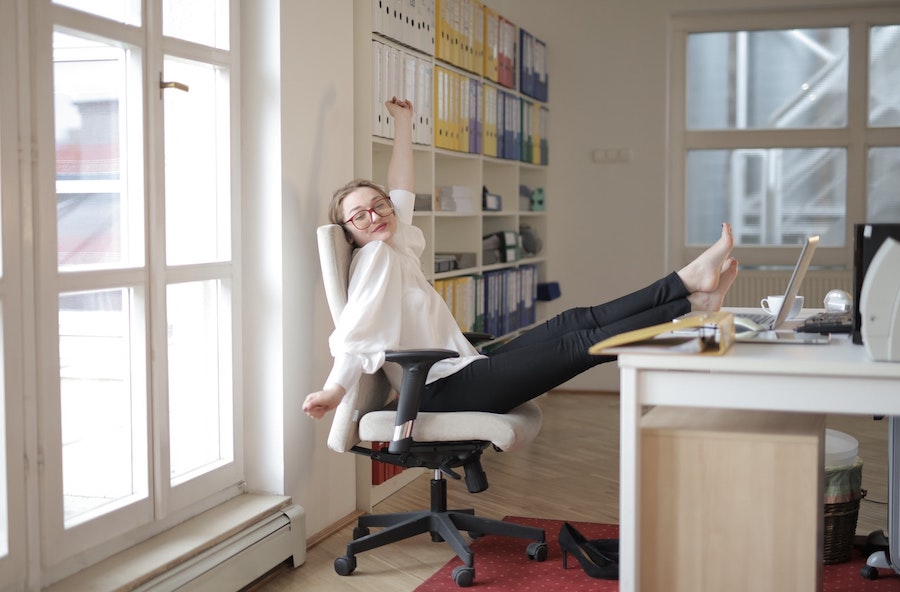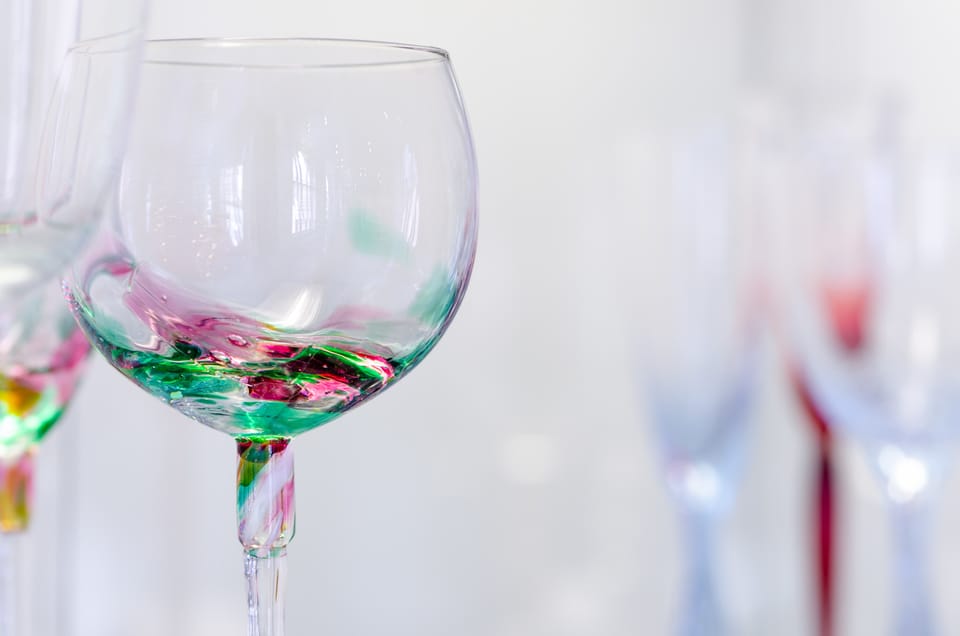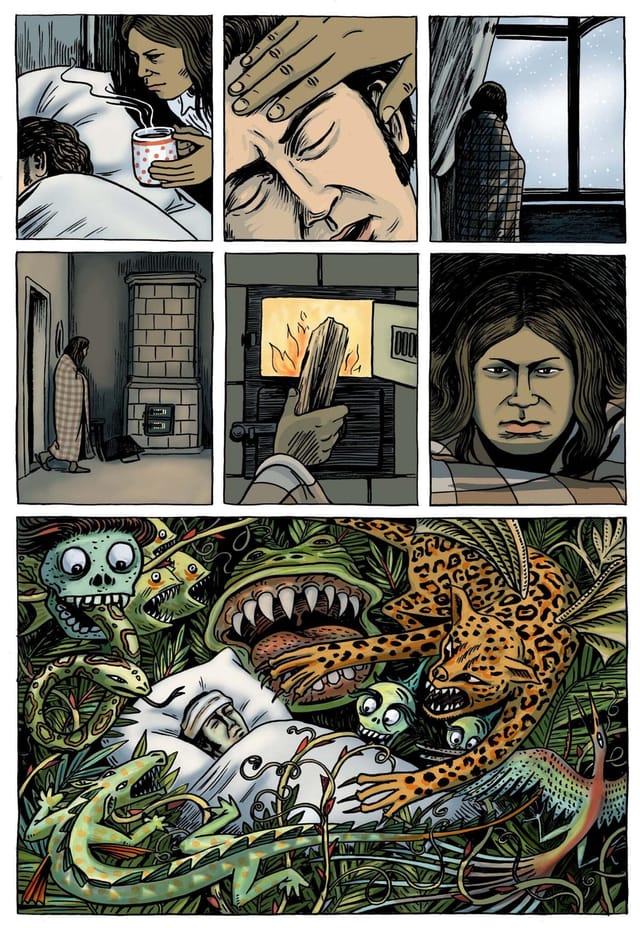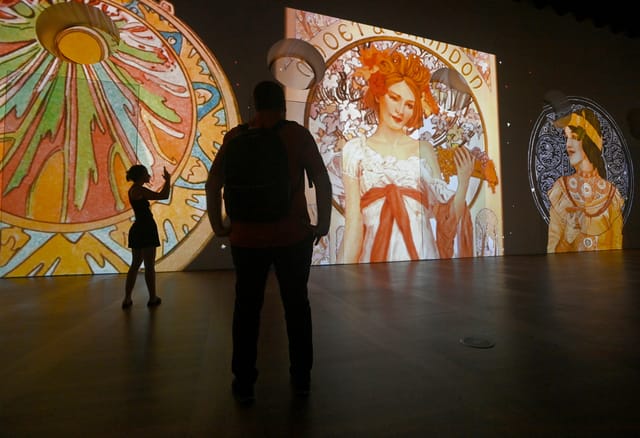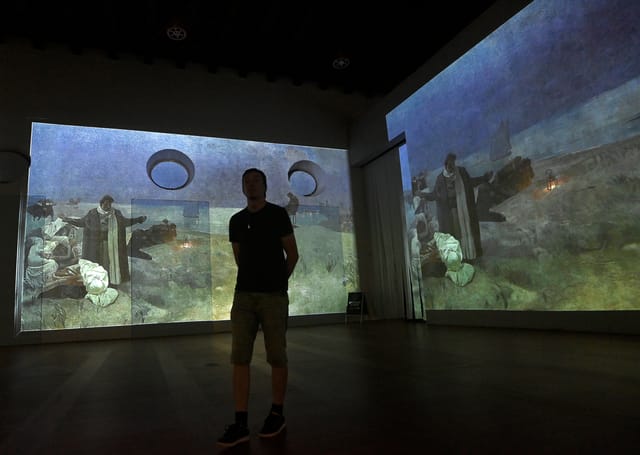
International Institute for Middle East and Balkan Studies (IFIMES[1]) from Ljubljana, Slovenia, regularly analyses developments in the Middle East, the Balkans and around the world. Dr Mohamad Zreik, PhD of International Relations prepared analysis entitled “Contemporary Saudi-Egyptian Relations: Challenges and Opportunities” about the relations between Saudi Arabia and Egypt.
Contemporary Saudi-Egyptian Relations:
Challenges and Opportunities
The recent visit of Egyptian President Abdel Fattah Al-Sisi to Riyadh in March 2022 and meetings with the Saudi King and other authorities placed Egypt and Saudi Arabia’s relationship back into focus because of their issues and challenges. Egypt and Saudi Arabia’s official and media rhetoric refers to “Iranian, Turkish, and Yemeni threats” to the region’s security, stability, sovereignty, and interests.
Saudi Arabia supported Egypt’s independence and the withdrawal of British forces when they signed a treaty of friendship in 1926. A Defense Agreement was formed and signed between the two countries in 1955. Saudi Arabia backed Egypt during the 1956 aggression. During the October 1973 battle Saudi Arabia provided Egypt’s forces in Sinai with oil support.
Historical Background
After the United States reneged on its pledge to build the High Dam, Saudi Arabia stepped in to support Egypt with a gift of $100 million on August 27, 1956. Until the October 1973 conflict, Saudi Arabia supported Egypt by suspending oil supplies to the United States and Israel in support of Egypt. Prince Sultan bin Abdul Aziz also visited a trench in Egypt. Saudi Arabia severed diplomatic ties with Egypt on April 23, 1979, following the signing of the Camp David Accords. Former Egyptian President Hosni Mubarak and Saudi King Fahd bin Abdulaziz resumed diplomatic ties in 1987 after decades of estrangement.
Saudi Arabia stood by Hosni Mubarak after the revolution in Egypt on January 25, 2011. Mubarak received a phone call from Saudi Arabia’s King Abdullah bin Abdulaziz, who offered his support and condemned the demonstrations. He also lauded the army’s role in the orderly transition of power following Mubarak’s departure, although ties were tense.
Saudi Arabia supported the alternative administration in Egypt prior to Abdel Fattah al-Sisi’s rise to power and shortly after President Mohamed Morsi’s downfall. To help Egypt, Saudi Arabia sent an estimated $4 billion worth of monetary and in-kind assistance, as well as $2 billion in Central Bank deposits and perhaps an equal number of oil-related commodities.
Egypt-Gulf Cooperation
Saudi Arabia, Kuwait, and the United Arab Emirates provided Egypt with almost $12 billion in loans, grants, and petroleum after the overthrow of Muslim Brotherhood President Mohamed Morsi in early July 2013. With regard to the Gulf states’ financial support for Sisi, Sisi talked openly about his desire for $10 billion in payments from Kuwait, Saudi Arabia, and UAE. He also talked about the logistics of transferring the money to Egypt’s army accounts.
Saudi-led “Decisive Storm” military action in March 2015 was supported by Egypt. When Saudi Arabia announced the formation of a 34-country Islamic military alliance to combat terrorism on December 14, 2014, Egypt backed the Kingdom’s military strategy. However, Egypt provided only its assistance in the form of political and media backing, with no involvement on the ground.
A “people revolt” against Bashar al-Assad began in March 2011. In response, the regime’s supporters, including Russia, Iran, and Hezbollah, launched an armed conflict with the Arab and Western-backed opposition groups. “We will not remove Bashar from power,” Sisi declared. Syrian revolution is a “sovereign matter” according to Egyptian Foreign Minister Sameh Shoukry, who also said Egypt supports a peaceful resolution. Egyptian Foreign Ministry spokesman Ahmed Abu Zeid noted that each sovereign country has its own measurements and assessments and makes decisions based on its own viewpoint.
Increasing Egyptian-Saudi Coordination Post-Arab Spring
Saudi Arabia was relieved by the ousting of the Muslim Brotherhood and the imprisonment of late Egyptian President Mohamed Morsi, who died in prison, during the Sisi era, which began in mid-2014. Due to Egypt’s new regime’s need for large and urgent doses of support to stop Egypt’s deterioration on all sides, the Egyptian regime and the monarchy in Saudi Arabia has become closer in a dramatic way. This historic opportunity presented itself to Saudi Arabia to correct the course of its relationship with Egypt and to reactivate it, so that it could avoid previous mistakes, one of which was Saudi Arabia’s bet on Mubarak’s steadfastness without providing strong and tangible support to him during the popular uprising.
Since the populist upheavals in Tunisia, Egypt, Libya, Syria, and Yemen began in late 2010, Saudi Arabia has expressed alarm about the expansion of these movements to the Gulf states. Saudi Arabia and the rest of the Gulf states managed to keep “Arab Spring” repercussions under control through emergency economic, social, and financial policies and measures that eased internal conditions at the same time as boosting support for Arab regimes that resemble the Saudi regime, especially in terms of their association with US political, military, and economic interests.
During the Sisi era visits and unbroken contacts between officials of the two countries have increased to strengthen and support their relations in various fields during this period. The two countries’ relationship is characterized by a high level of coordination and open communication in order to address regional concerns, crises, risks, and challenges. As a starting point, all regional intervention in Arab countries’ affairs is considered as a threat to Arab independence, sovereignty, and national unity, regardless of their source.
Egyptian-Saudi Cooperation in the Light of Regional Changes
High-level contacts between Egyptian and Saudi officials have grown since Sisi’s election as Egypt’s president in 2014. A number of summits or Arab or inter-Arab encounters have taken place between Egyptian President Abdul Fattah al-Sisi and Saudi Arabian leaders. With the tripling of Saudi financial help to Egypt’s administration, these reciprocal trips have solidified Egyptian-Saudi cooperation in a variety of industries; as a result of Iran’s “intervention” in Arab affairs and the necessity of a collective Arab reaction to Iran and its allies in the region and the importance of collaboration in combating terrorist groups in the region.
With the escalation of the so-called “strategic” Iranian threat to security in the region and the Gulf states in recent years, Egypt and Saudi Arabia have seen a remarkable development on several levels in their relationship. This is due in part to Iran’s growing military and economic capabilities, or the gains made by the axis led by Iran in the Middle East. Egypt and Saudi Arabia’s “strategic” relationship changed somewhat during the course of three years, but the consequences were significant. While condemning terrorism, both Saudi Arabia and Egypt focused on Egyptian backing for the Saudi Arabian campaign against Ansar Allah in Yemen and Saudi support for Egypt’s military campaign against takfiri groups in Sinai.
During high-level visits in 2020 and 2021, these concerns were revealed. At the time, Saudi Arabia expanded its financial and investment support to Egypt in exchange for Egypt’s political support of the Kingdom’s fight against “Iranian expansion” through its friends in the Middle East.
Several reports indicated that Egypt and Saudi Arabia have made significant progress in their economic, commercial, tourism, and health ties during the past two years. The Israeli attacks on the Palestinian people and the Al-Aqsa Mosque, meantime, were also condemned by Egypt and Saudi Arabia at the same time.
After the Russian-Ukrainian conflict and its implications on global and regional security and stability, Egyptian President Abdel Fattah El-Sisi visited Riyadh on March 8, 2022, to discuss these issues. The recent Egyptian-Saudi summit, according to former assistant foreign minister Hamdi Saleh, sought a cohesive vision to face the hard circumstances around the world. “There is no clarity of vision following the Russian-Ukrainian conflict,” he said.
Osama Naqli, Saudi Arabia’s ambassador to Egypt, is certain that the visit would yield beneficial results. More than 70 government agencies and institutions from both countries have signed a variety of agreements, memorandums of understanding, or protocol agreements, giving this relationship a strategic dimension that enhances the goals of joint cooperation between the concerned authorities in the two countries institutionally, he said. Saudi Arabia is the second-largest foreign investor in Egypt’s government and business sectors.
According to Gamal Aboul Fotouh, the Egyptian Senate’s Under-Secretary for Irrigation & Agriculture, the Egyptian-Saudi relations are long-standing and extend into the political and economic realms, with the total trade volume of 8.3 billion dollars between Egypt and Saudi Arabia during the first eleven months of this year, while the Egyptian exports to Saudi Arabia totalled about 2 billion dollars.
Egyptian-Saudi relations were tense, but not hostile, under Sisi and King Salman bin Abdulaziz’s rule, due to shared interests, challenges, and political visions, particularly in relation to the so-called Iranian threat and the political axis. In the wake of Egypt voting in favour of two different Security Council resolutions, one aimed at stopping the bloodshed in Aleppo but opposed by Saudi Arabia and the Gulf states, ties between Riyadh and Cairo became unusually tense (on October 8, 2016). Saudi Arabia was furious by Egypt’s backing for the Russian decision, which it viewed as anti-Arab.
Al-Sisi has acknowledged that other countries exert pressure on Egypt. To him, “We will only kneel to God,” he stated at a military training conference. His country’s approach on Syria is autonomous, and he highlighted the importance of finding a political solution. He denied that the suspension of Saudi oil shipments to Egypt had anything to do with Egypt’s vote at the UN Security Council.
As the late Saudi journalist and writer Jamal Khashoggi put it, “I tend to think Saudi Arabia likes Egypt and would want to retain a good relationship with it.” Egyptians’ perceptions of the dangers to Arab national security are at the heart of the matter. “The Egyptians tried to remain neutral” according to Khashoggi. However, neutrality is unacceptable to Saudi Arabia. Even though Egypt does not explicitly back the regimes of Syria and Russia, it indirectly does so. Khashoggi went on to say that “the conflict’s premise is Iran’s win in Syria.” If Egypt adopts a more cooperative stance with Saudi Arabia, these differences will disappear.
Recent Developments in the Egyptian-Saudi Relations
After Egypt’s military overthrew President Mohamed Morsi in a bloodless coup in 2013, relations between Egypt and Qatar have been tense ever since. On the eve of cutting diplomatic ties with Doha on June 5, 2017, Al-Sisi said that the return to the previous situation would not lead to a significant change in Egyptian-Qatari relations. Resumption of aviation traffic and “limited” diplomatic representation between the two countries are the maximum measures that can be done. In fact, many government economists and others close to Sisi predict that Egypt’s investment losses would be exacerbated as a result of the rift, especially since Saudi, Emirati, and Kuwaiti capital have not joined the Egyptian market as planned five years ago.
Due to a decrease in funding and a lack of implementation of numerous projects and files agreed upon during King Salman’s and Crown Prince’s visits to Egypt in April 2016, Egypt and Saudi Arabia face a number of issues, most notably at the economic level. Mohammed bin Salman made the announcement in March of this year. Saudi-funded development projects in Sinai have been put on hold, according to reliable sources.
King Salman Bridge, which was part of a package of projects agreed upon by Egypt and Saudi Arabia in 2016 when they ceded Tiran and Sanafir to Saudi Arabia, has been stalled for two years at the point of comparison between two projects: first, the bridge is based on Tiran Island, and second, the bridge is extended on multiple stages between Ras Sheikh Hamid and Nabq. Egypt and Saudi Arabia also had issues with the renewal of the agreement to supply crude oil from Aramco, given the new contracts Egypt signed with Iraq to avoid a repeat of Saudi Arabia’s supply suspension, which occurred during Egypt’s judicial and parliamentary complications in the period of maritime border demarcation agreement implementation.
When Egypt and Saudi Arabia agreed to a maritime border delimitation deal in April 2016, Egyptians were outraged and the matter was taken to court, which cooled relations between the two countries for months. Egypt’s claim to Tiran and Sanafir originates from the 1906 boundary demarcation agreement, according to lawyers who oppose the deal.
The Egyptian government prioritized “importing” money from abroad in any manner and from any available source during the Sisi era in order to improve the poor economic and social conditions in Egypt. It was predicted that Egypt’s new leadership would gravitate toward Saudi Arabia, which is monetarily the richest Arab country, and cultivate ties with it at various levels, as well as “sell” it positions supporting its policies toward Yemen, Iran, Iraq, Syria, and Lebanon.
Egypt and Saudi Arabia have established a strong and long-lasting relationship despite their differing views on regional and international issues and some of its foundations being vulnerable. There’s the pillar of money (or petrodollars), which frequently upsets the equilibrium that should exist between states, particularly between Arab and Islamic countries. Economic, commercial, and cultural ties between Egypt and Saudi Arabia have become stronger as a result of their shared strategic objectives and geographical proximity. King Salman Bridge is expected to deliver economic benefits to Egypt and Saudi Arabia, according to officials.
As a result of these disparities, Egypt and Saudi Arabia have very different views and policies on a number of regional and international issues, including as the conflict in Syria, the Saudi-Yemeni war and the conflict in Libya, as well as Iran and Russia’s involvement in the region. However, these differences did not lead to a rift between the two, notably during the reign of Sisi. The 2013 military coup in Egypt resulted in the country losing much of its regional clout and strategic location. Economic hardship, near-total reliance on foreign aid and subsidies, as well as a decline in its political standing are all major roadblocks to its claim to regional leadership, leaving it open to pressure from Saudi Arabia or any other party holding up a card.
Saudi-Egyptian relations were exacerbated by the military participation of Syria and Russia. Russian policies in Syria and connections between Iran and Russia were a concern to Saudi Arabia. As Tehran’s most important international backer, Moscow provided military backing for the Assad regime in Syria, and was Tehran’s guarantor for the nuclear accord. The tumultuous global oil market over the last two years is a source of friction between the United States and Russia. As part of the struggle over quotas and prices, Saudi Arabia is wary of Russian and Iranian attempts to impose limitations on it. Egyptian diplomacy has moved closer to the Russian position since the July 2013 coup in Syria, restricting its focus to terrorism. Cairo, on the other hand, paid no attention to the crisis between Saudi Arabia and Iran, which was expected to resolved by Assad’s ouster. It is seen acceptable by the Sisi regime to maintain the old regime if Assad survives.
Egypt’s “very pragmatic” policy toward the Saudi regime, which aims to attract Gulf funds and investments into Egypt, especially at a time of financial affluence in the Kingdom and Saudi openness to Western countries in the economy, politics, culture, and the arts, also condones Saudi Arabia’s clumsy policies toward Lebanon, Syria, Libya, Sudan, and the Gaza Strip (up to most African and Asian countries). As a result of shared values and interests, Egypt and Saudi Arabia have a strong connection. It is necessary to coordinate efforts across various fields in order to protect the national security and economic interests of Arab countries, and to reorient the enormous capabilities of Arab peoples and countries in their natural historical direction, with full cooperation with neighbouring or distant countries.
About author:
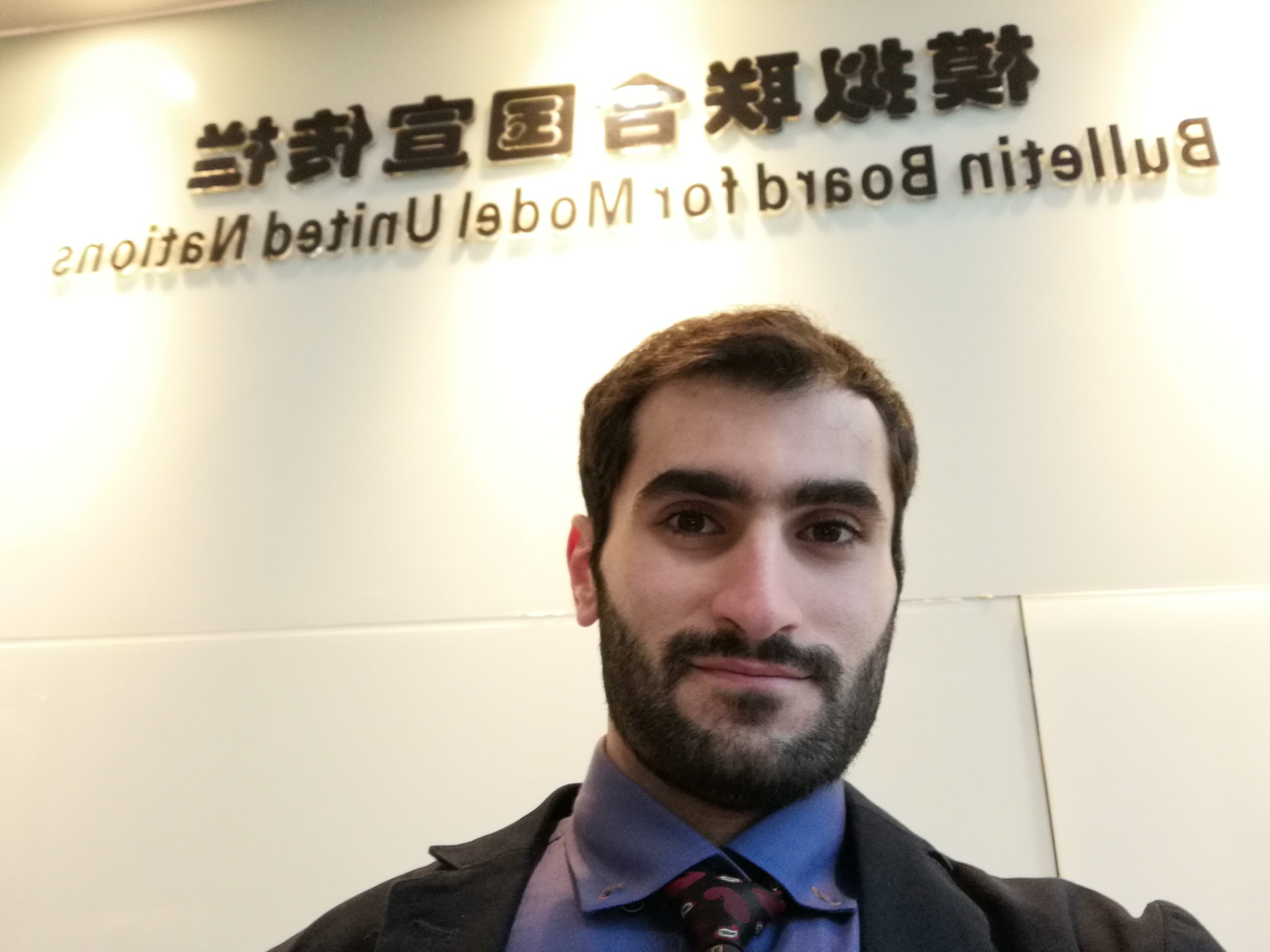 Dr. Mohamad Zreik has PhD of International Relations, he is independent researcher, his area of research interest is related to Chinese Foreign Policy, Belt and Road Initiative, Middle Eastern Studies, China-Arab relations. Author has numerous studies published in high ranked journals and international newspapers.
Dr. Mohamad Zreik has PhD of International Relations, he is independent researcher, his area of research interest is related to Chinese Foreign Policy, Belt and Road Initiative, Middle Eastern Studies, China-Arab relations. Author has numerous studies published in high ranked journals and international newspapers.
The views expressed in this article are the author’s own and do not necessarily reflect IFIMES official position.
Ljubljana/Beirut, 18 July 2022
[1] IFIMES – International Institute for Middle East and Balkan Studies, based in Ljubljana, Slovenia, has Special Consultative status at ECOSOC/UN, New York, since 2018.

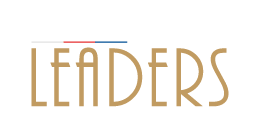

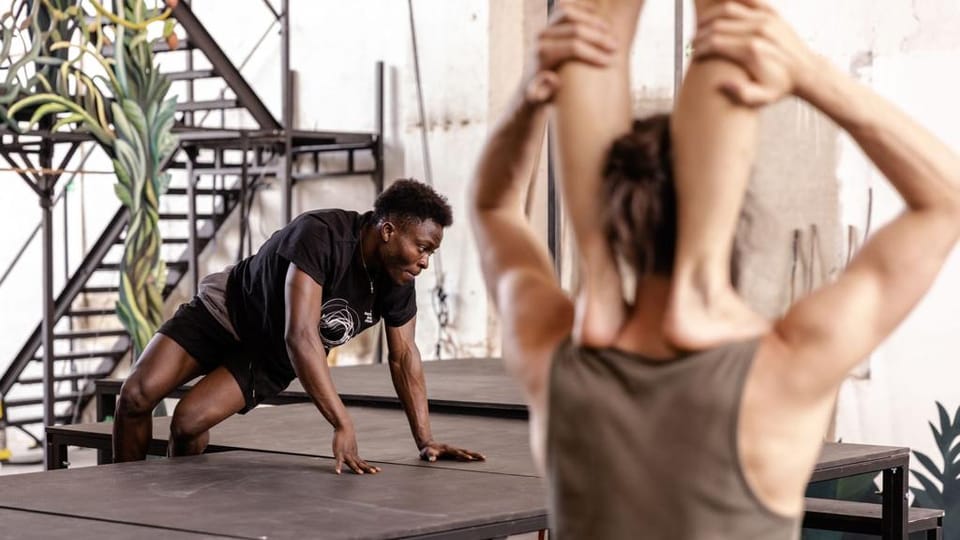
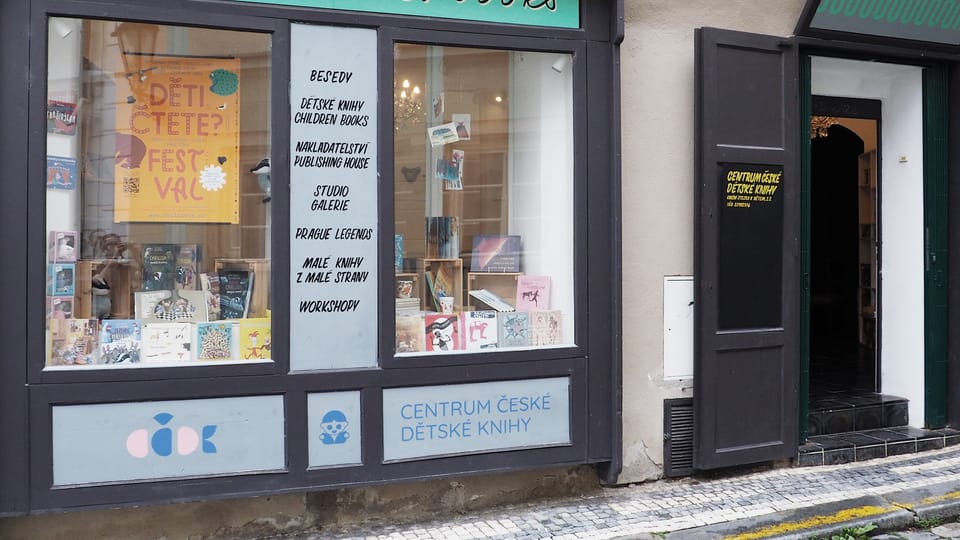

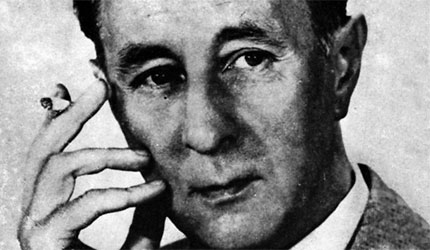


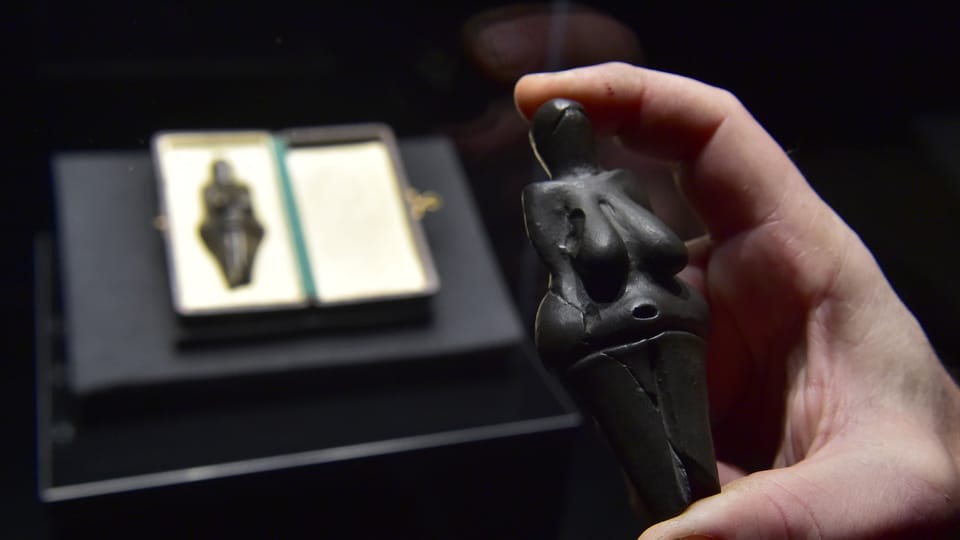
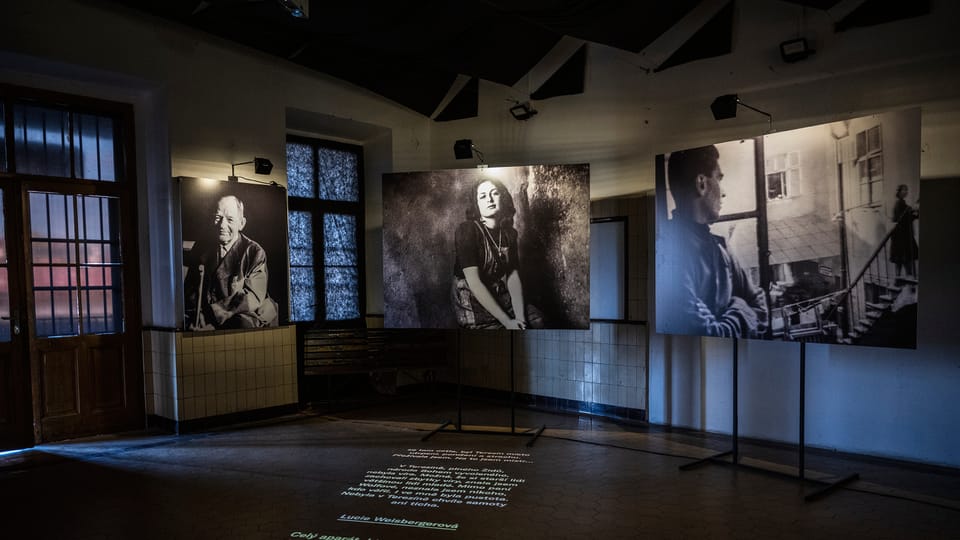
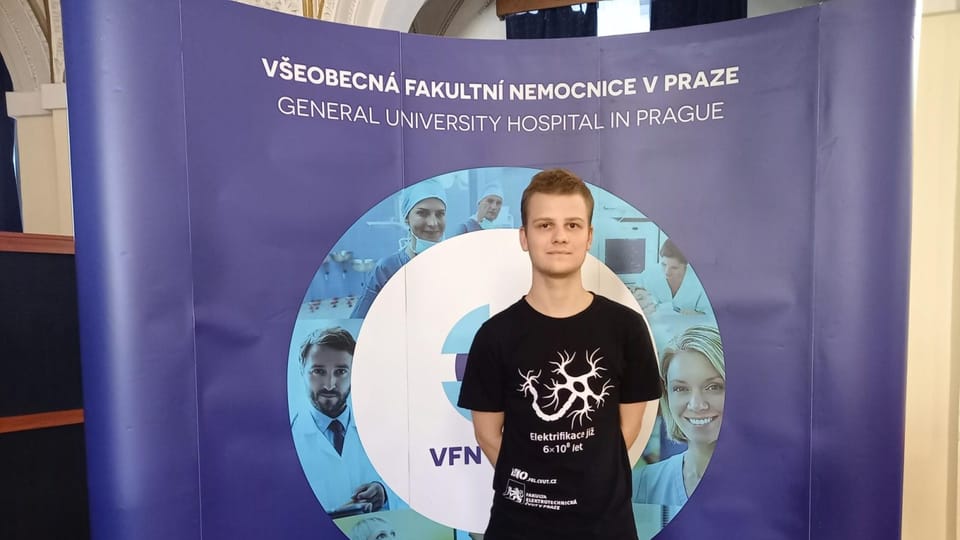
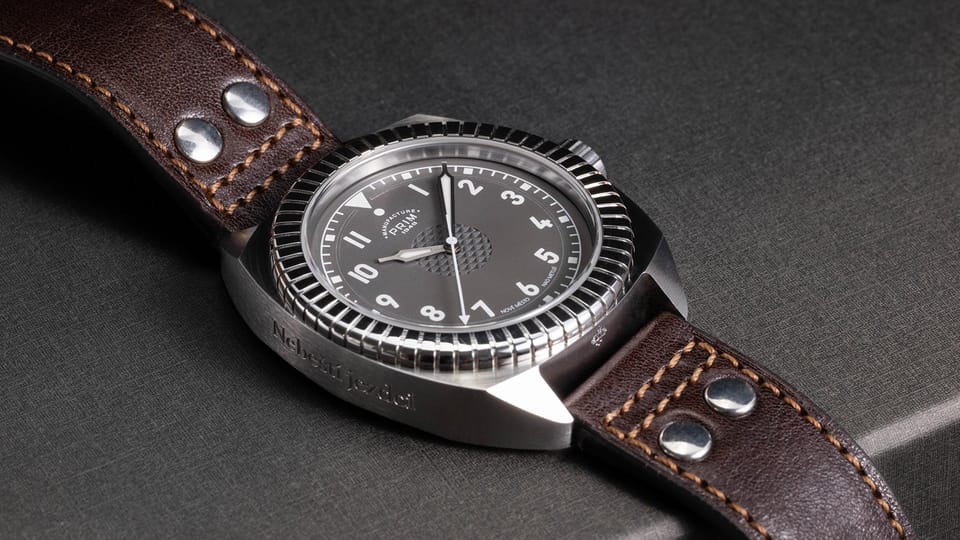
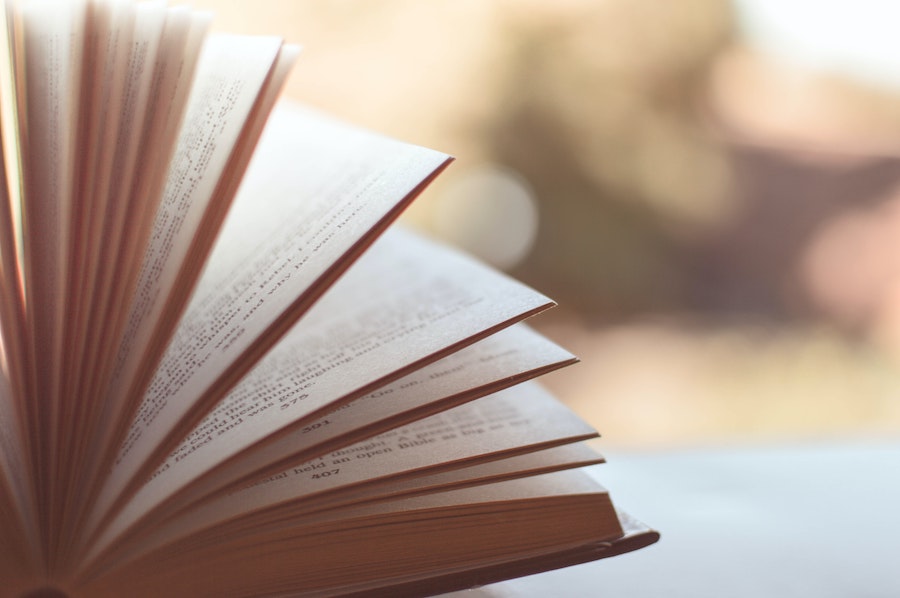
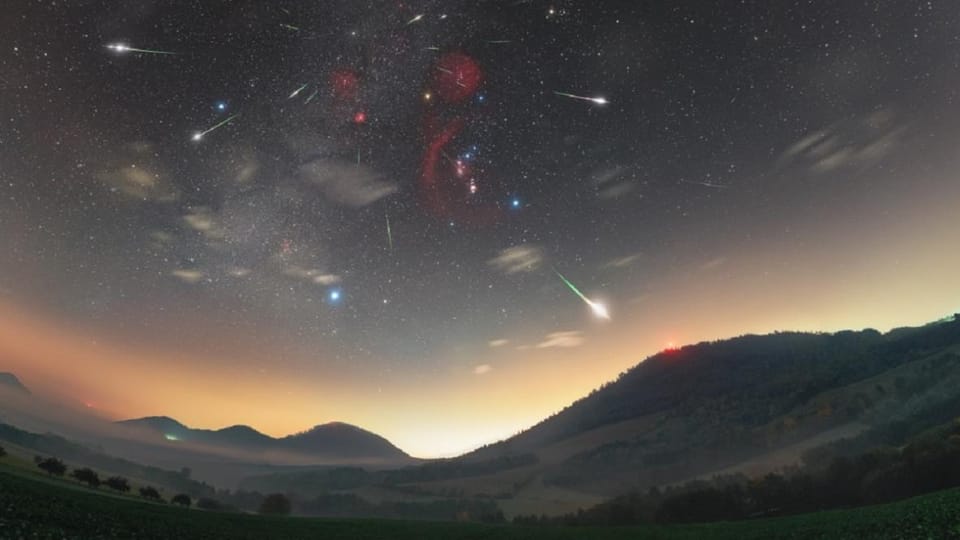



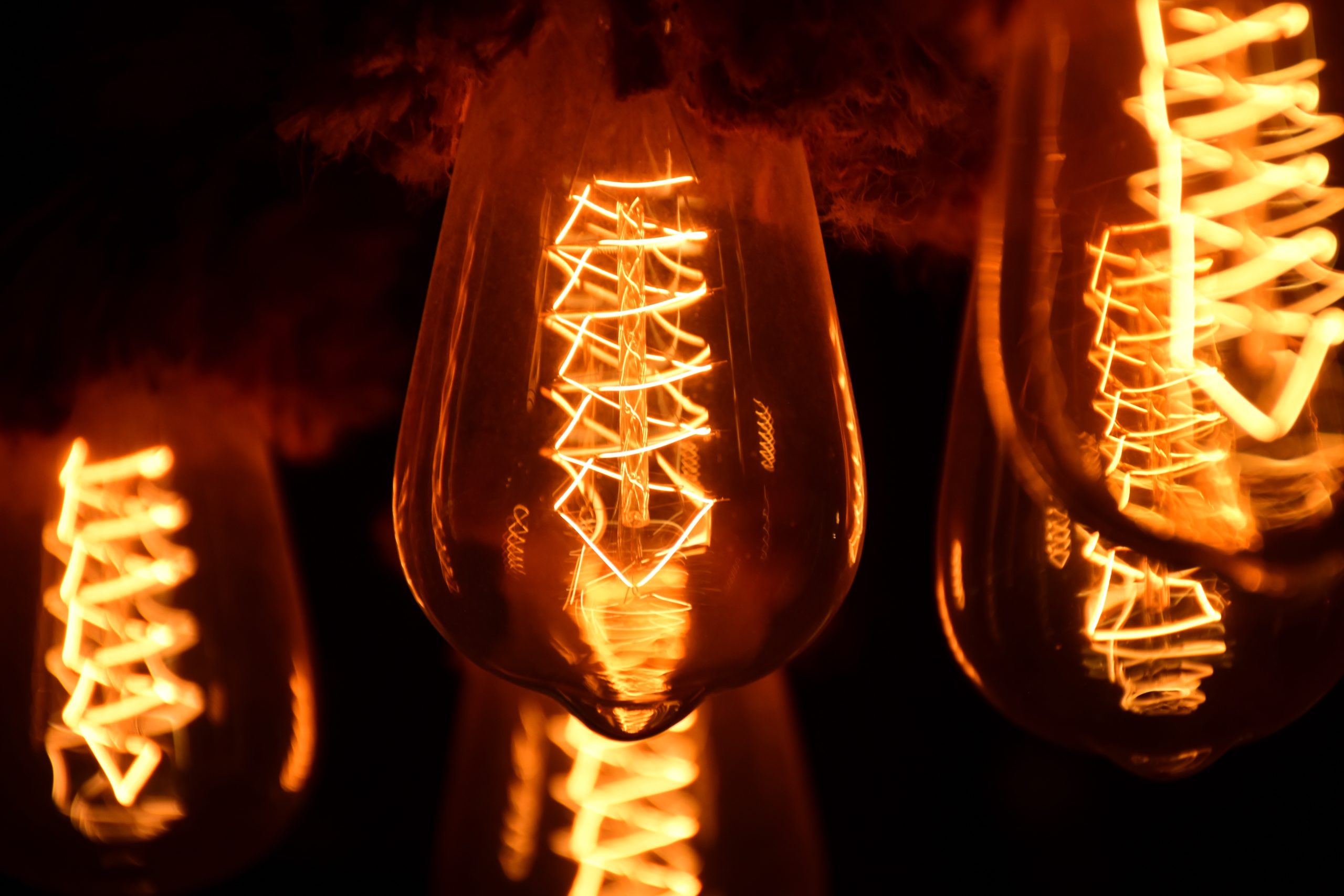
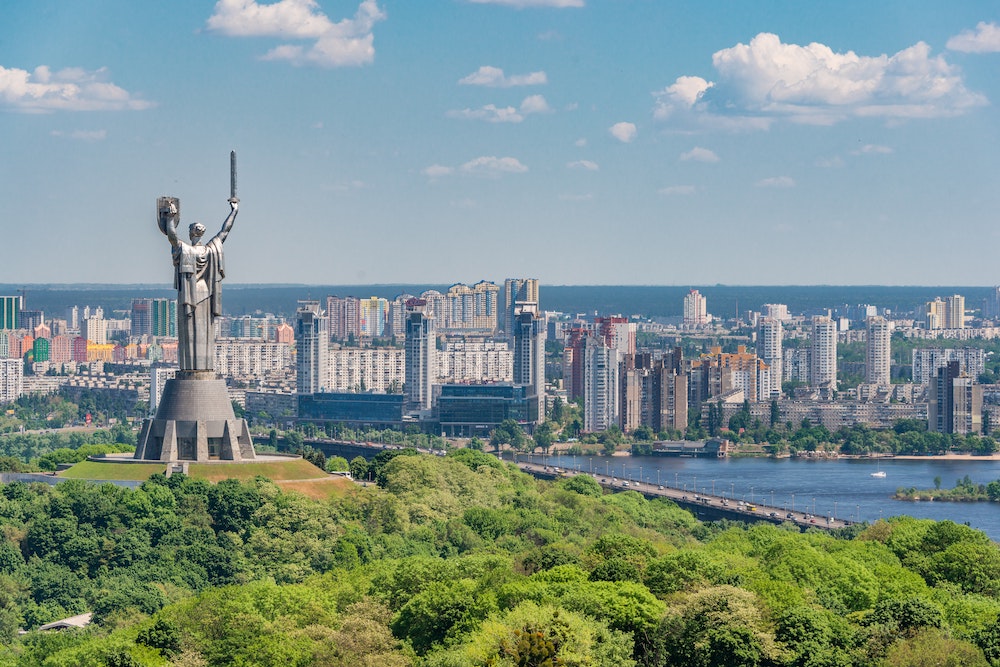
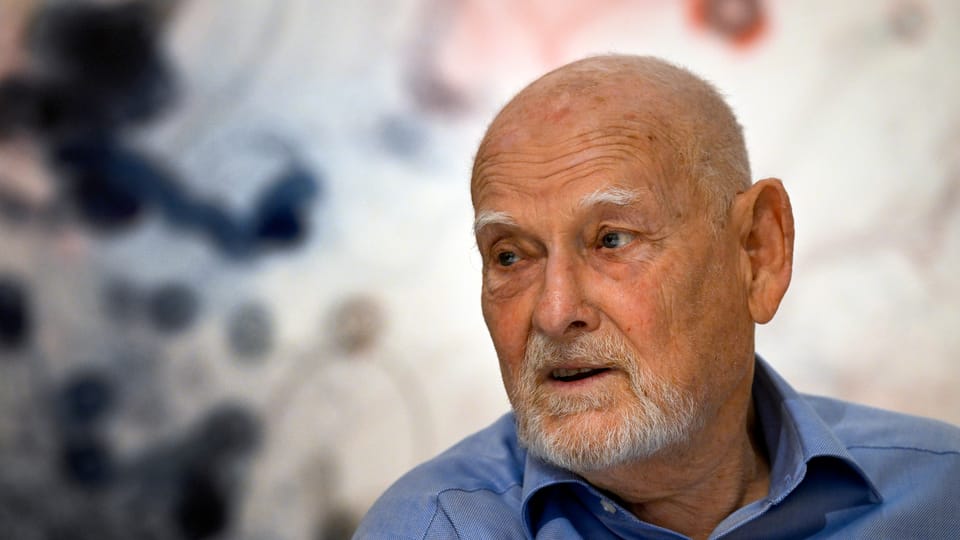
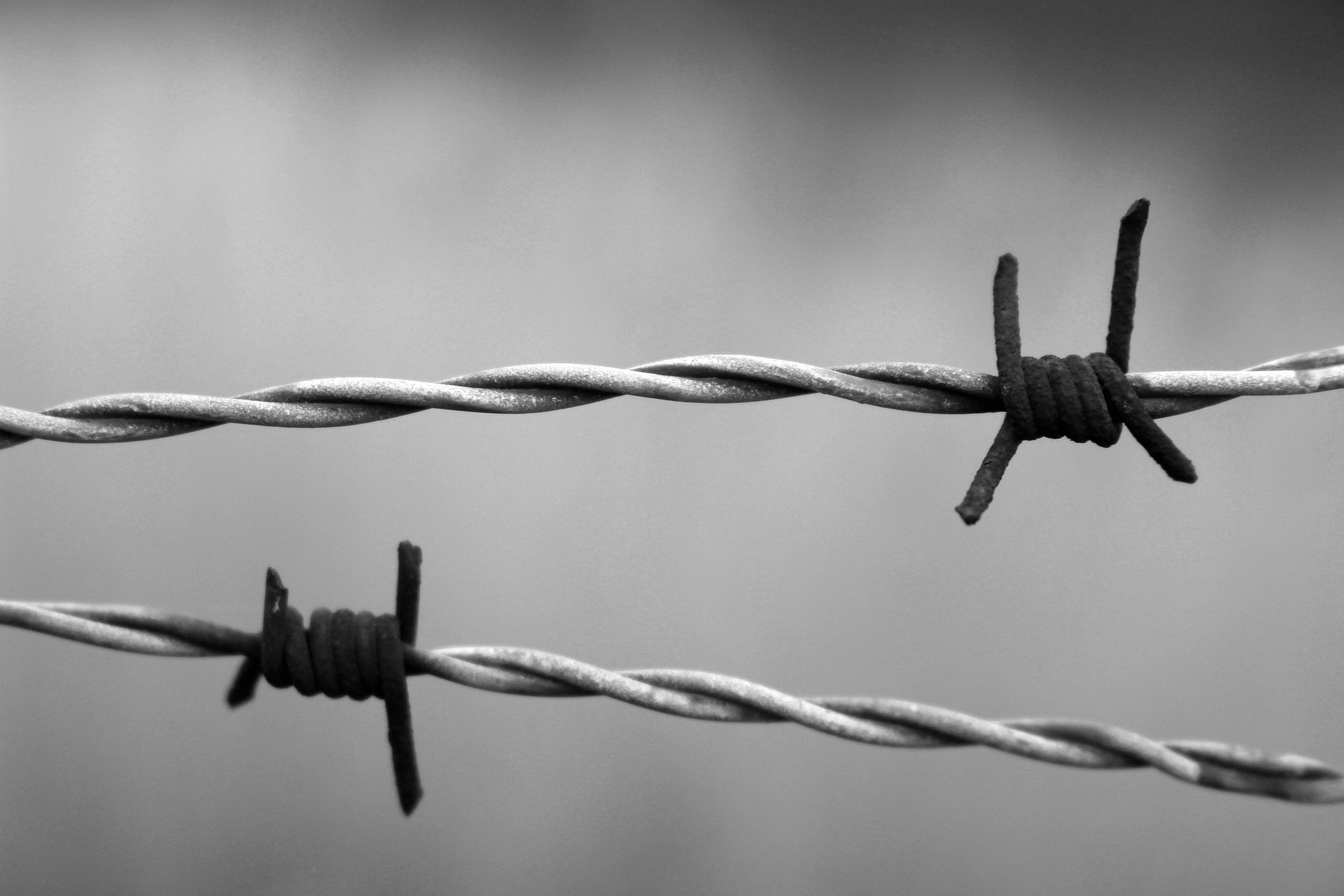
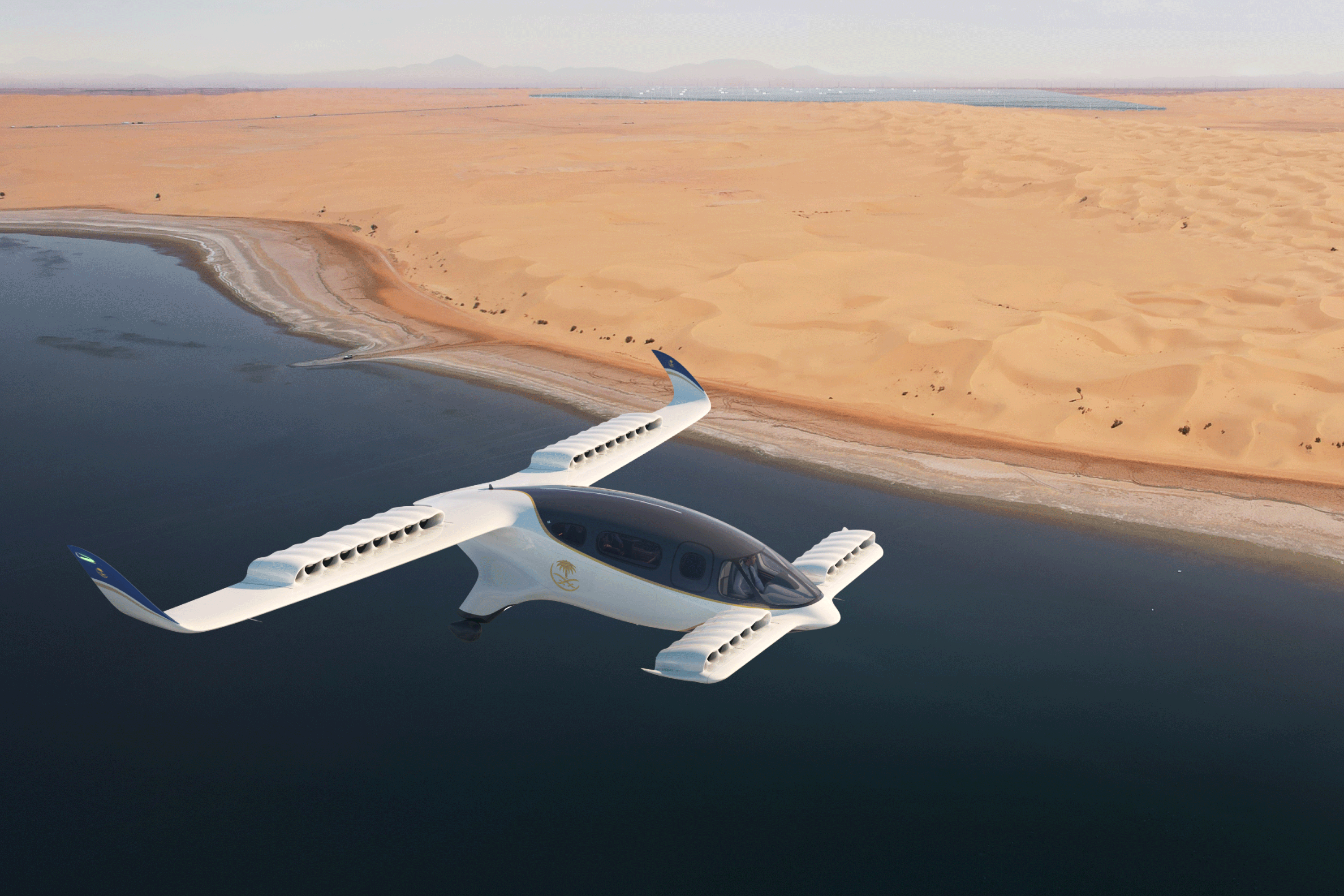
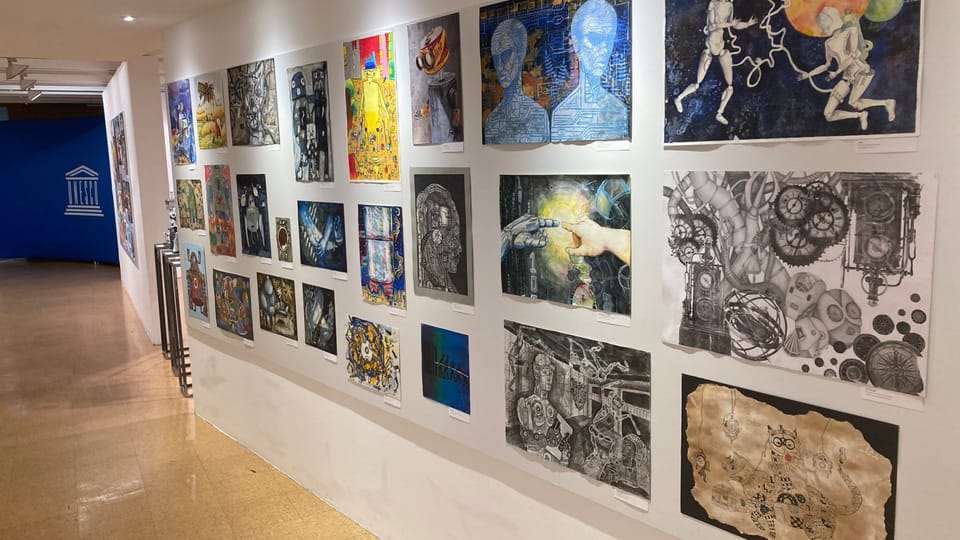
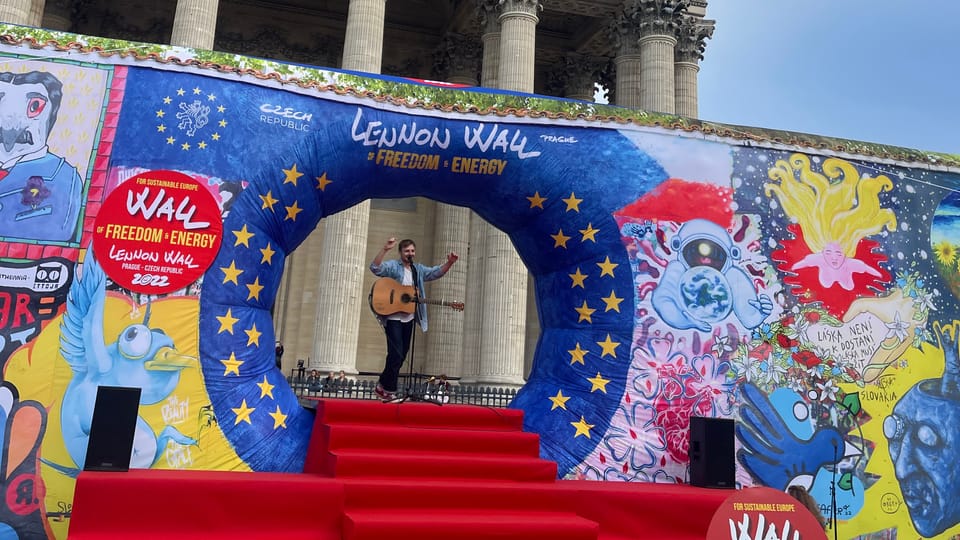
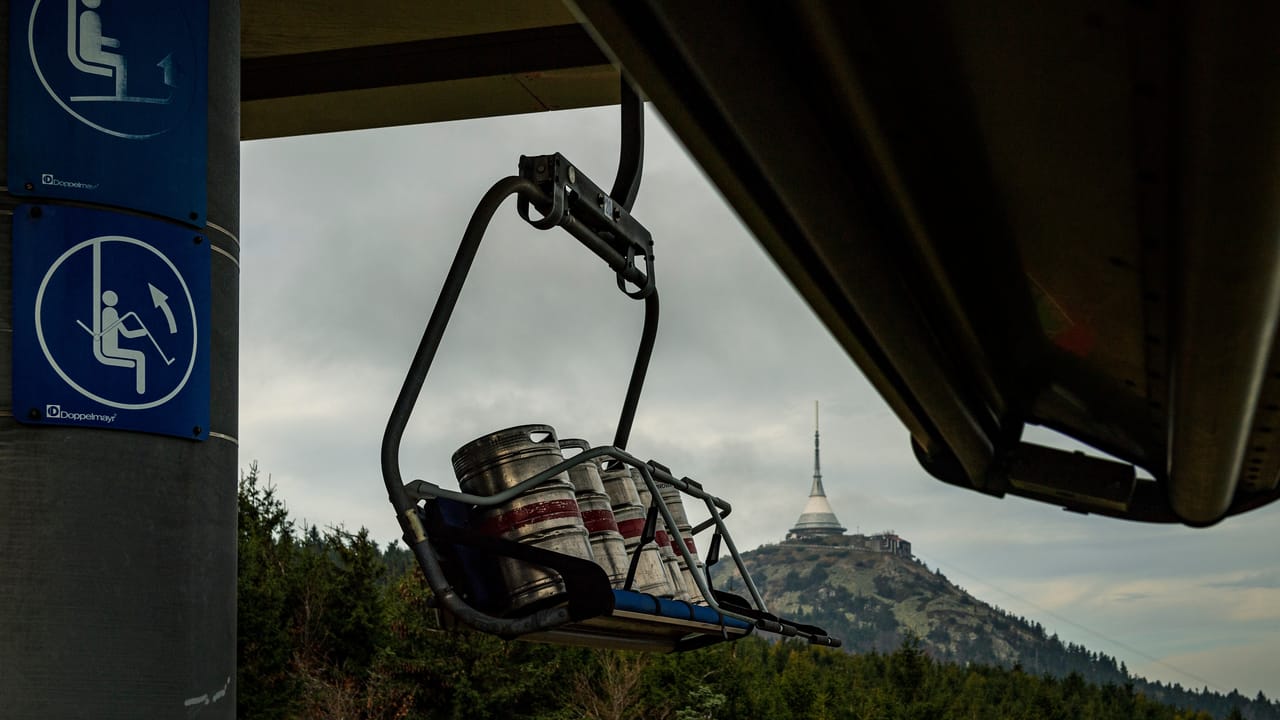

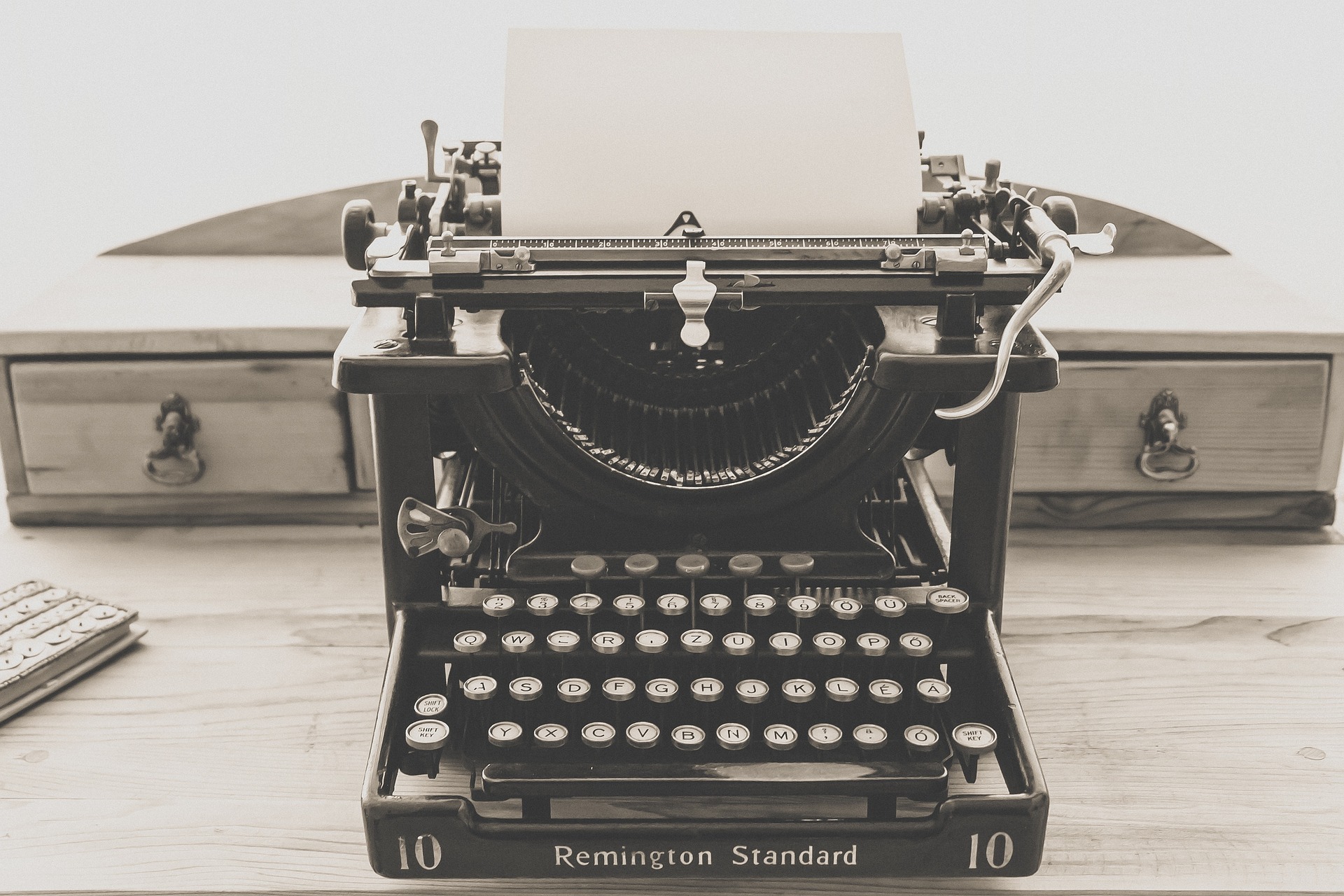
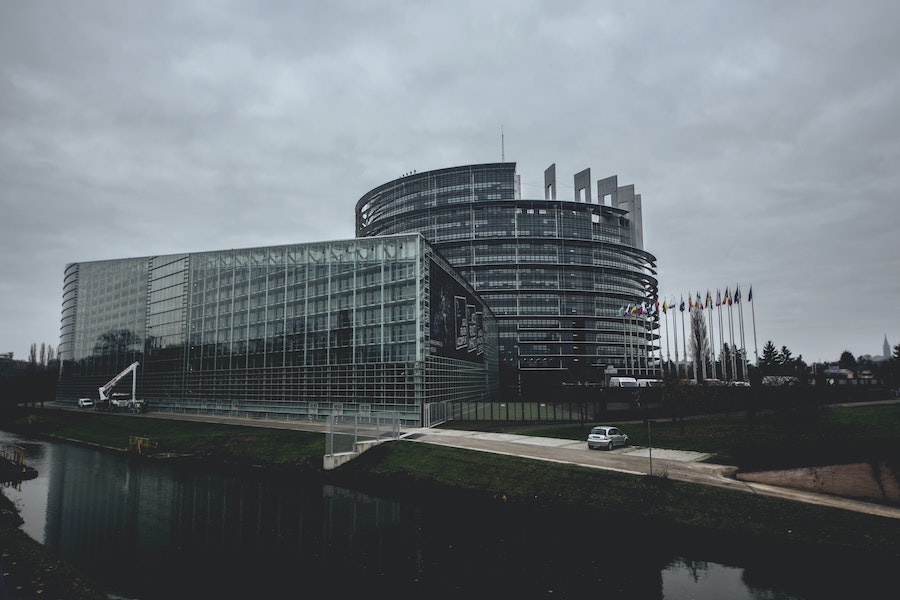
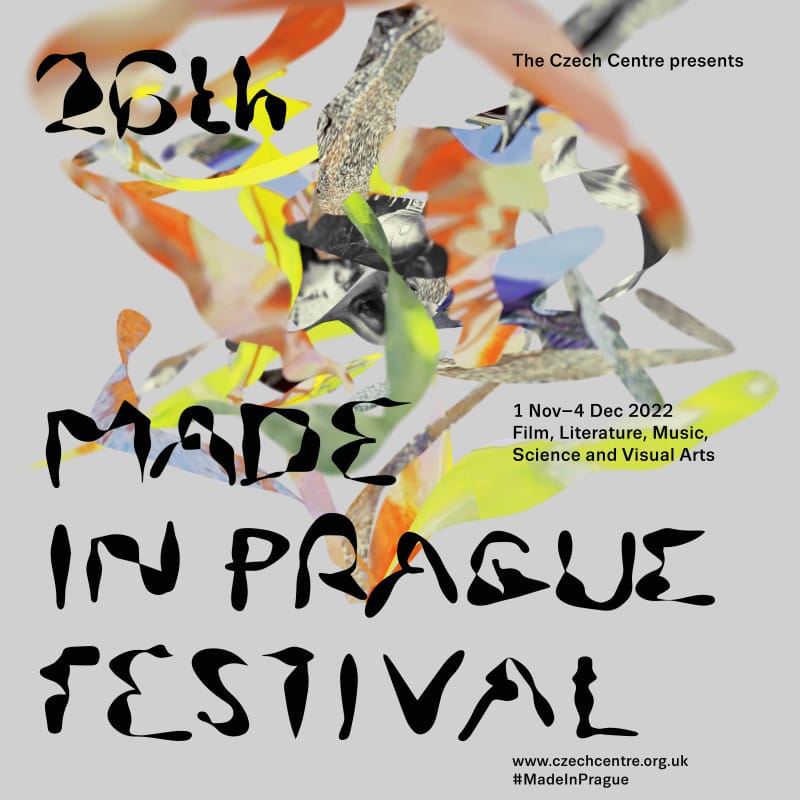
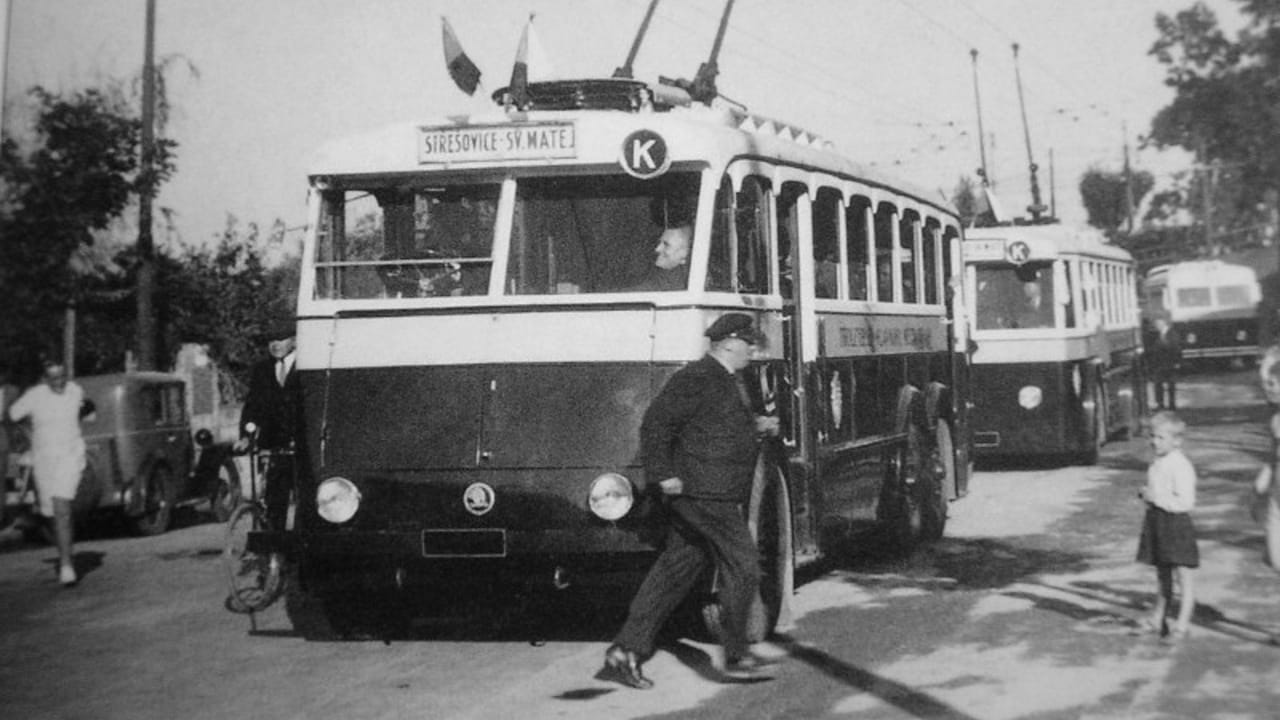

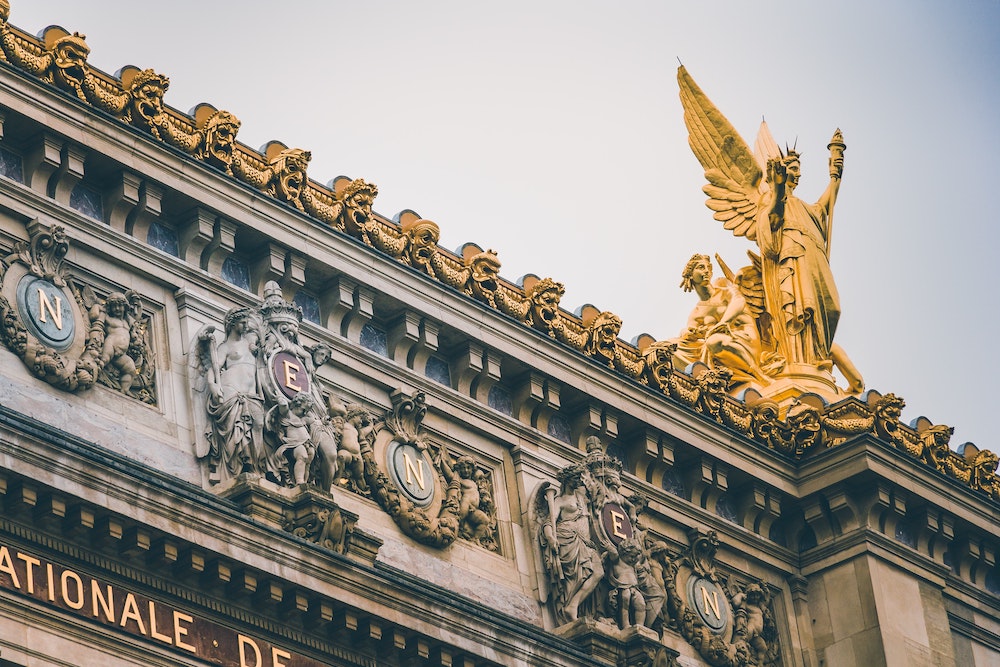
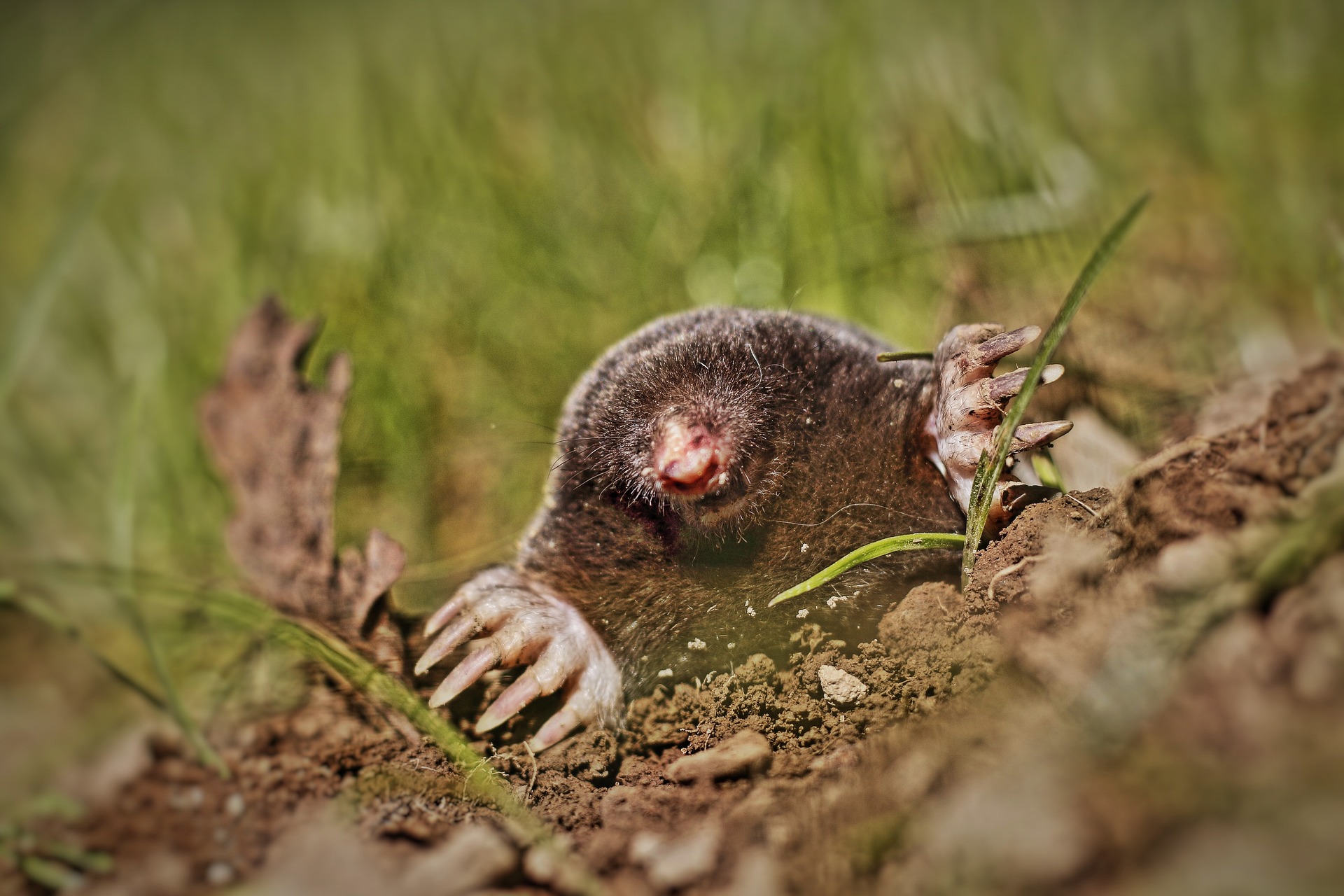
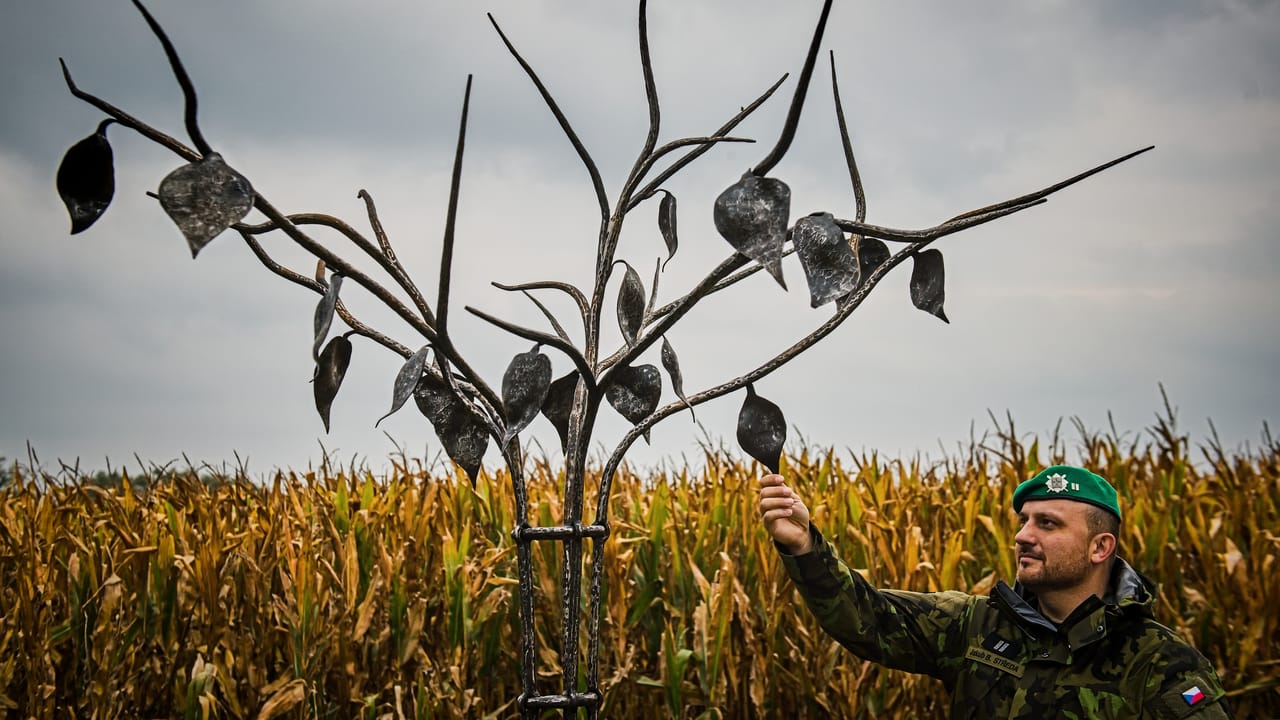

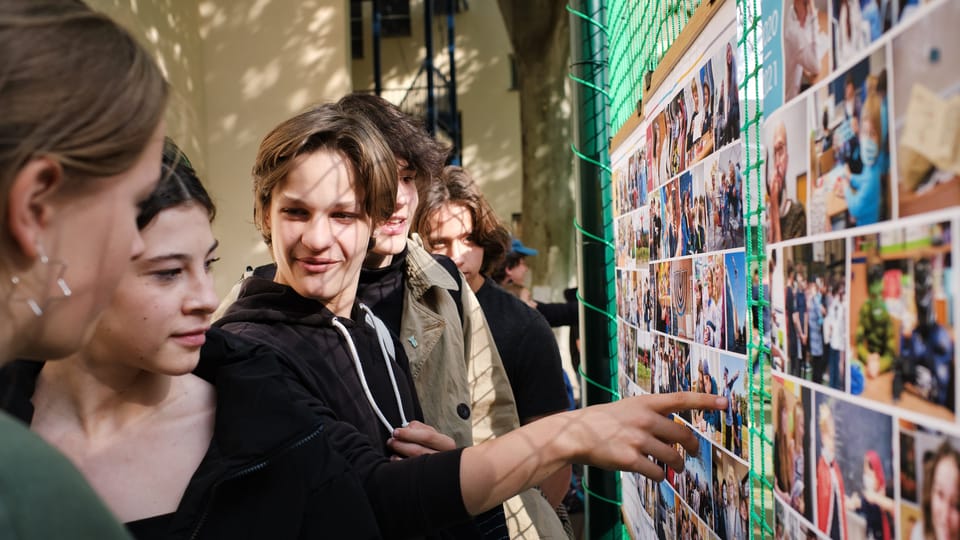
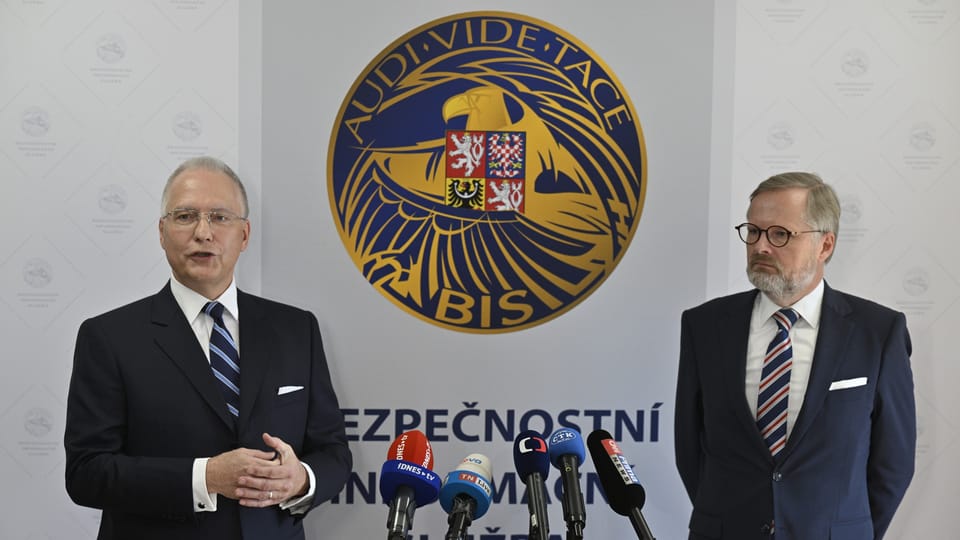
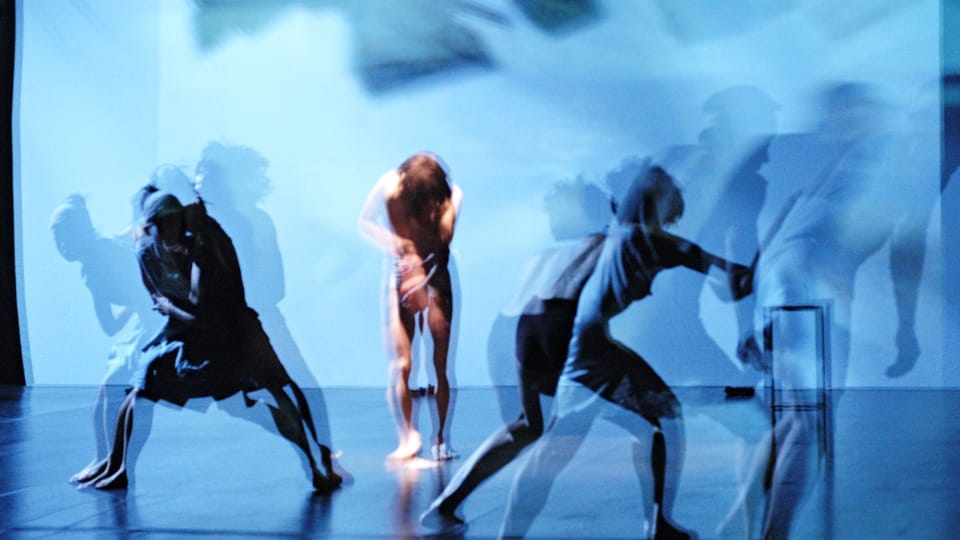
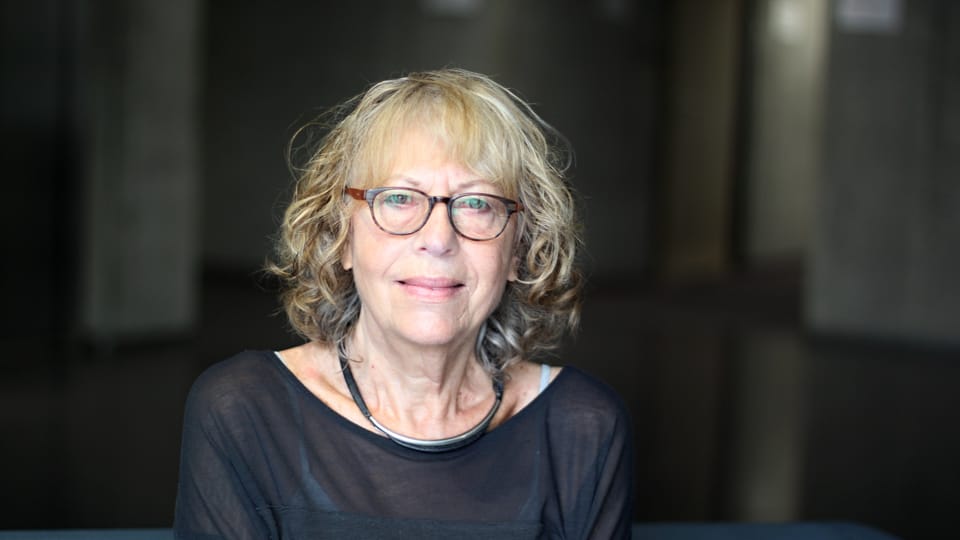
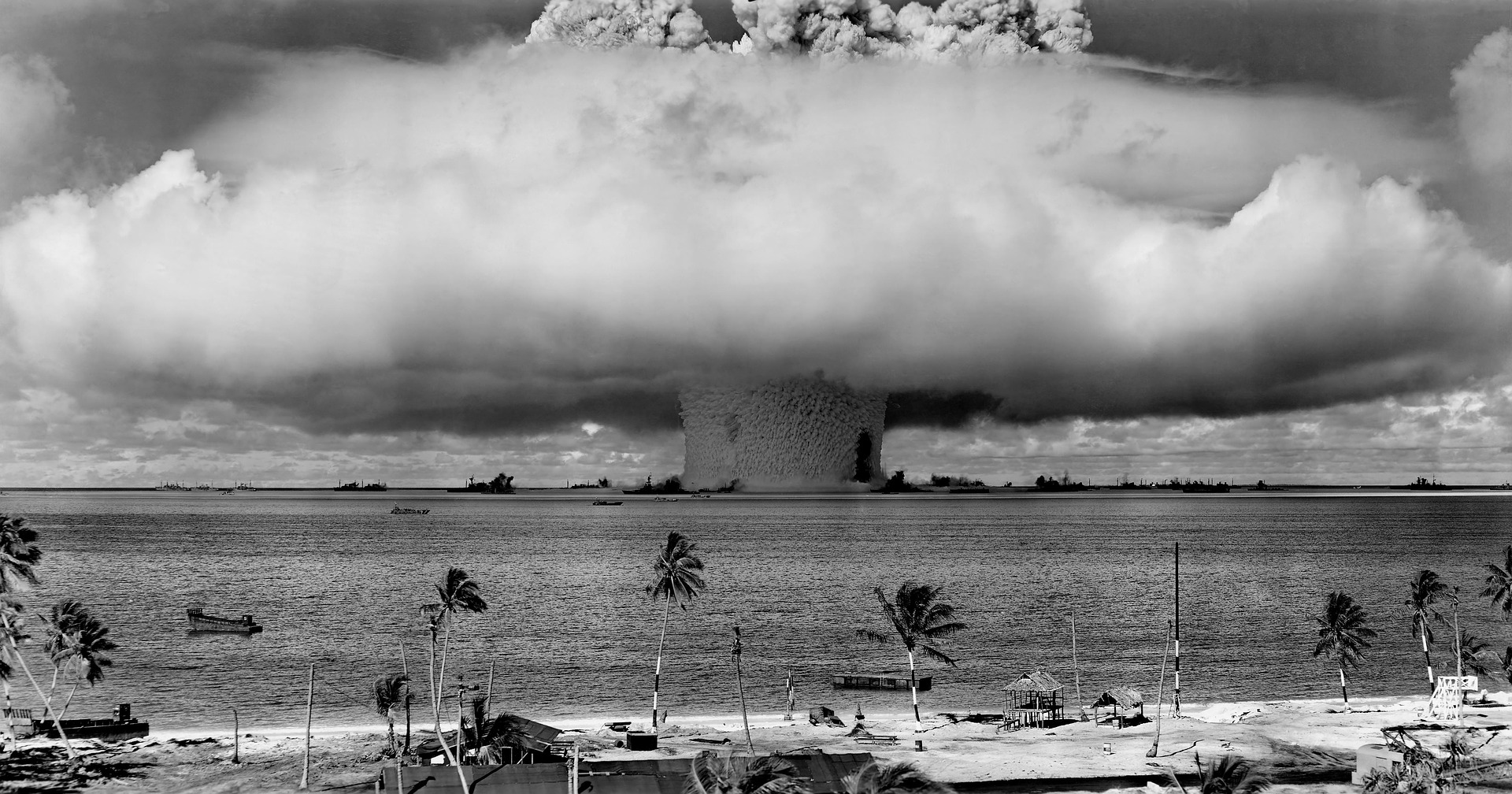

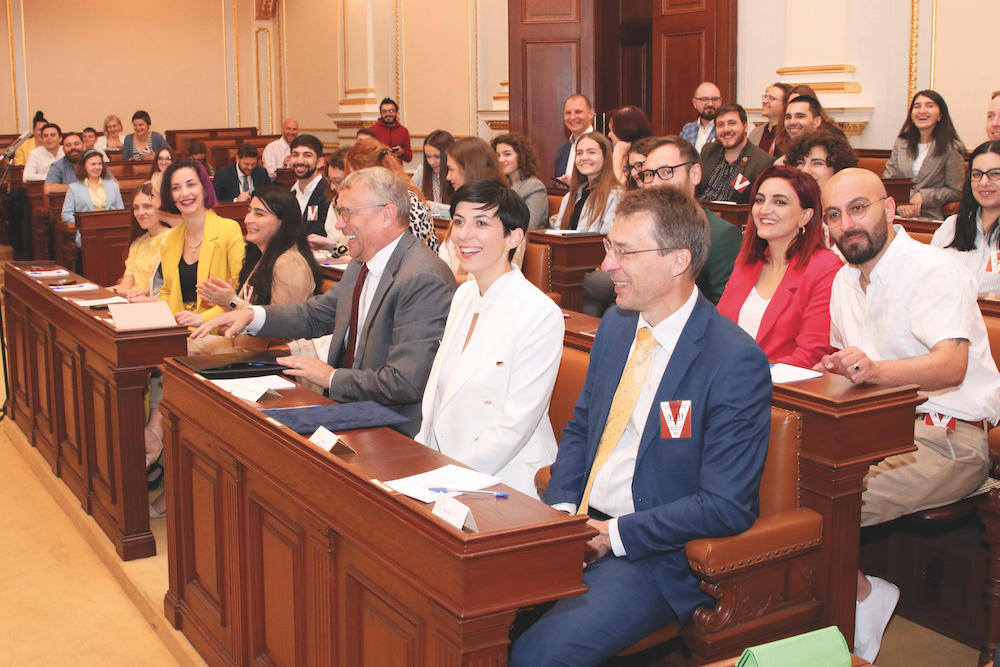
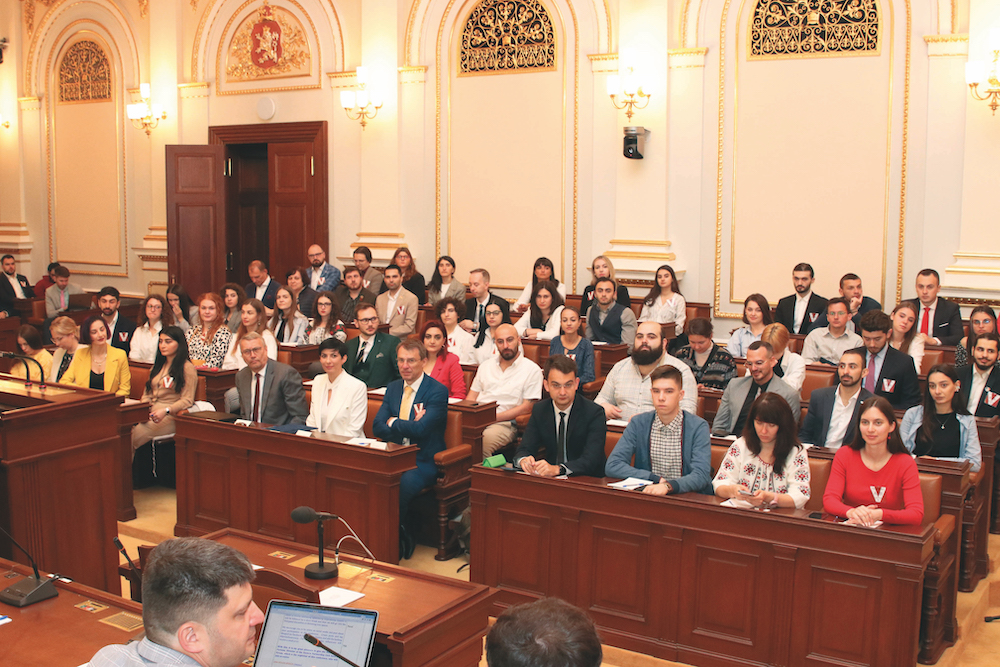
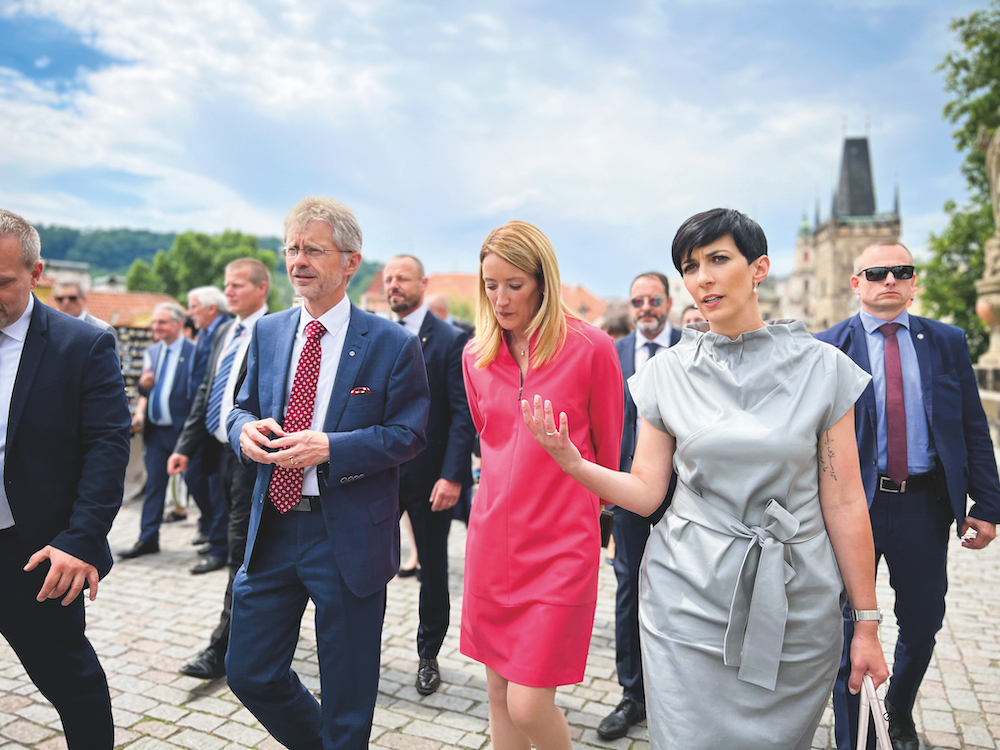
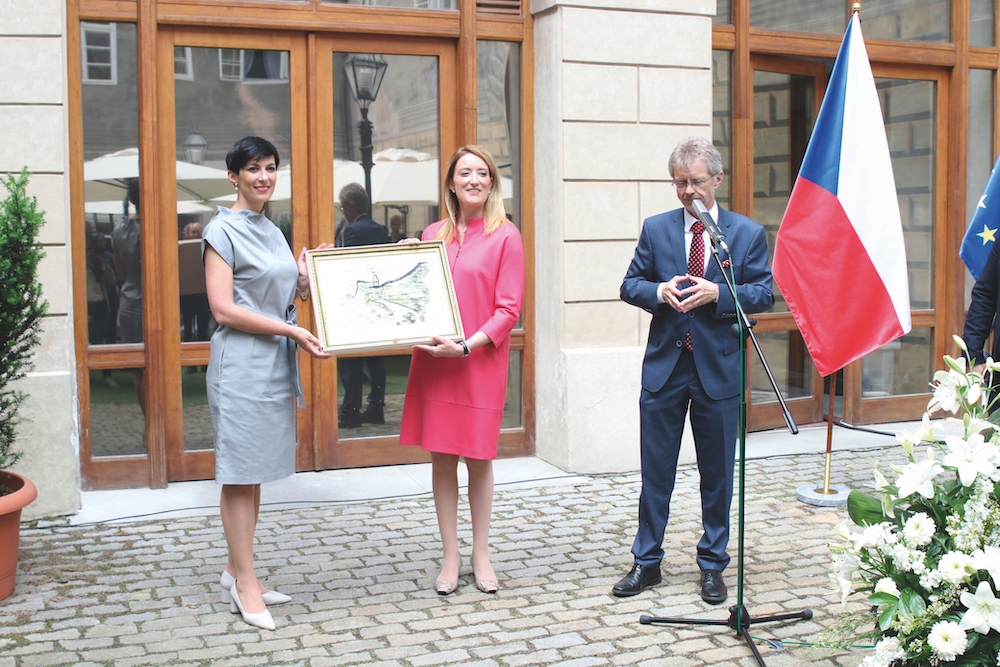
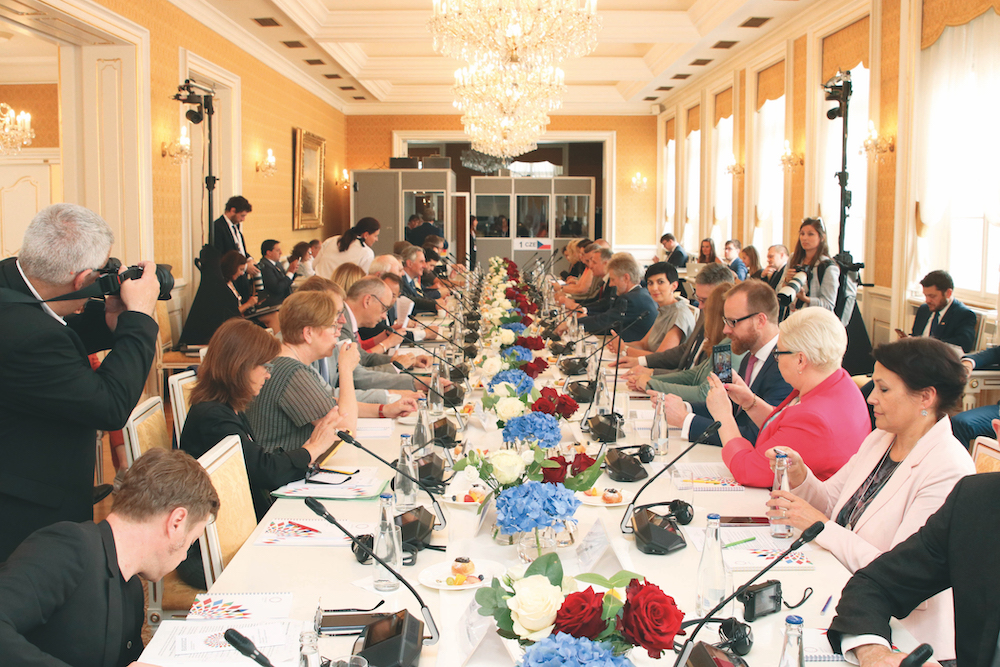
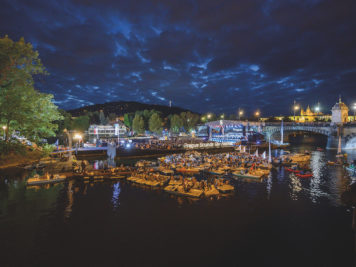
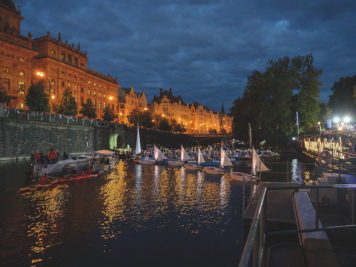

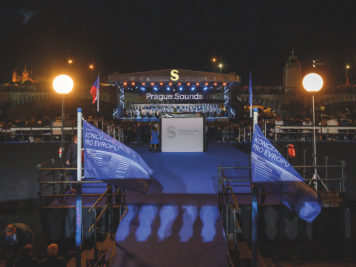
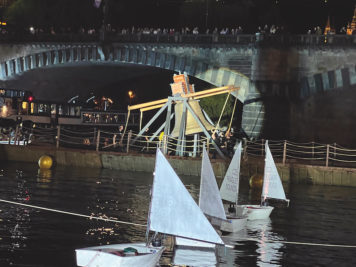
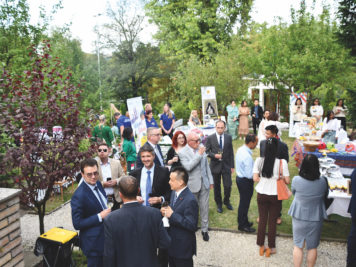
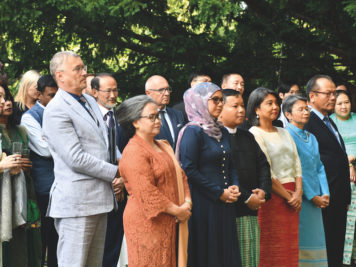
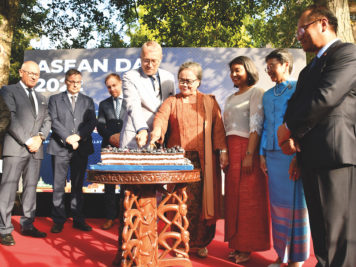
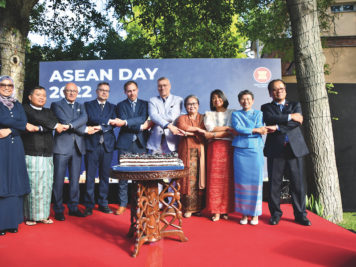

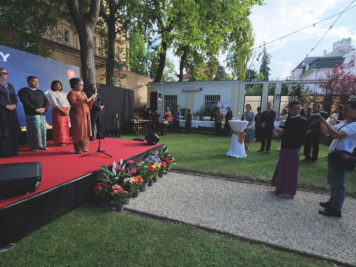
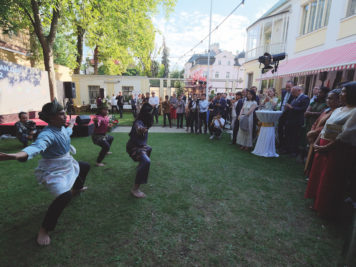
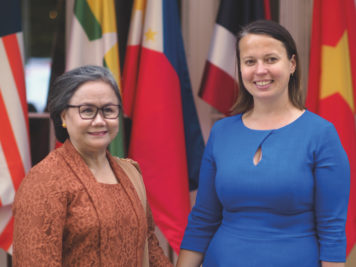
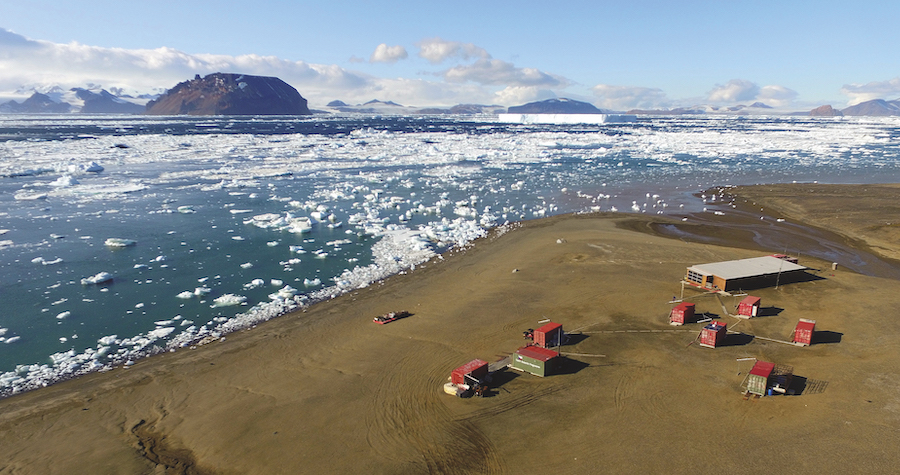

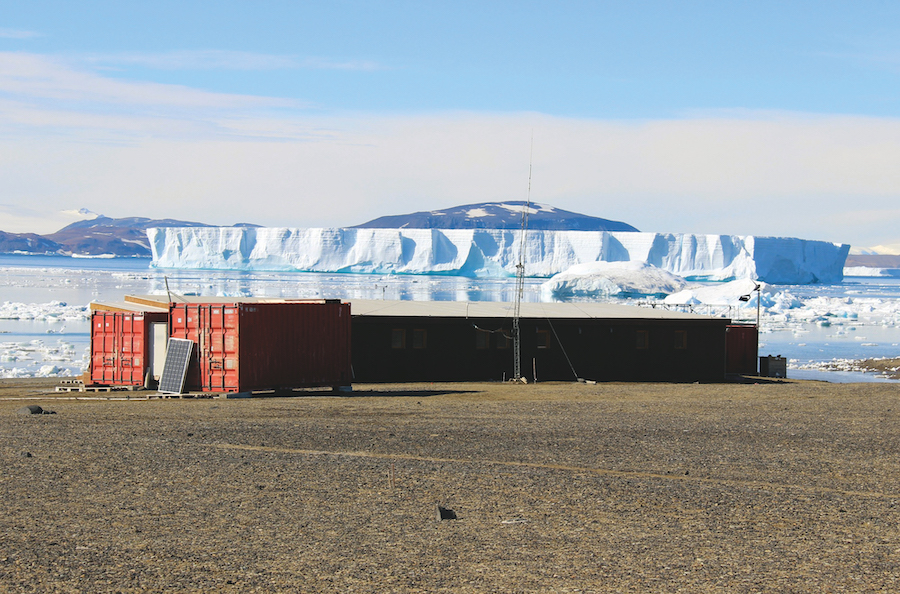
 Doc. Mgr. Daniel Nývlt, Ph.D.
Doc. Mgr. Daniel Nývlt, Ph.D.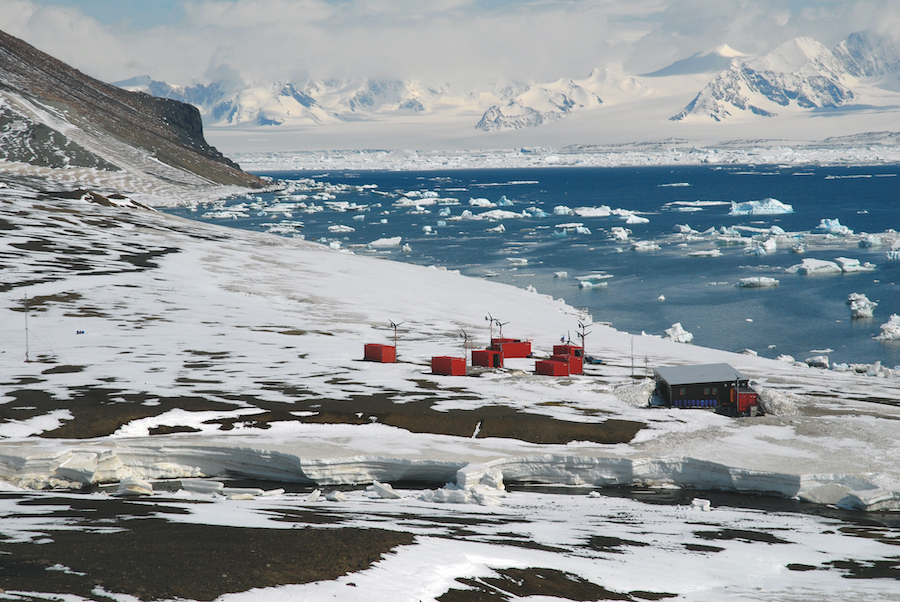
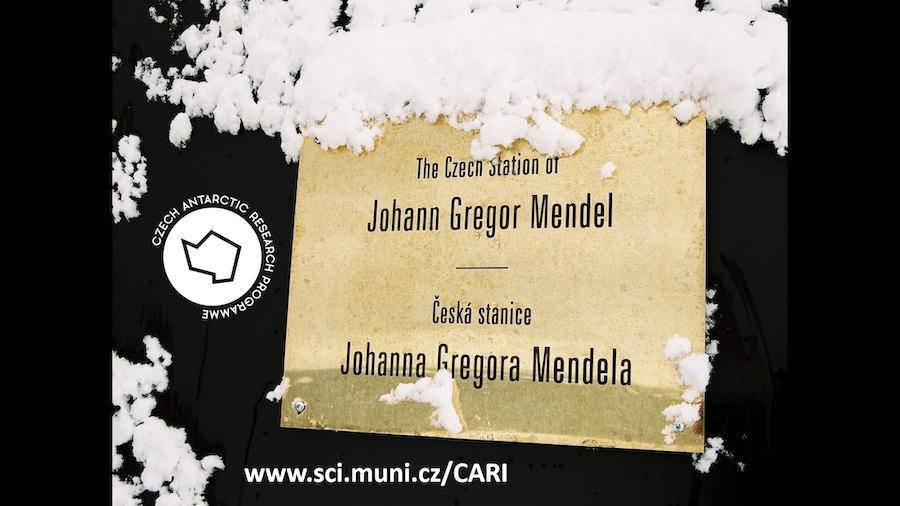

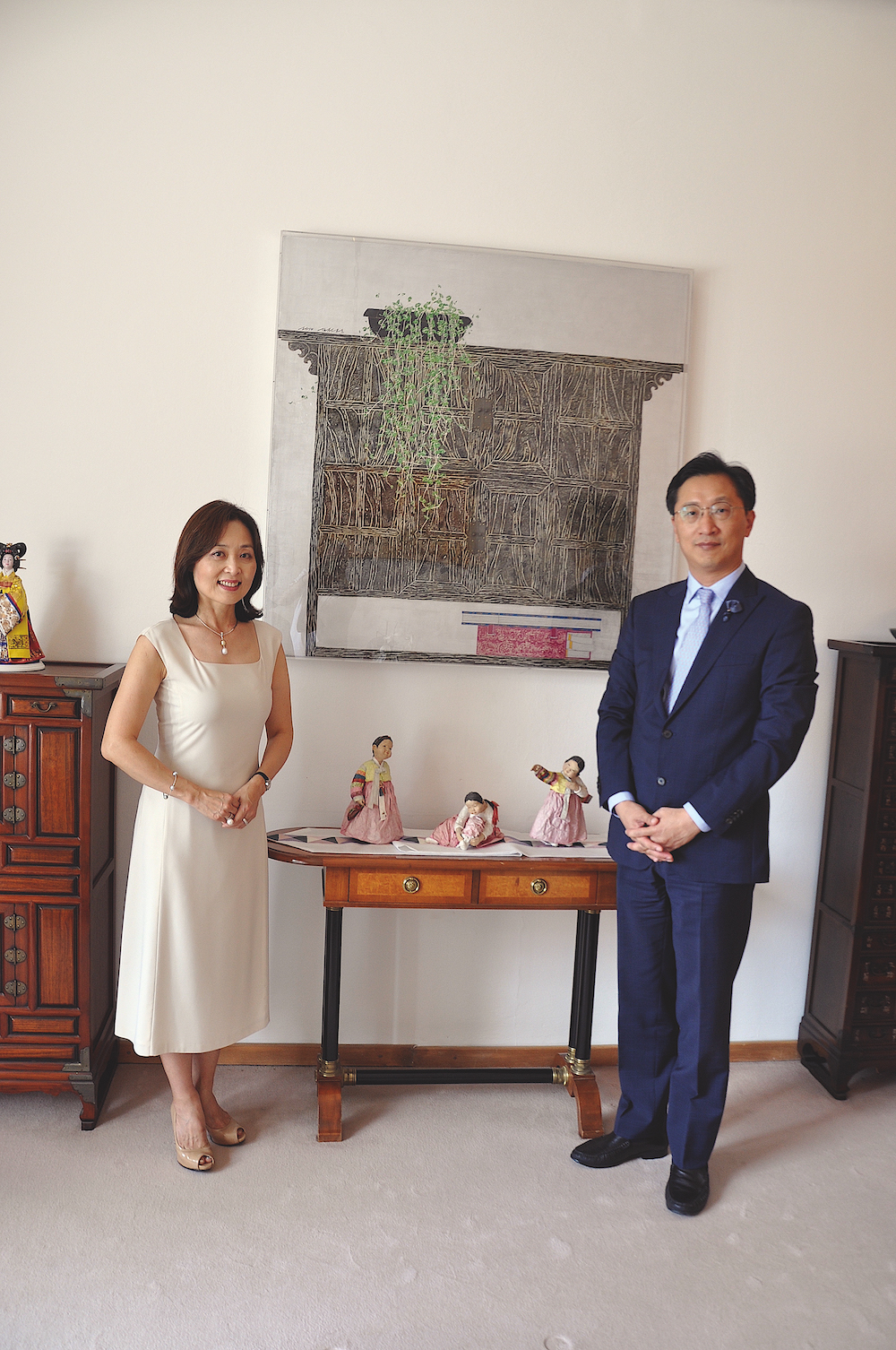
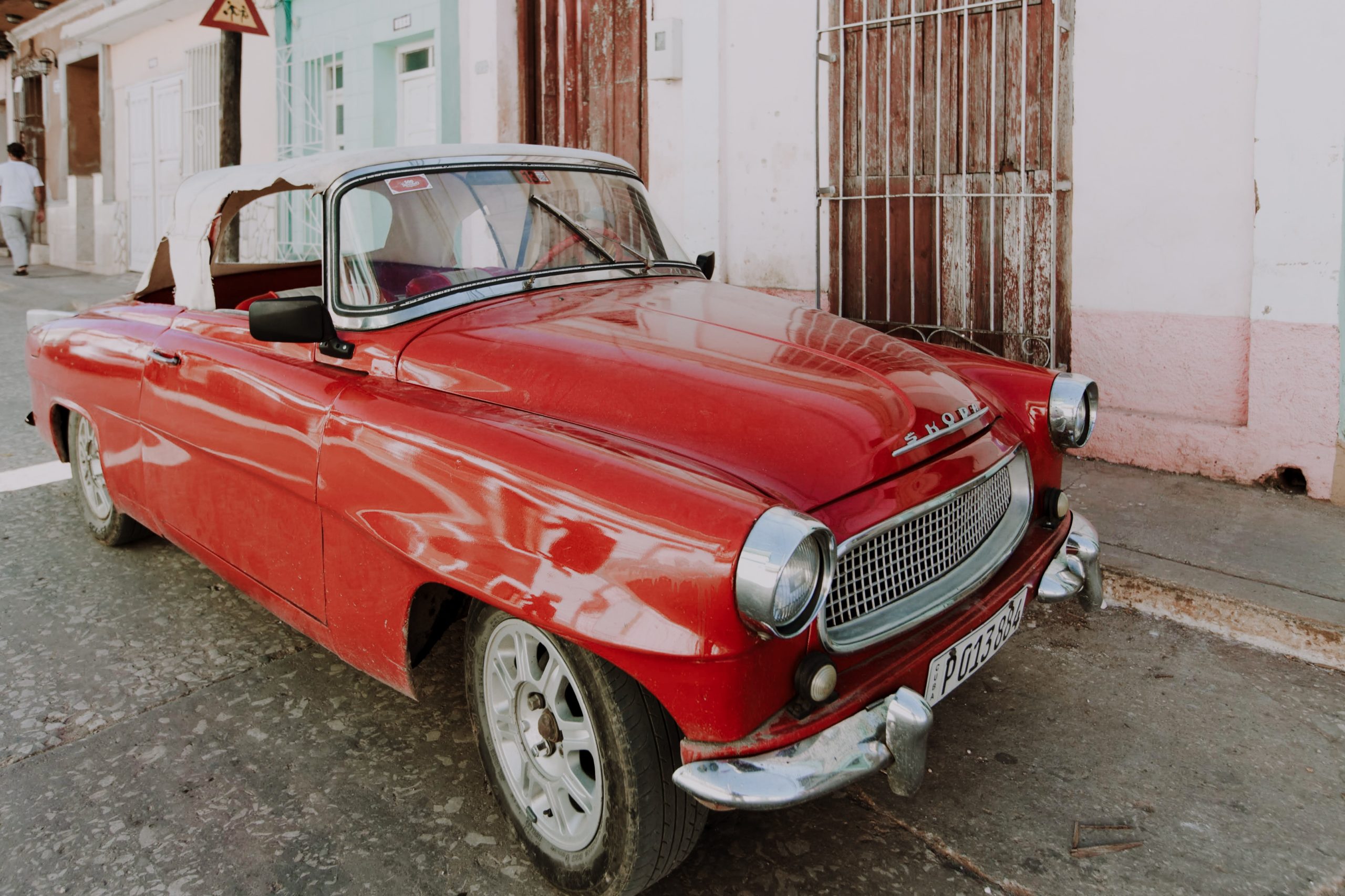
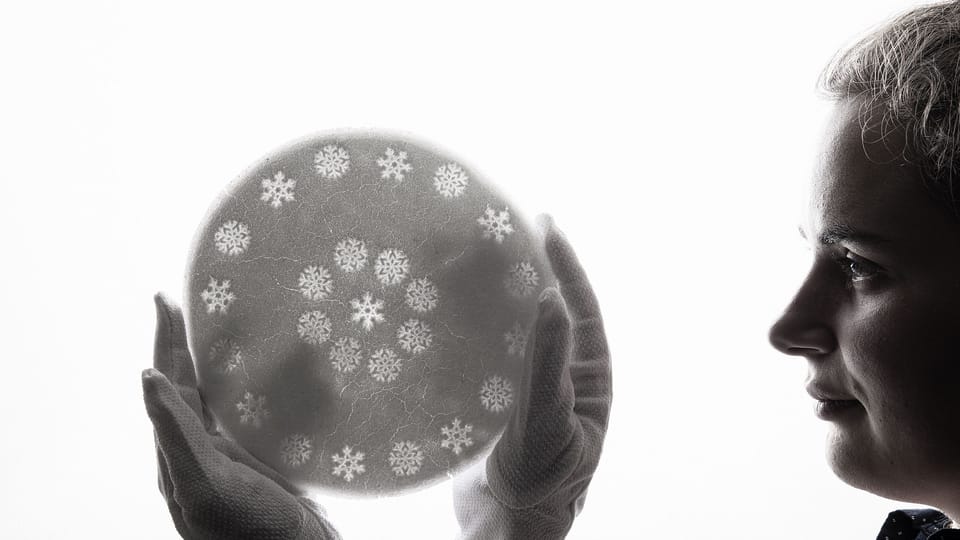

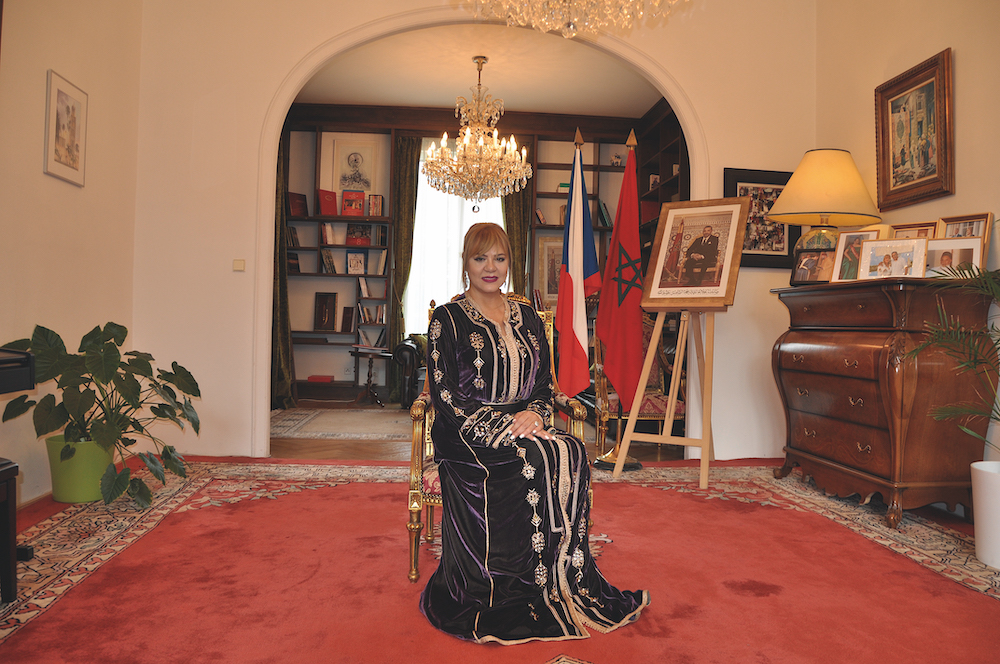
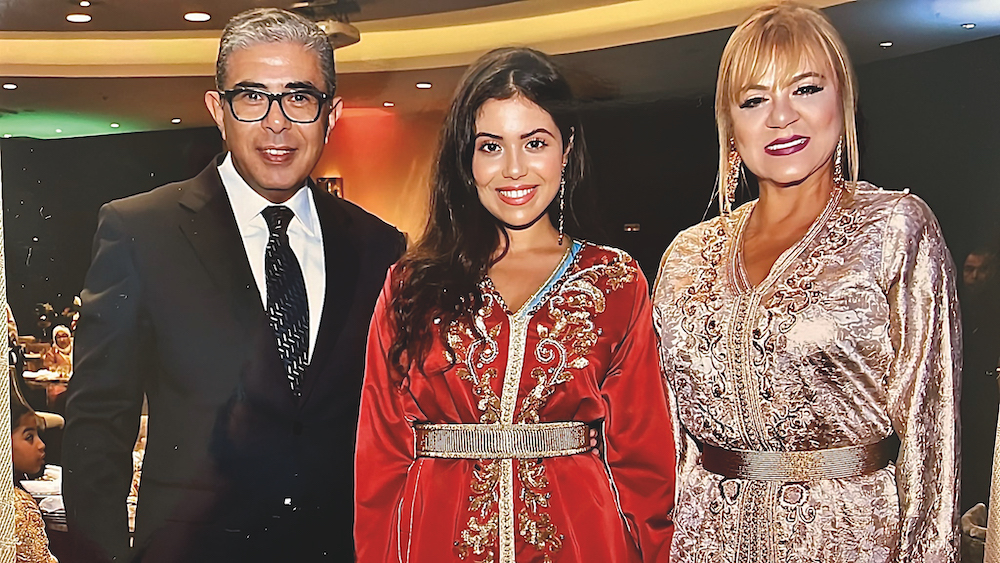
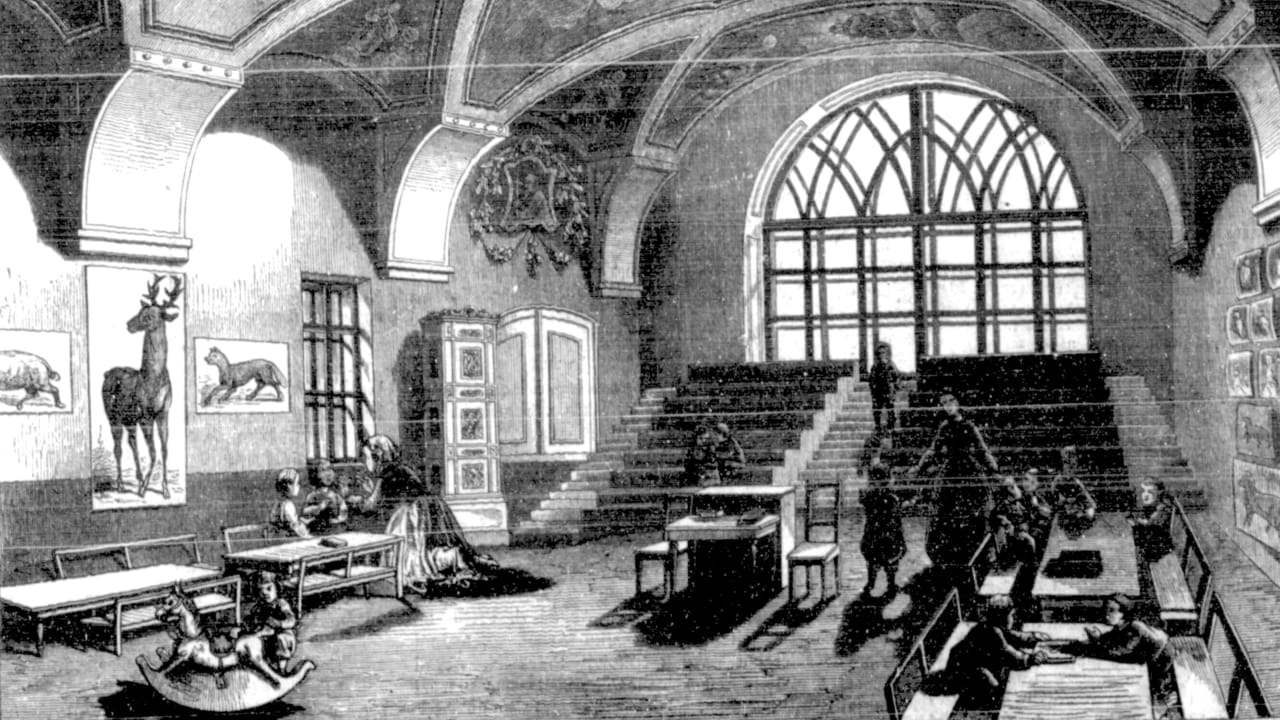
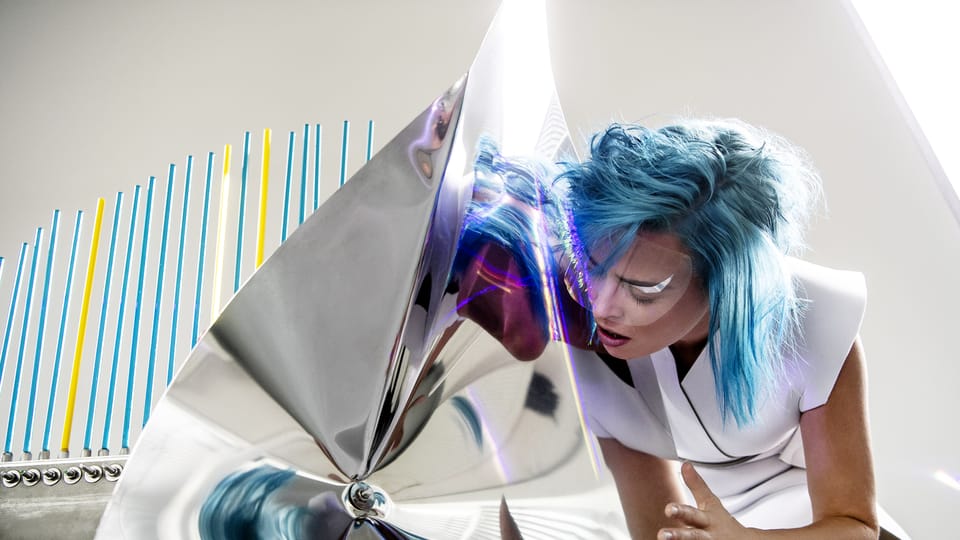

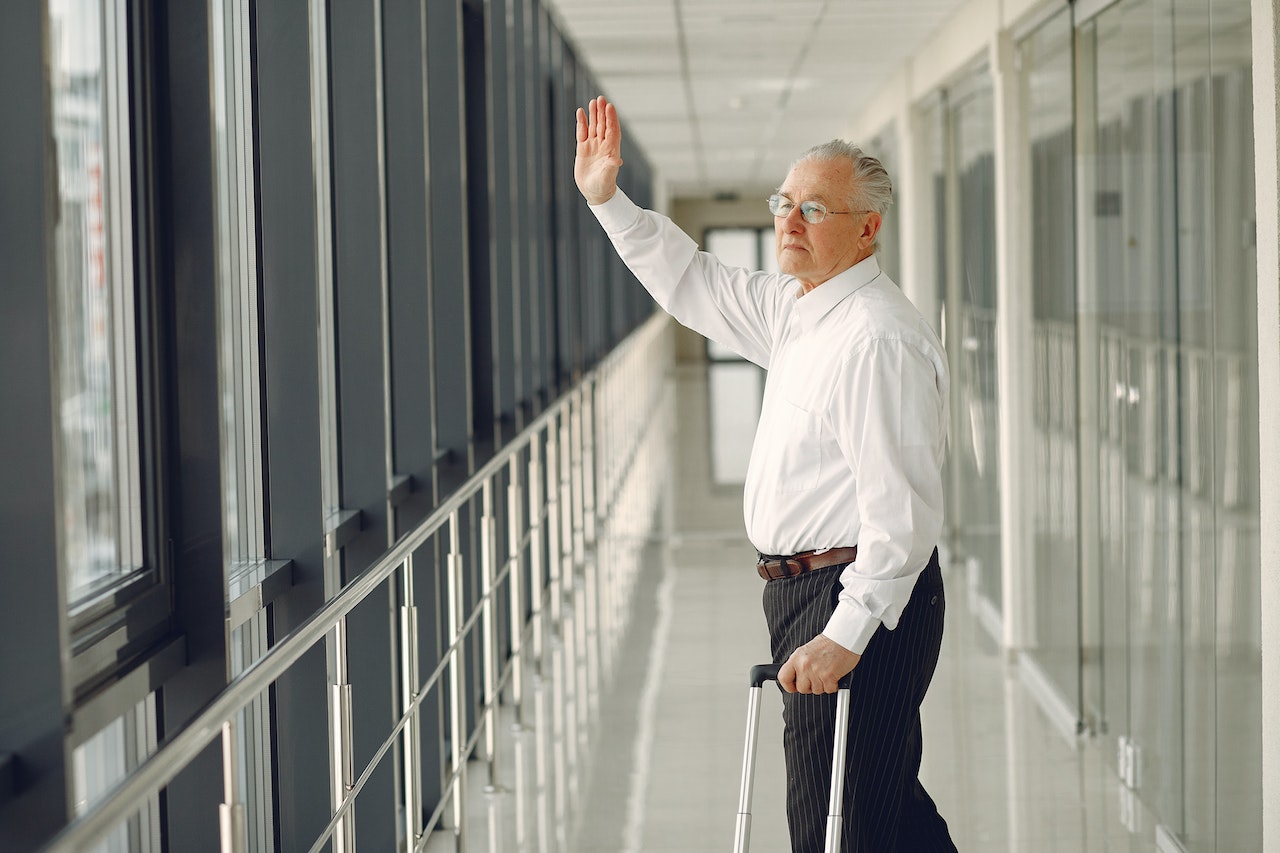


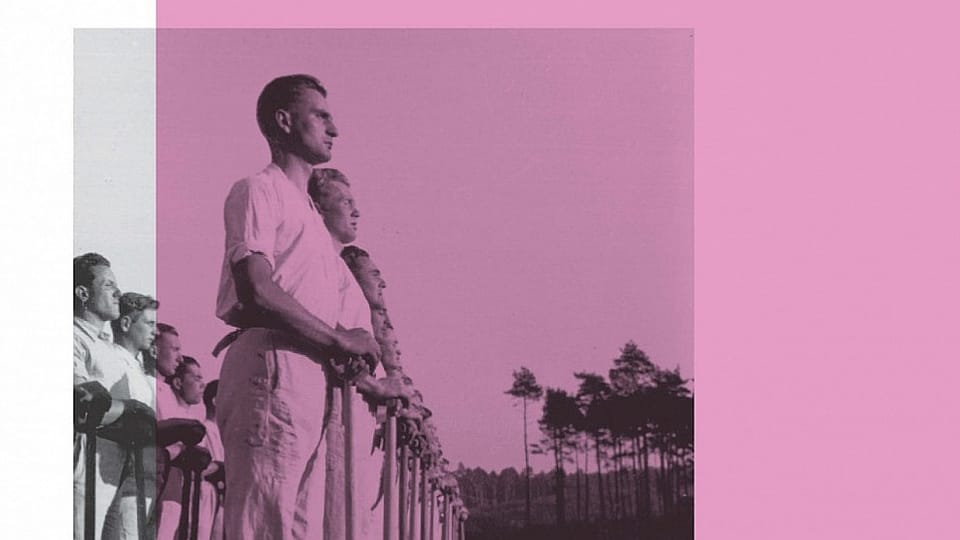

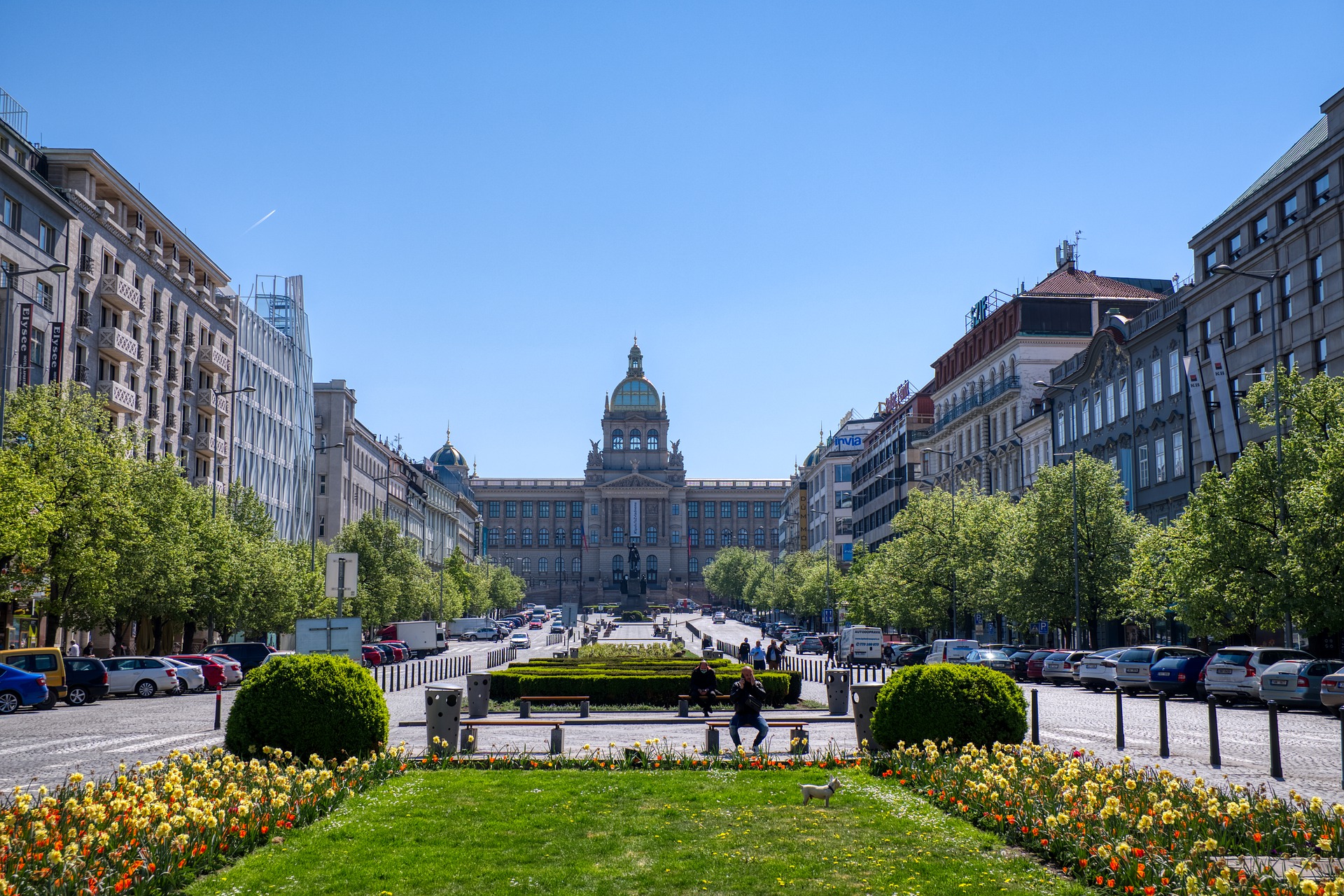
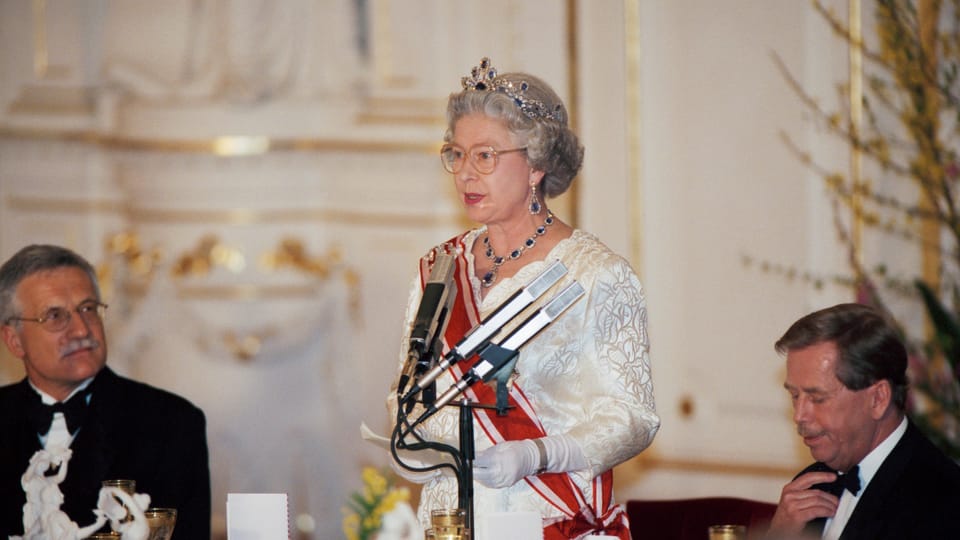
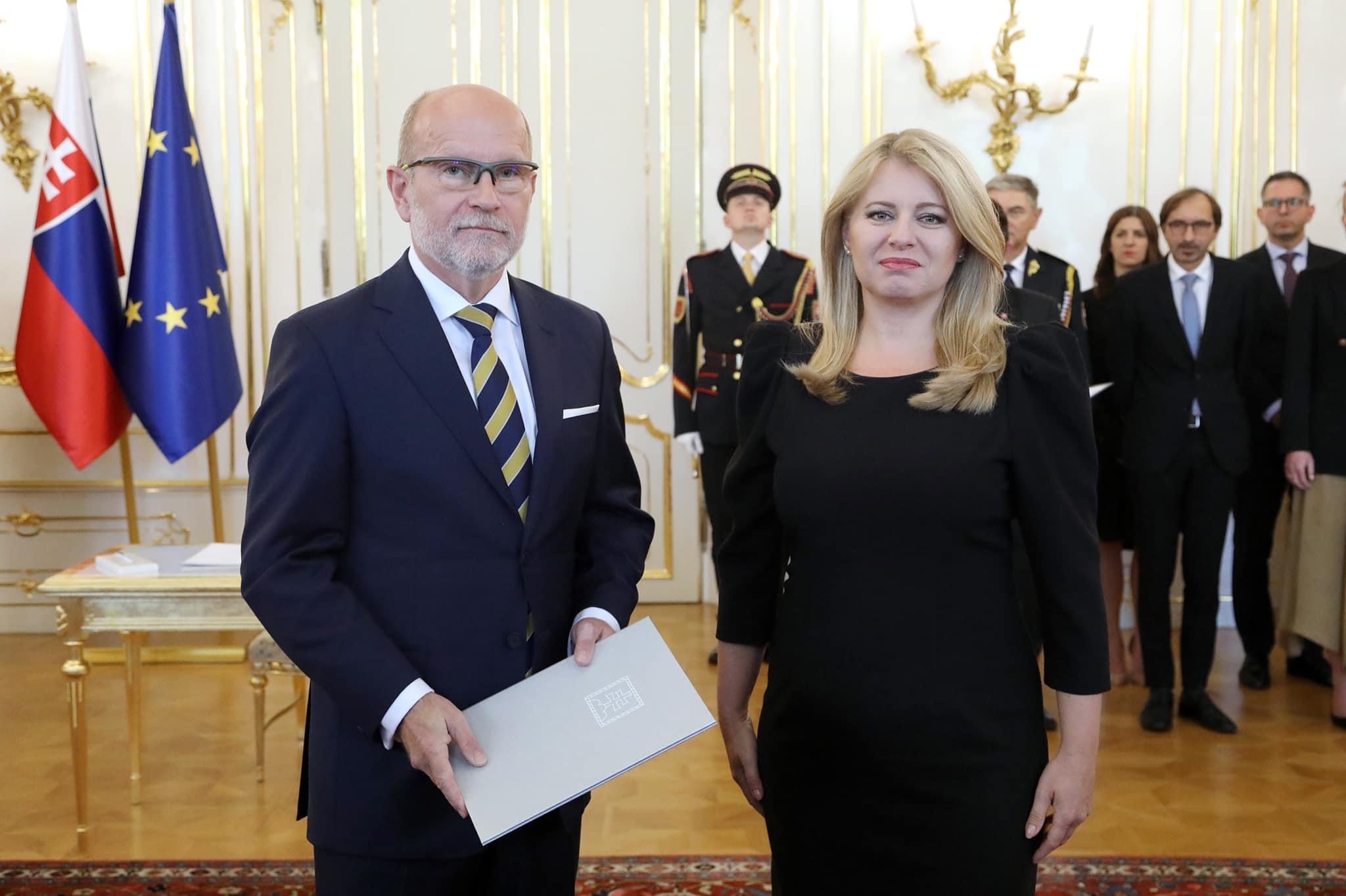
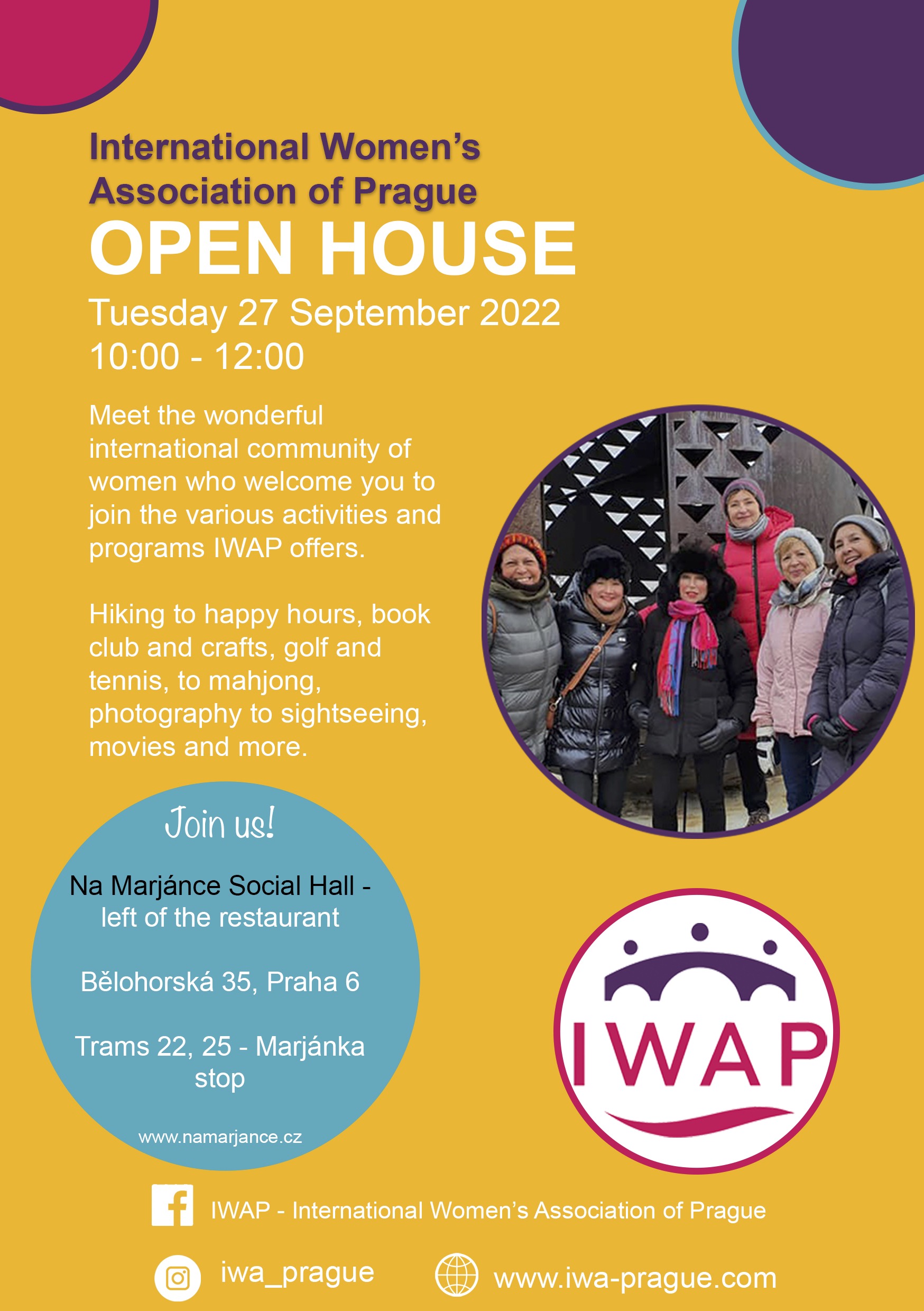

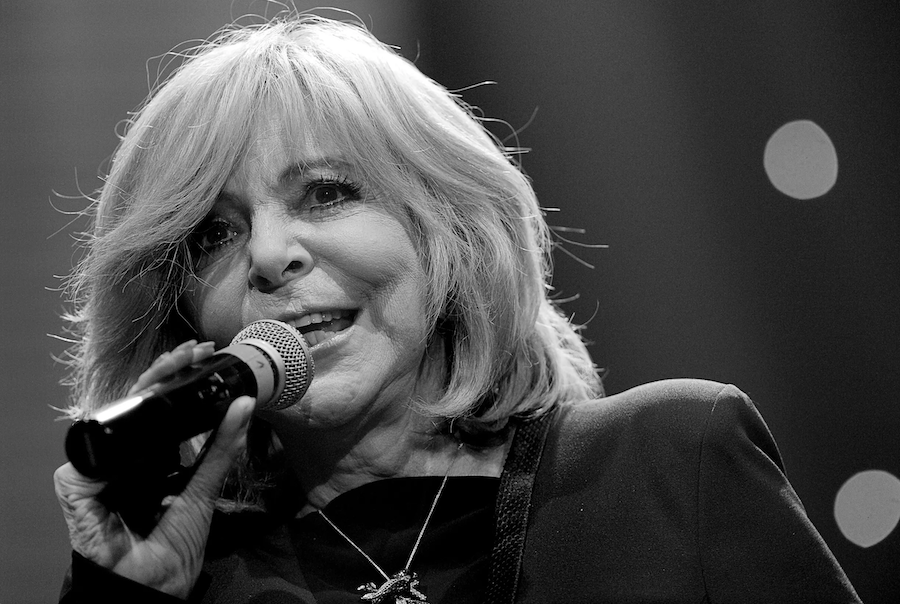
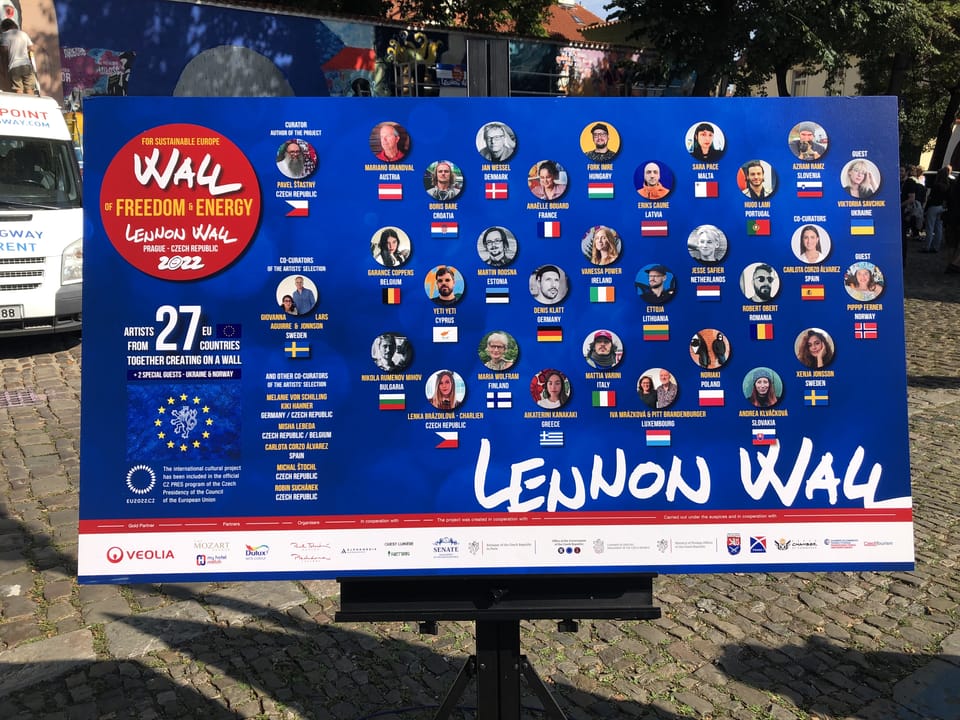

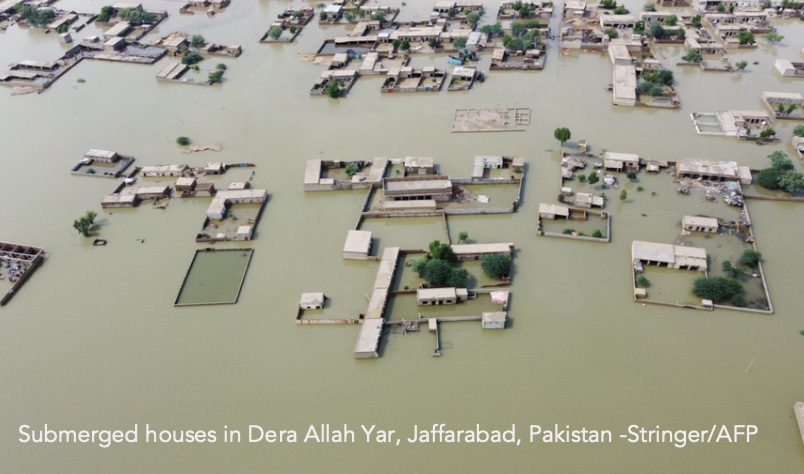
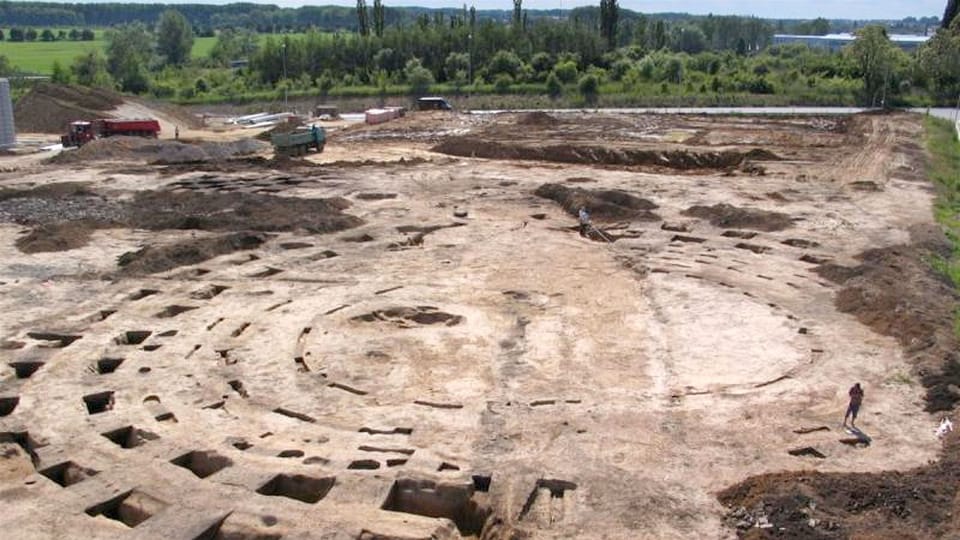
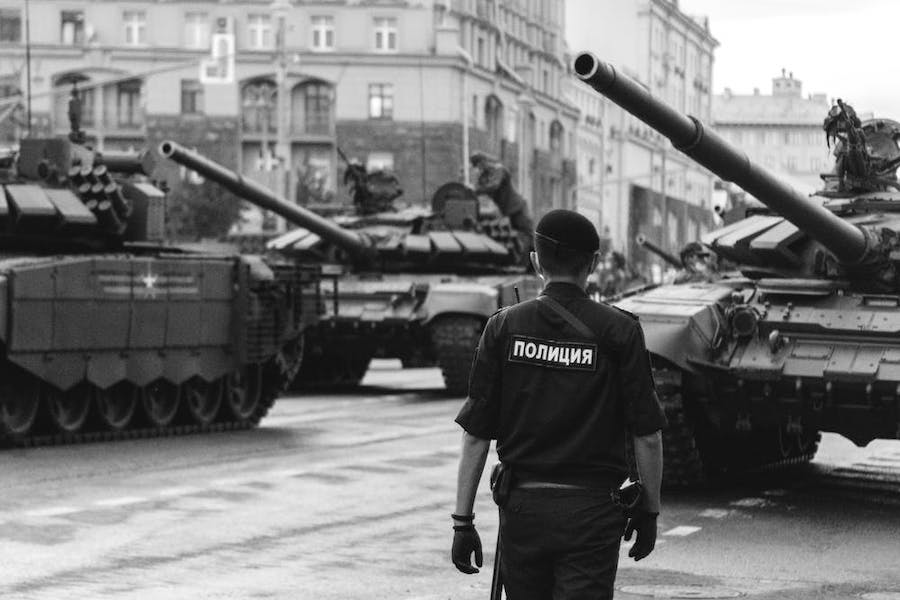
 Dr J Scott Younger, OBE, is a professional civil engineer; he spent 42 years in the Far East undertaking assignments in 10 countries for WB, ADB, UNDP. He published many papers; he was a columnist for Forbes Indonesia and Globe Asia. He served on British & European Chamber boards and was a Vice Chair of Int’l Business Chamber for 17 years. His expertise is infrastructure and sustainable development and he takes an interest in international affairs. He is an International Chancellor of the President University, Indonesia. He is a member of IFIMES Advisory Board. Lived and worked in Thailand from 1978 to 1983 and visited Burma, Bangladesh and Nepal for projects.
Dr J Scott Younger, OBE, is a professional civil engineer; he spent 42 years in the Far East undertaking assignments in 10 countries for WB, ADB, UNDP. He published many papers; he was a columnist for Forbes Indonesia and Globe Asia. He served on British & European Chamber boards and was a Vice Chair of Int’l Business Chamber for 17 years. His expertise is infrastructure and sustainable development and he takes an interest in international affairs. He is an International Chancellor of the President University, Indonesia. He is a member of IFIMES Advisory Board. Lived and worked in Thailand from 1978 to 1983 and visited Burma, Bangladesh and Nepal for projects.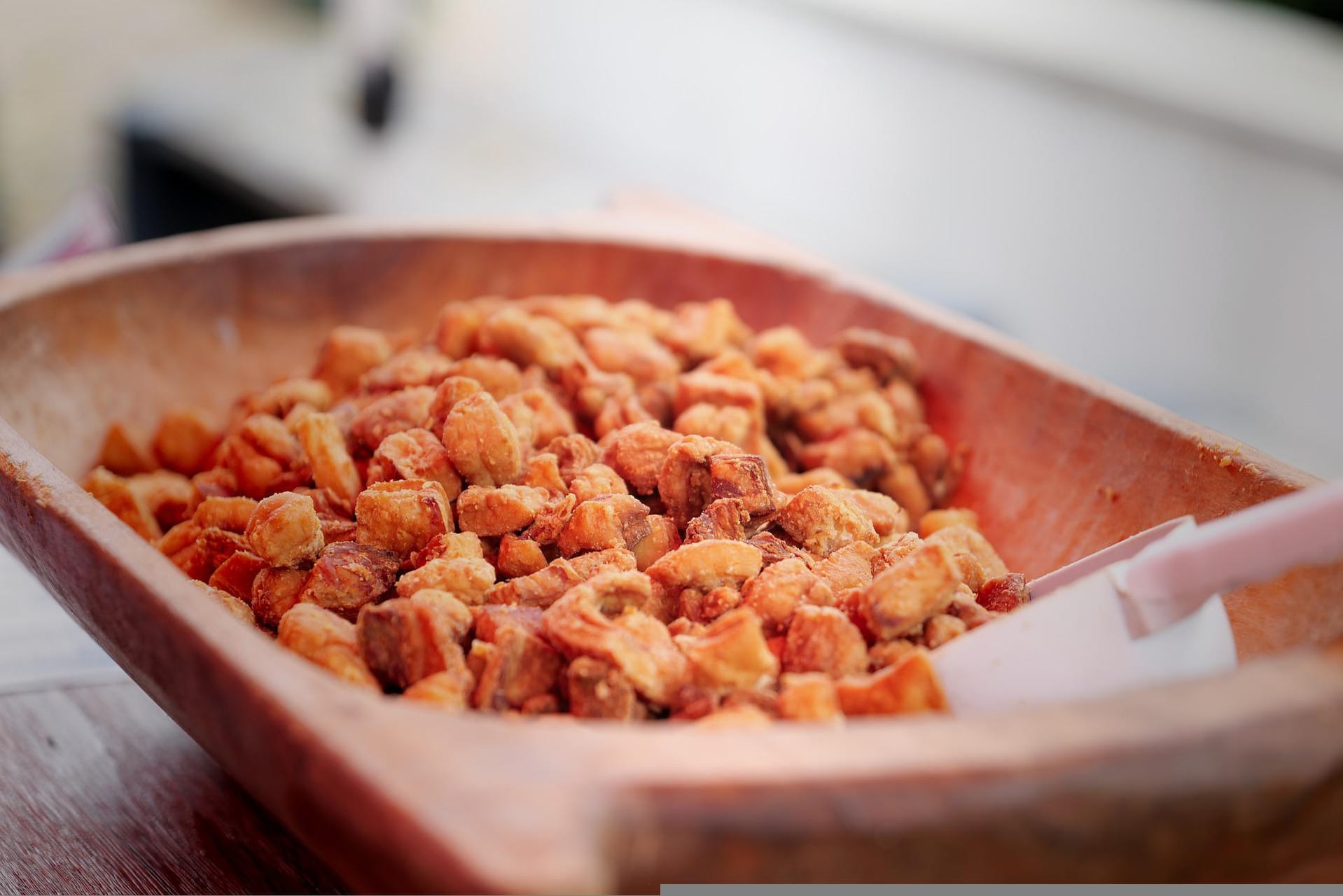

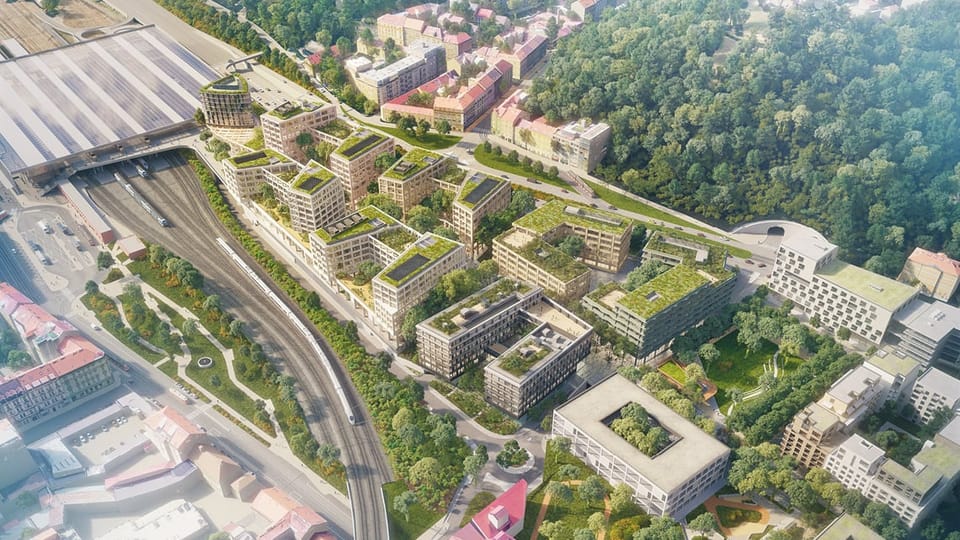

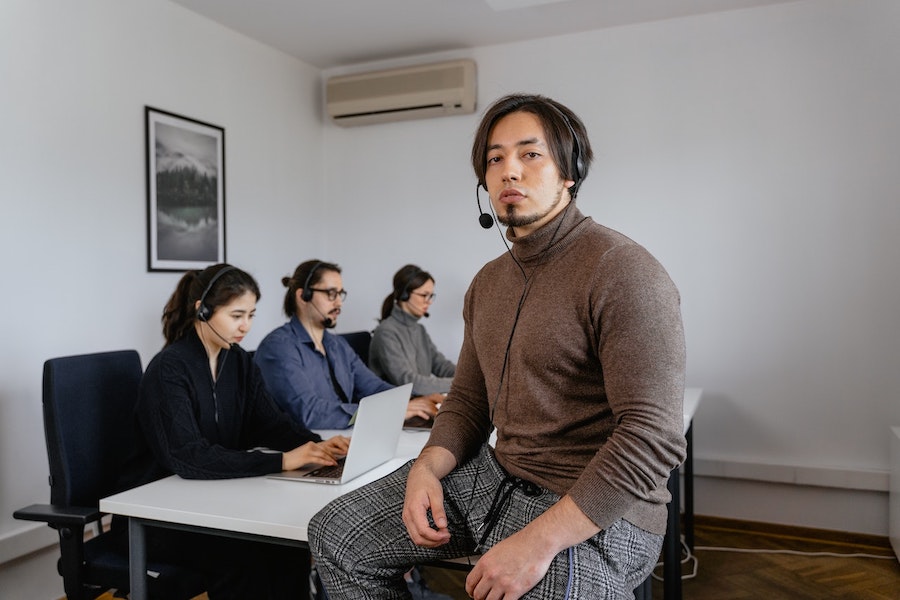


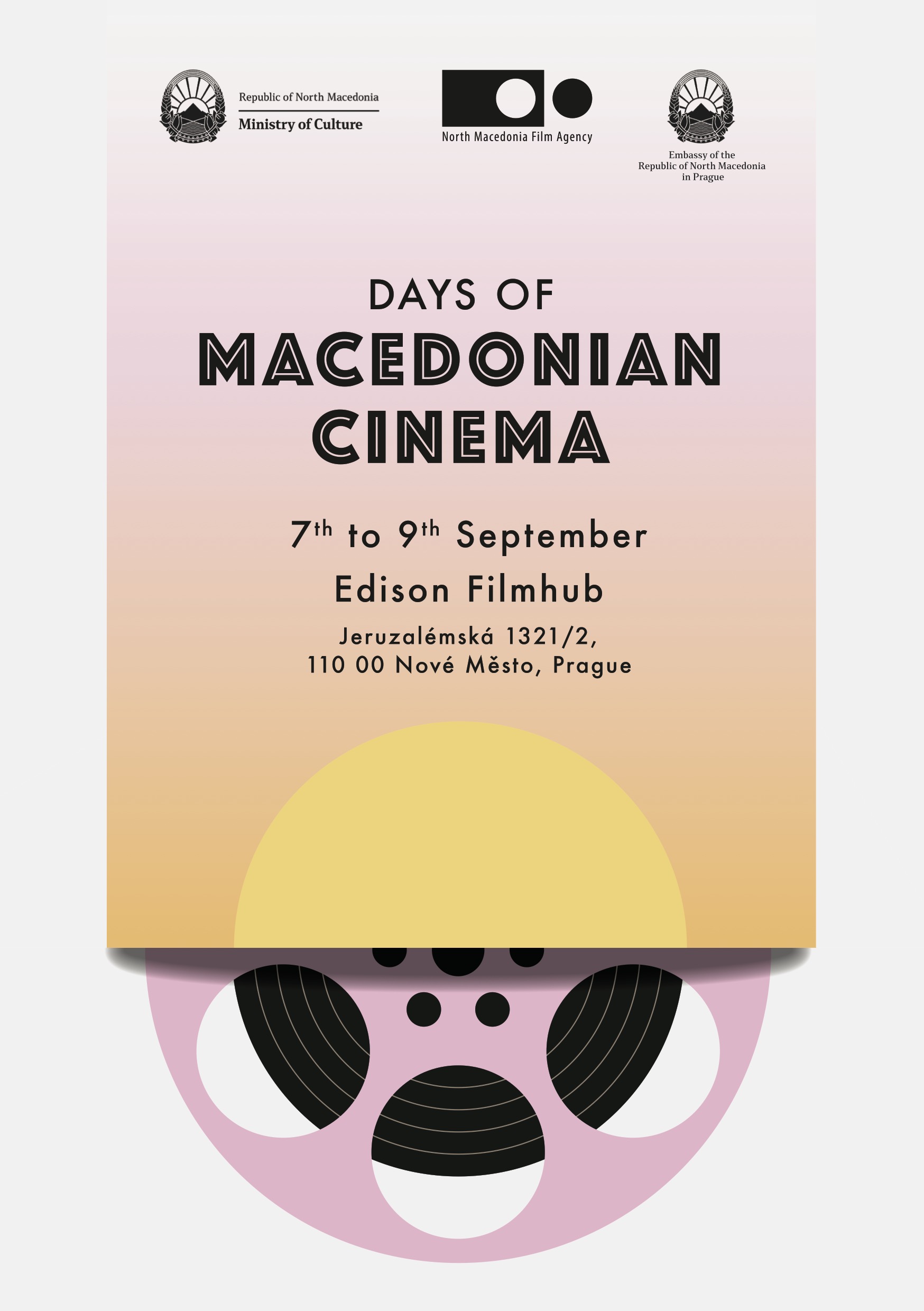
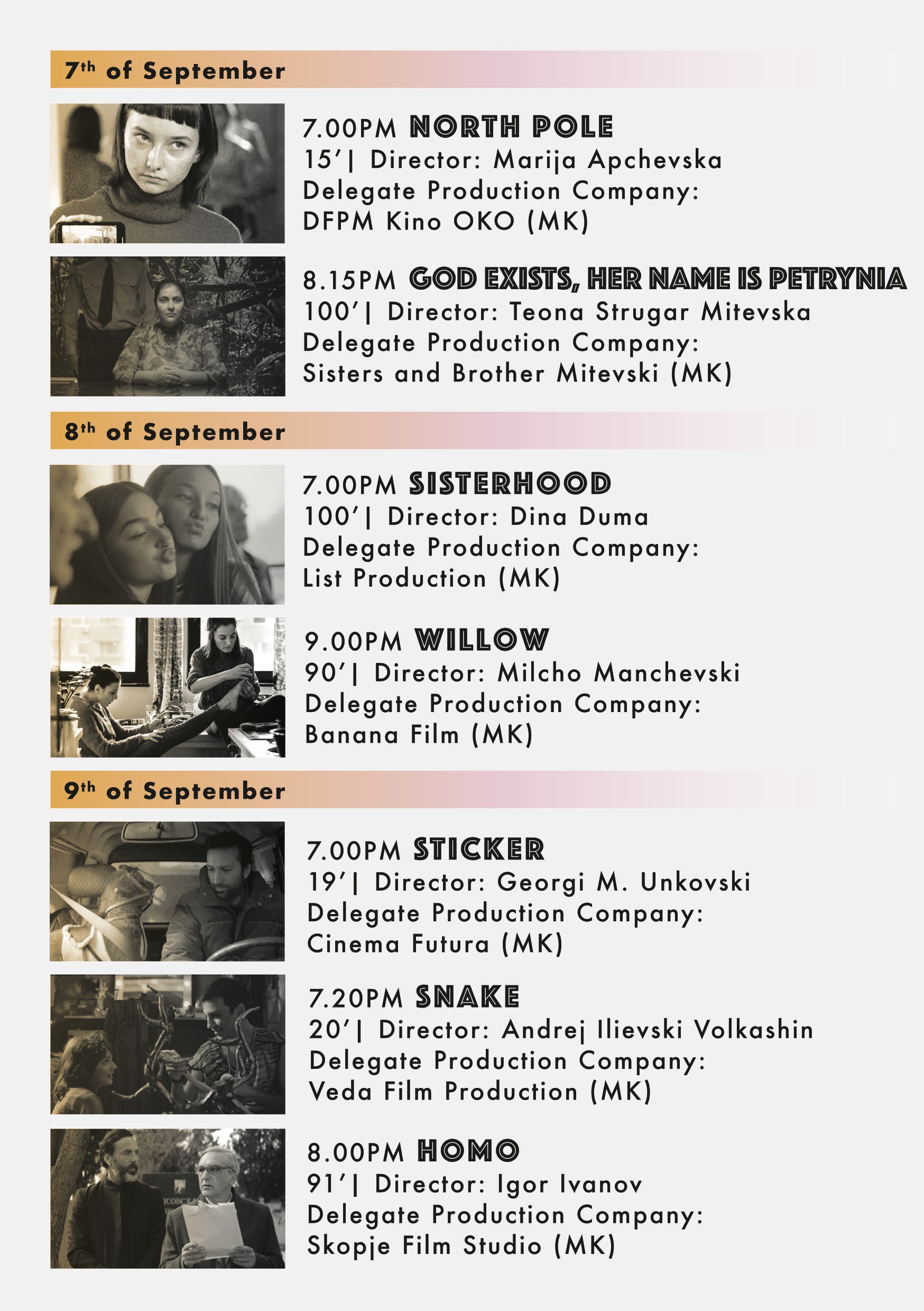

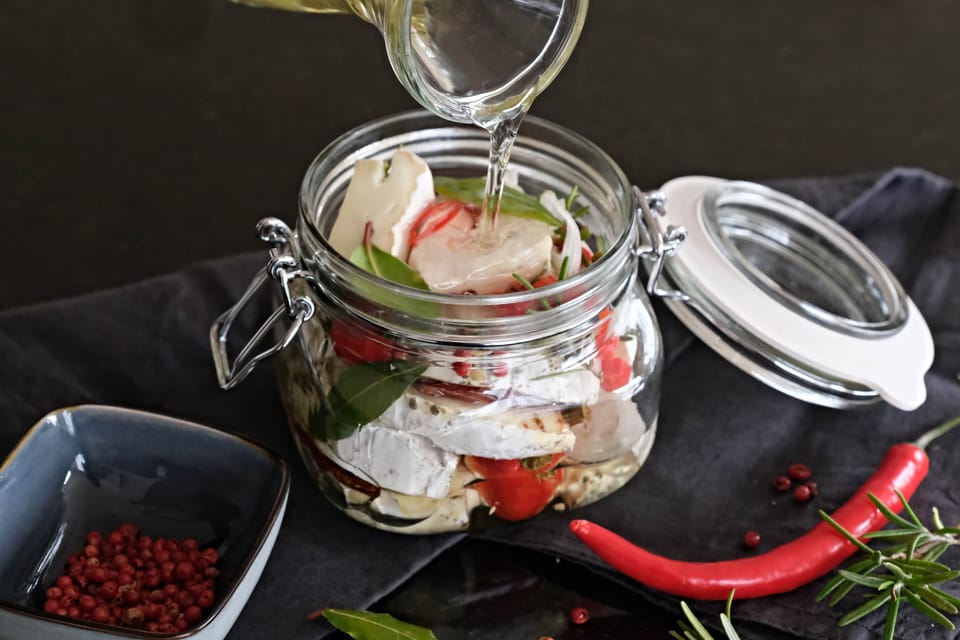

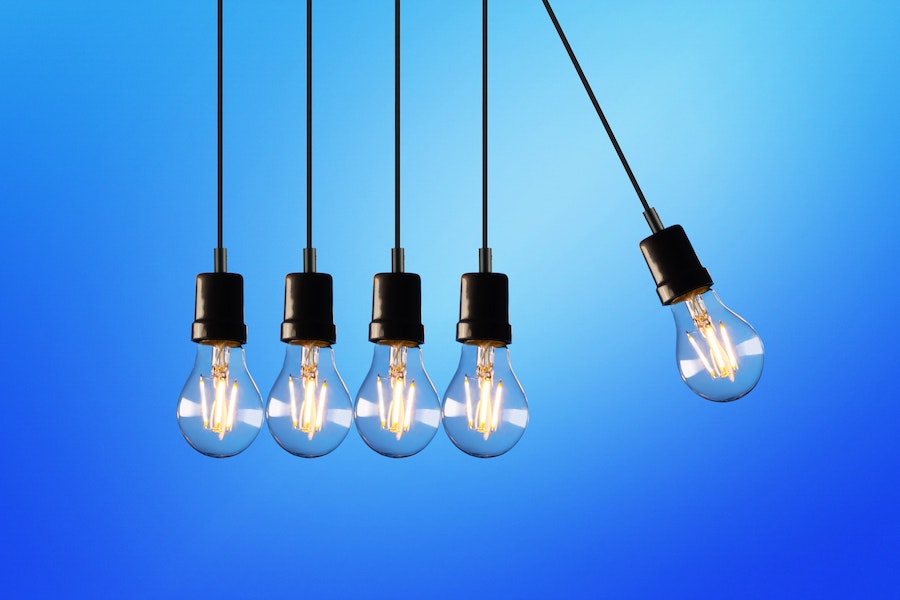
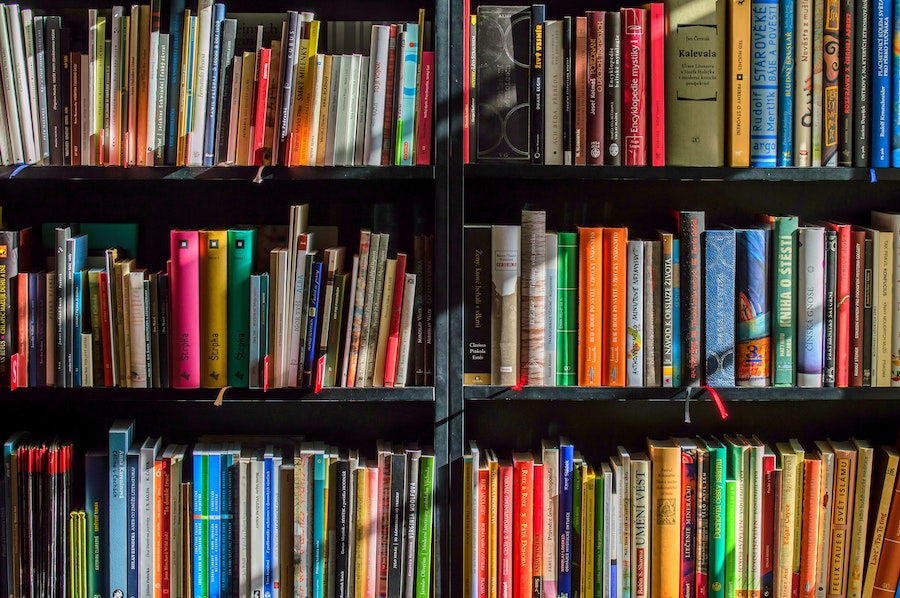
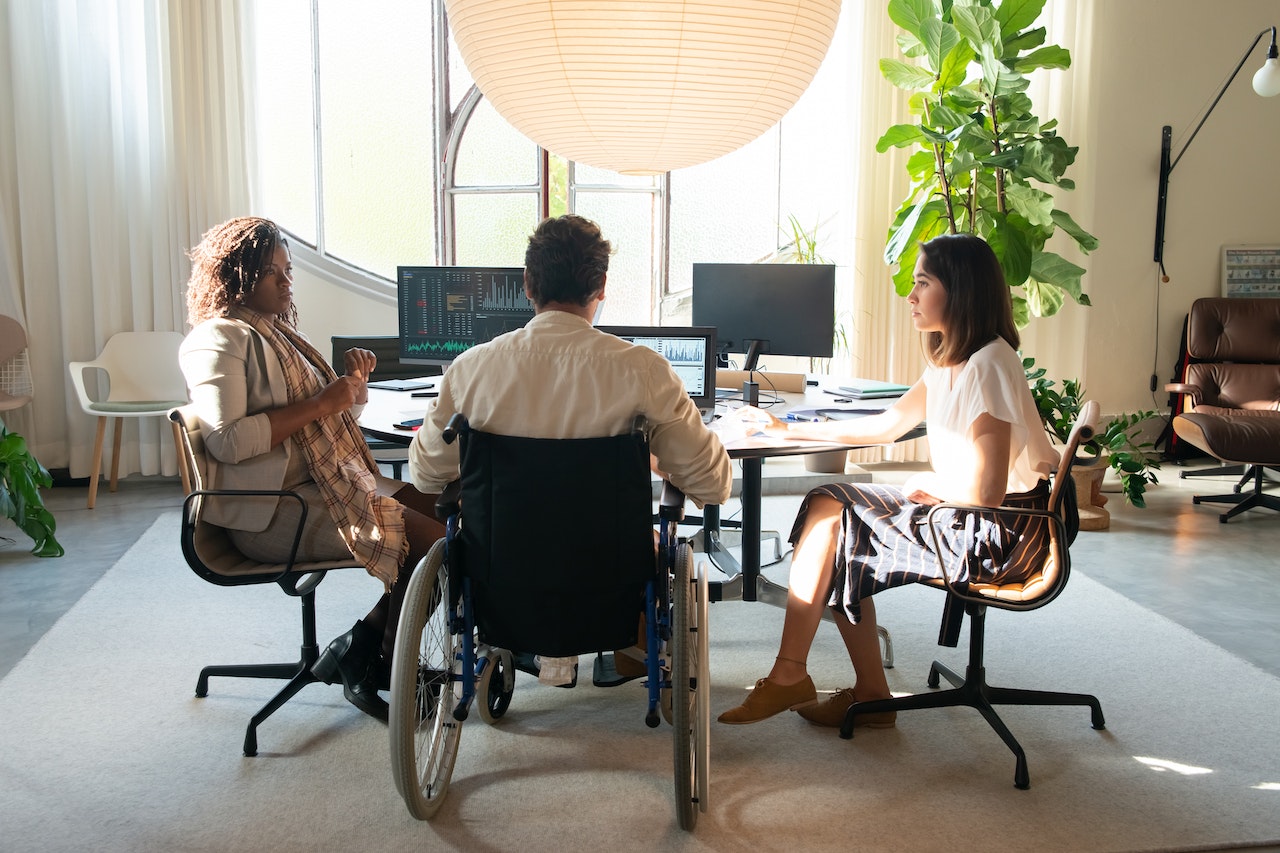

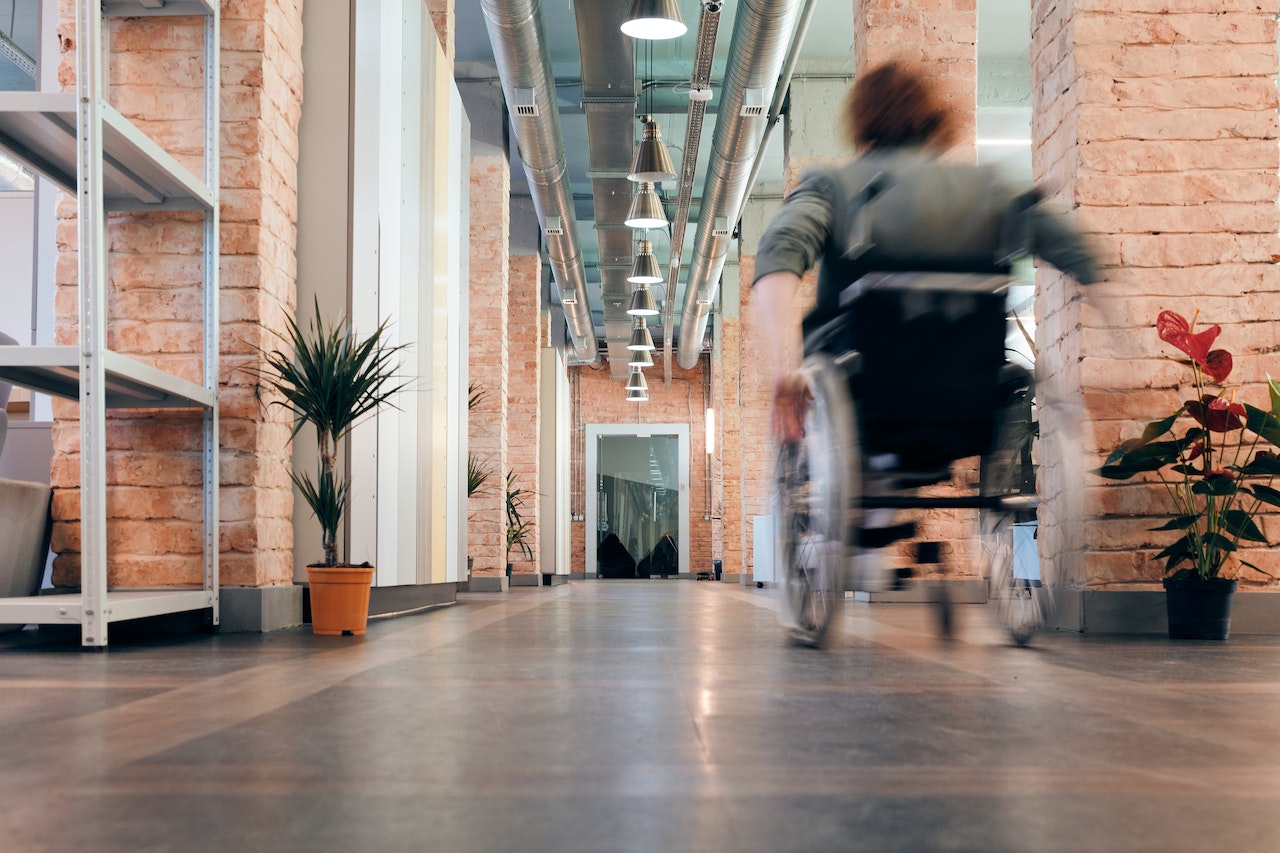
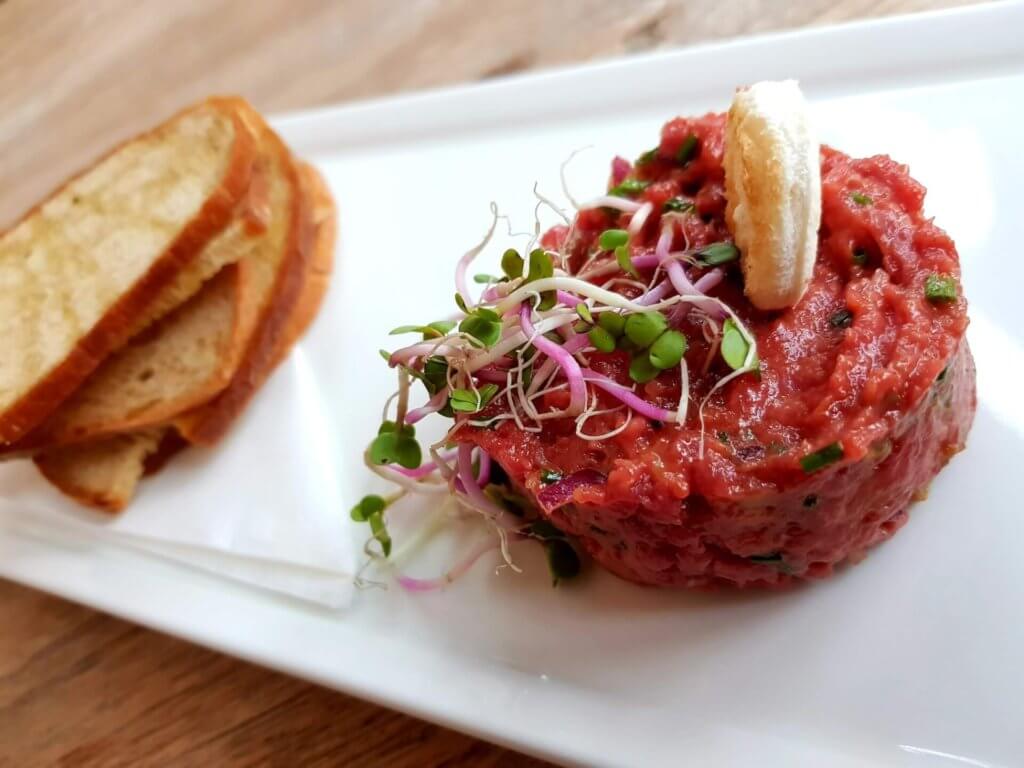
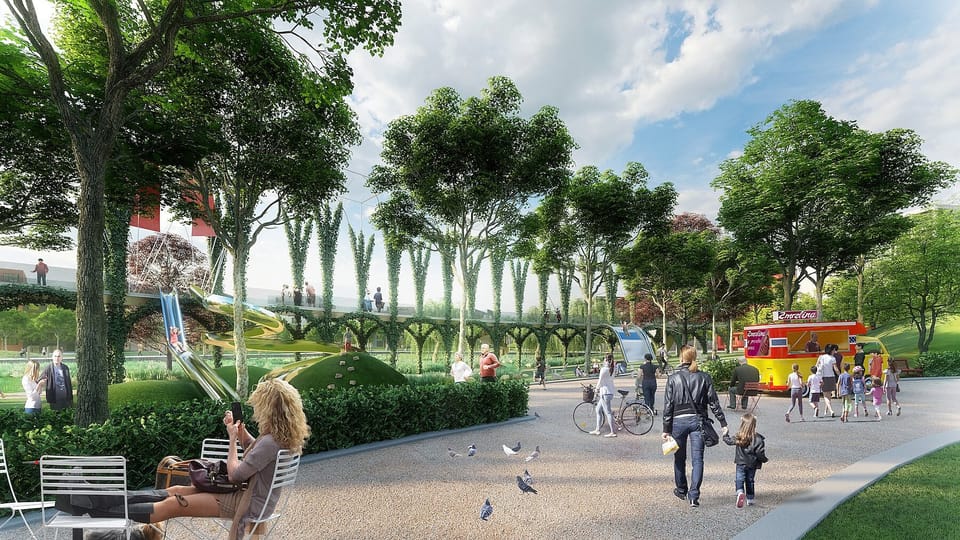
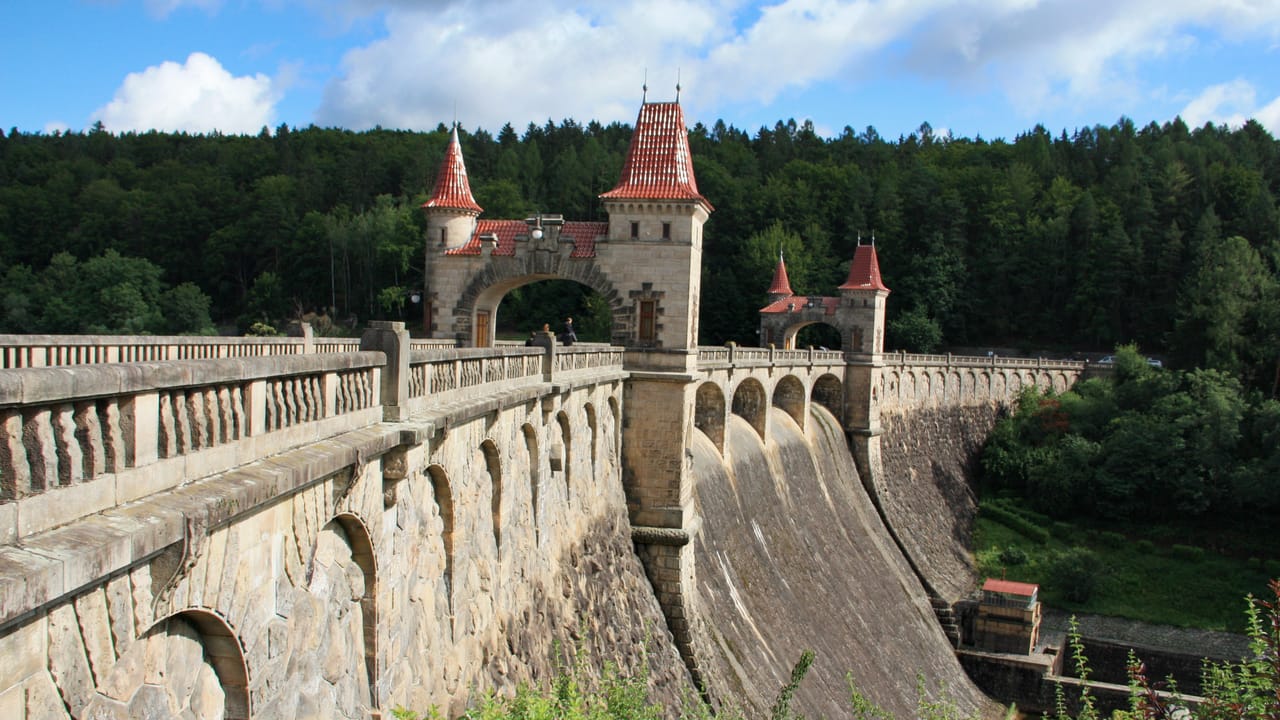
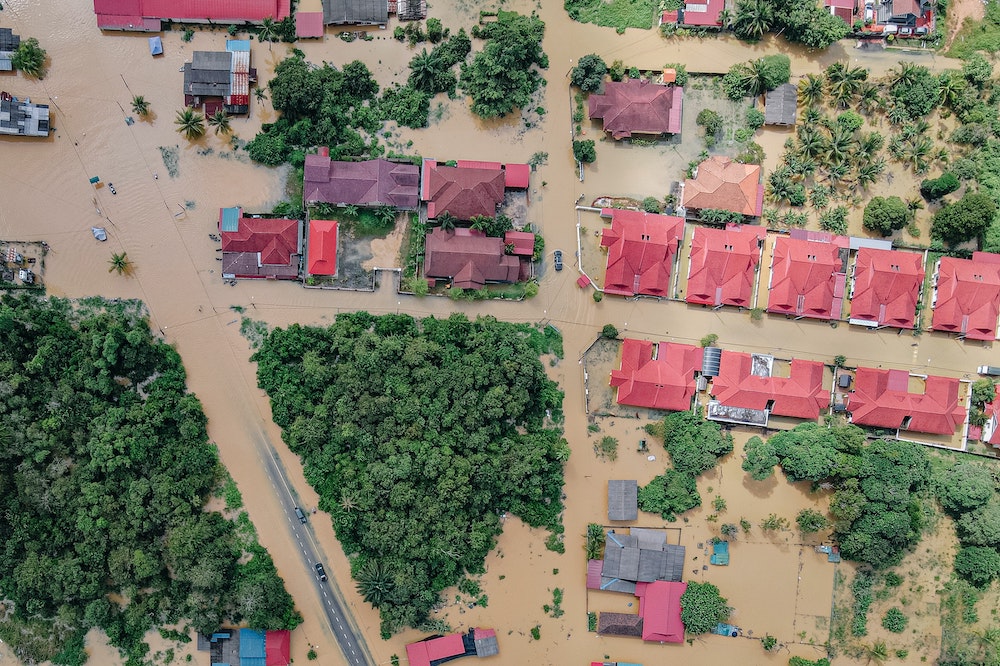
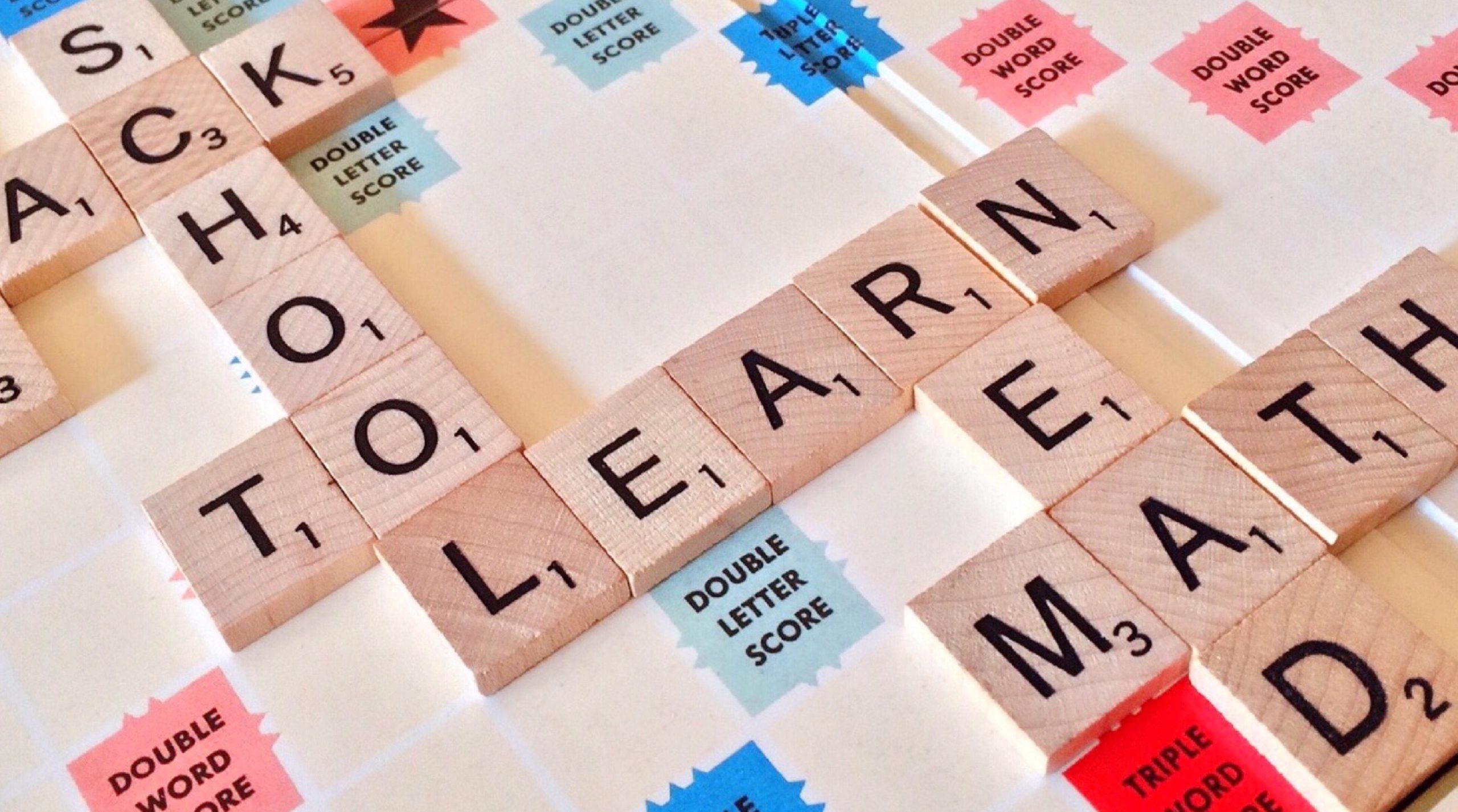
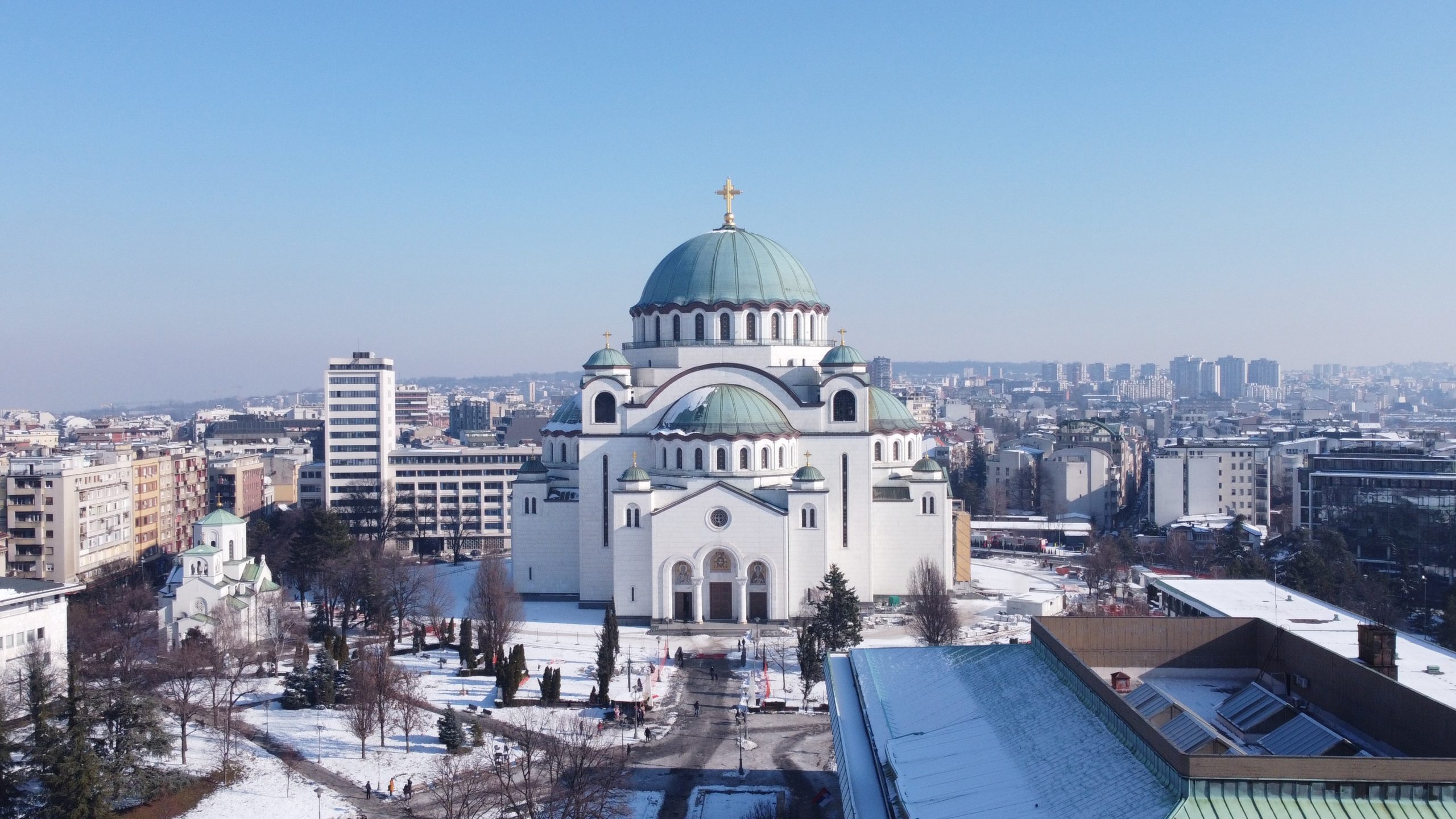
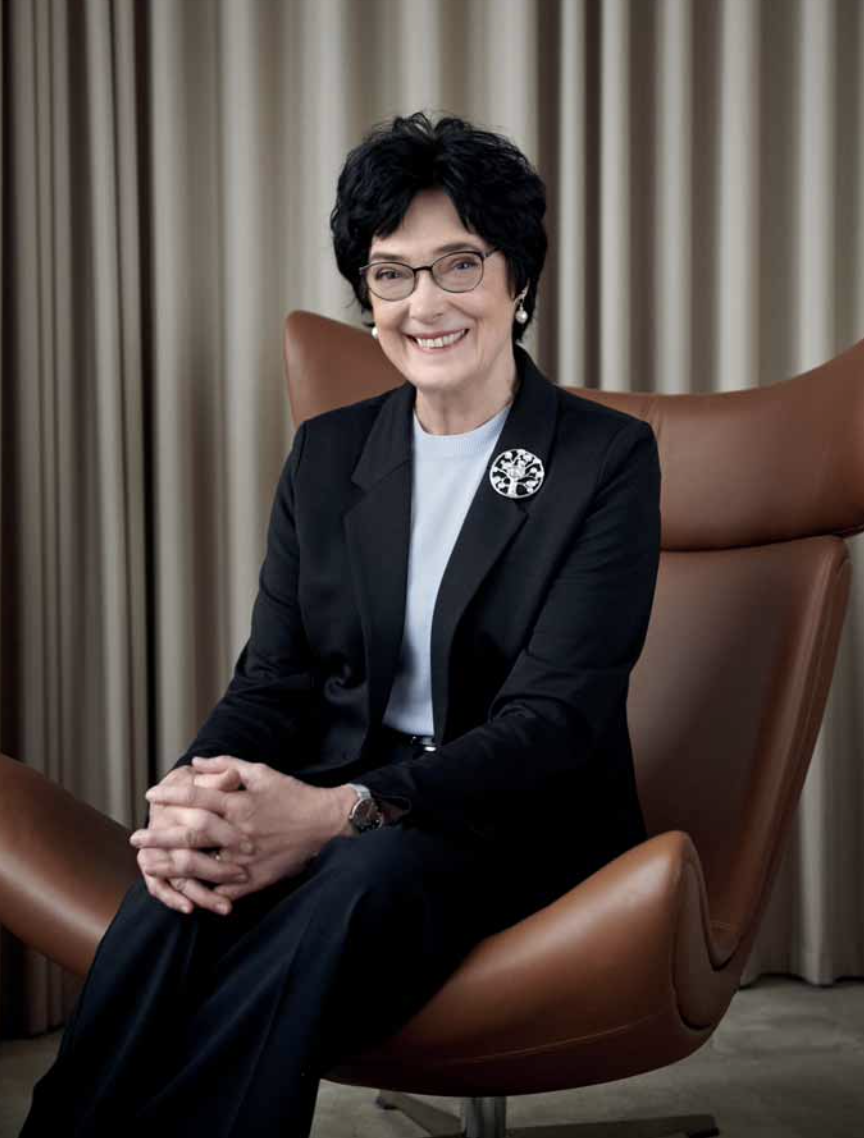

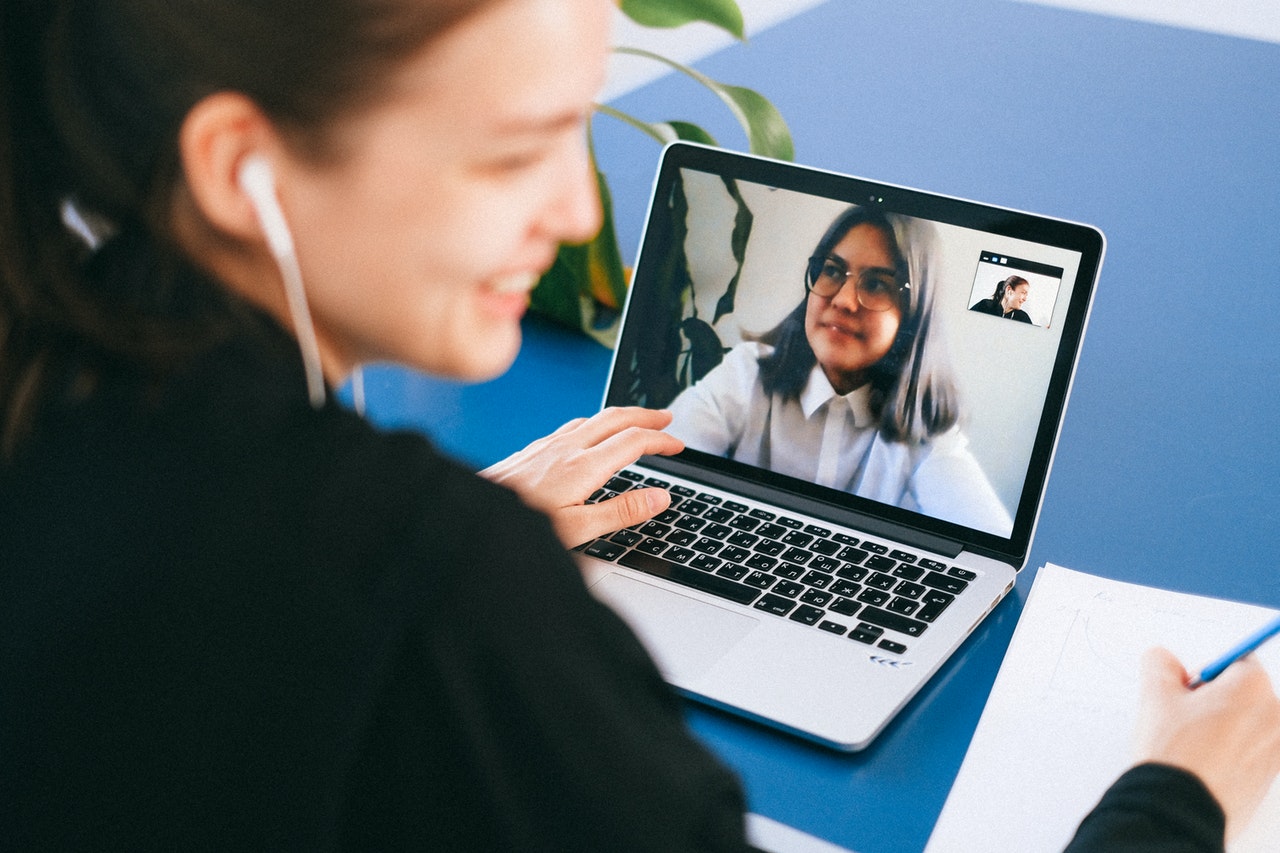

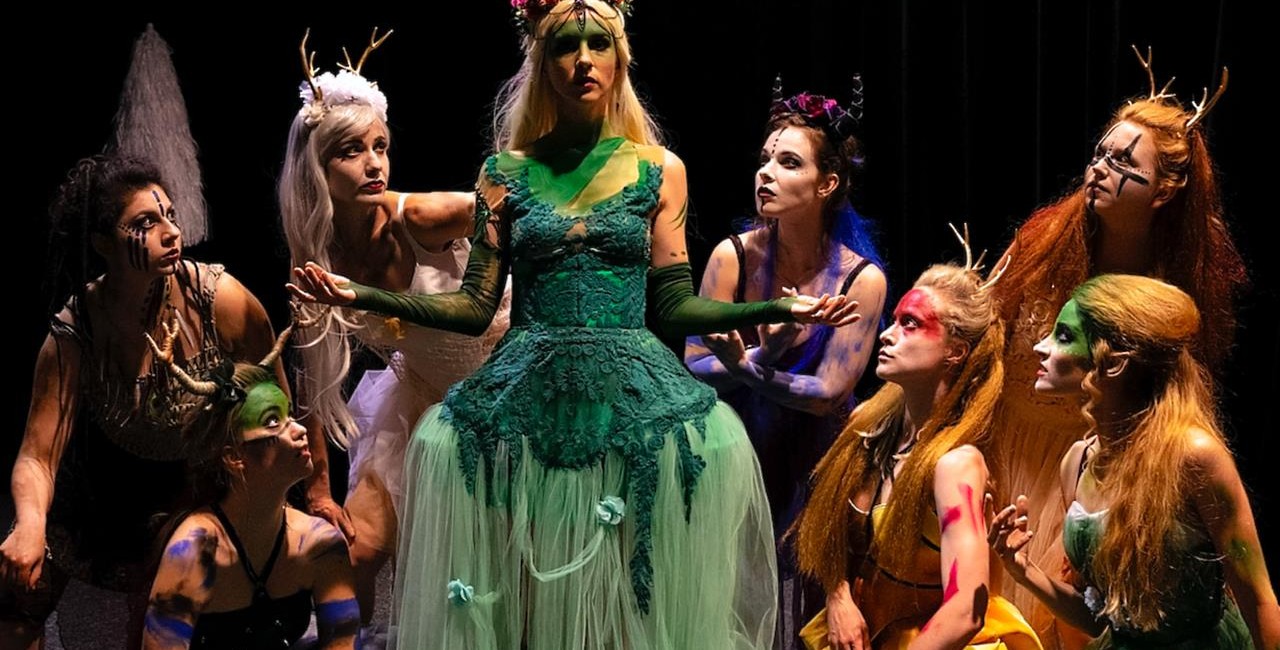
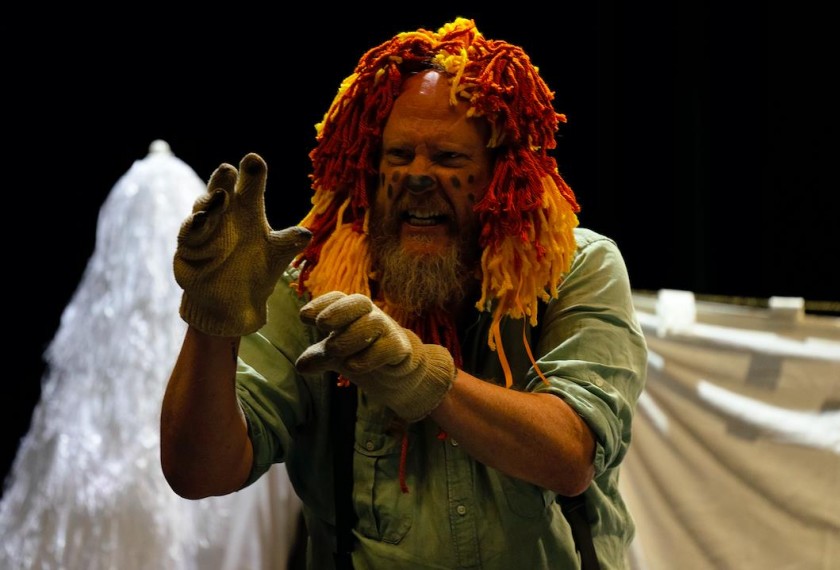 Directed by Hammed Animashaun (Loial on Amazon’s Wheel of Time and many productions with the UK Royal National Theatre) and PSC Artistic Director Guy Roberts (Uno Nomesta on Amazon’s Wheel of Time), this fresh take on Shakespeare’s timeless classic is the perfect escape for audiences of all ages to come together and celebrate the wonder of Shakespeare and the magic of falling in love after our time of isolation because of coronavirus.
Directed by Hammed Animashaun (Loial on Amazon’s Wheel of Time and many productions with the UK Royal National Theatre) and PSC Artistic Director Guy Roberts (Uno Nomesta on Amazon’s Wheel of Time), this fresh take on Shakespeare’s timeless classic is the perfect escape for audiences of all ages to come together and celebrate the wonder of Shakespeare and the magic of falling in love after our time of isolation because of coronavirus.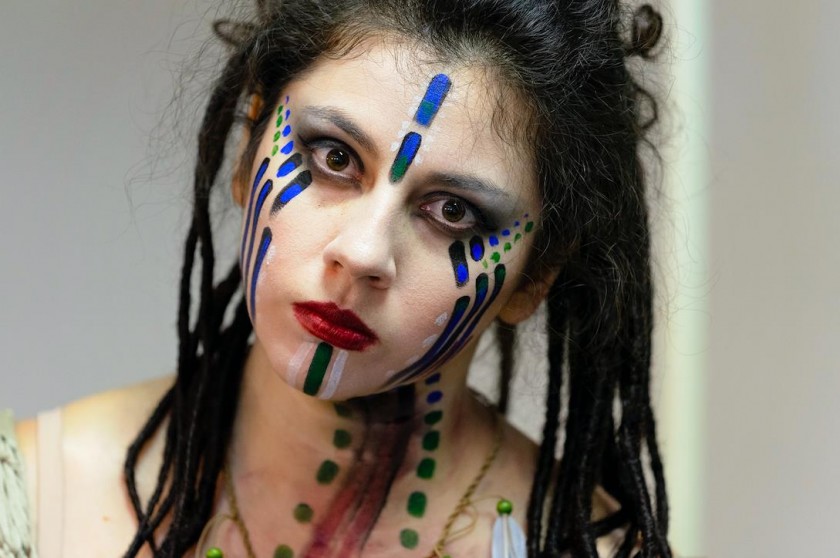

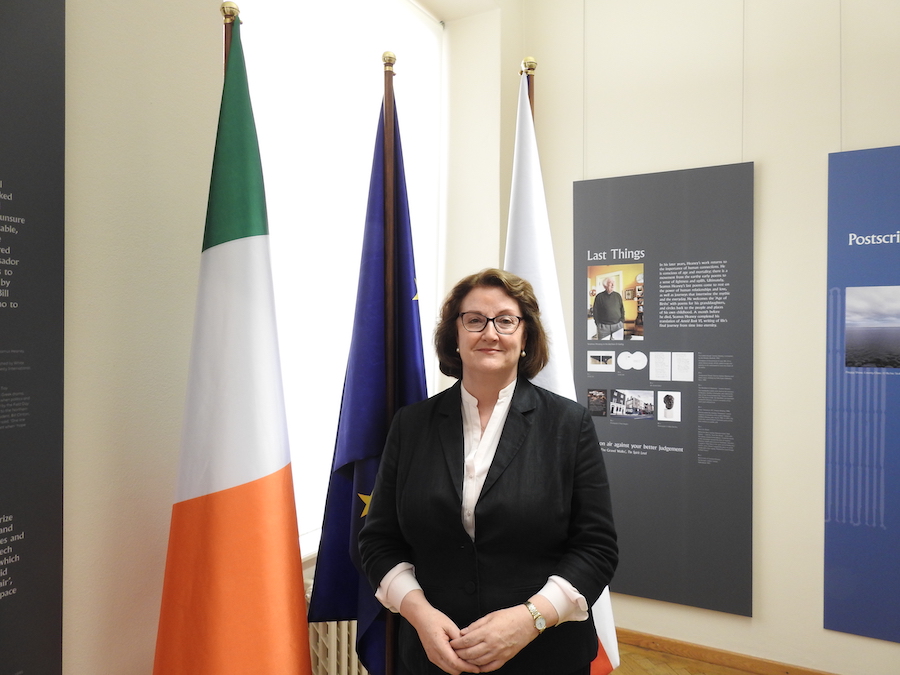

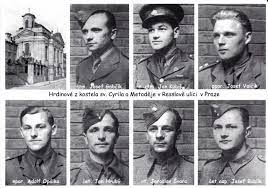

 Dr. Mohamad Zreik has PhD of International Relations, he is independent researcher, his area of research interest is related to Chinese Foreign Policy, Belt and Road Initiative, Middle Eastern Studies, China-Arab relations. Author has numerous studies published in high ranked journals and international newspapers.
Dr. Mohamad Zreik has PhD of International Relations, he is independent researcher, his area of research interest is related to Chinese Foreign Policy, Belt and Road Initiative, Middle Eastern Studies, China-Arab relations. Author has numerous studies published in high ranked journals and international newspapers.